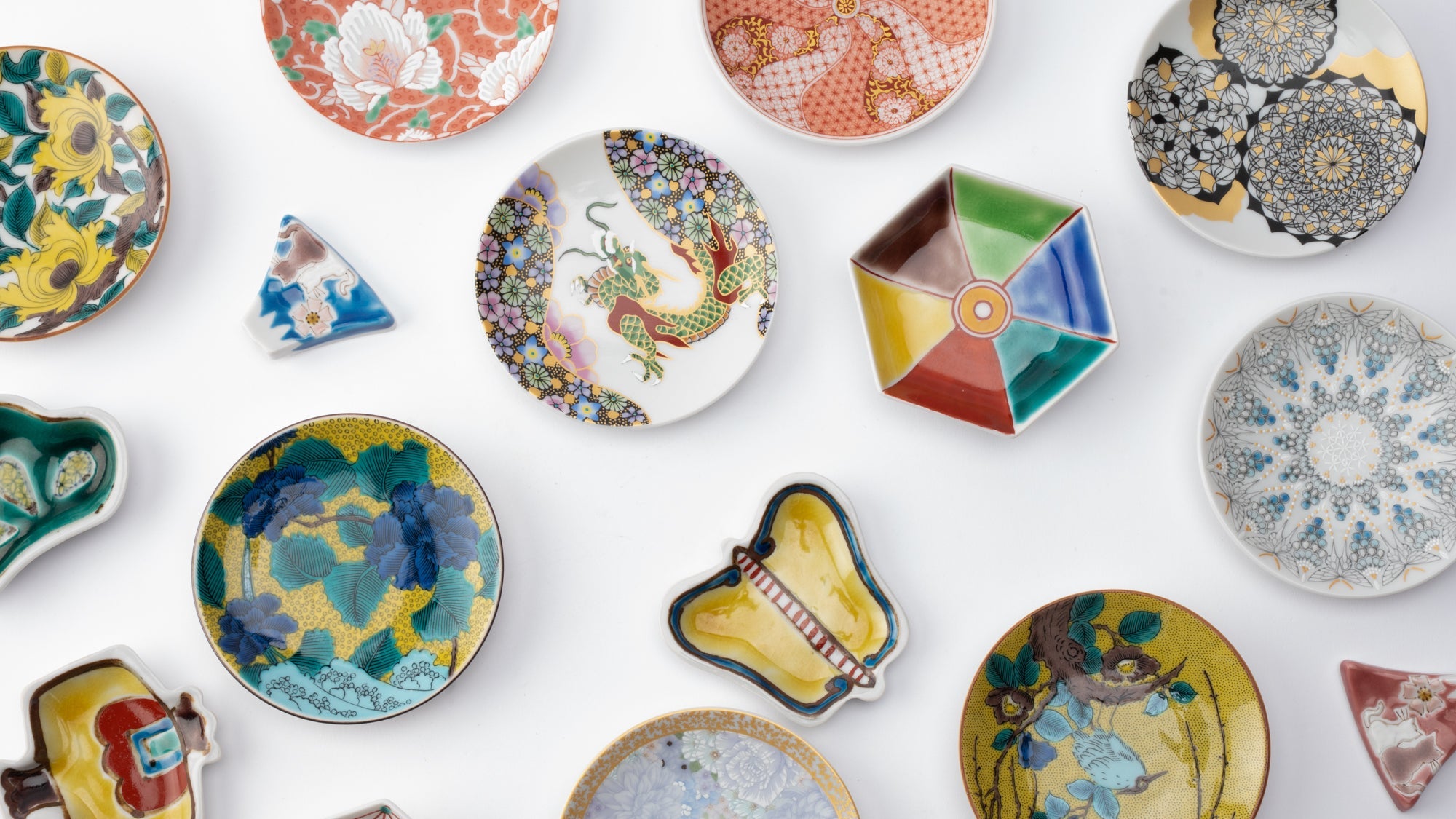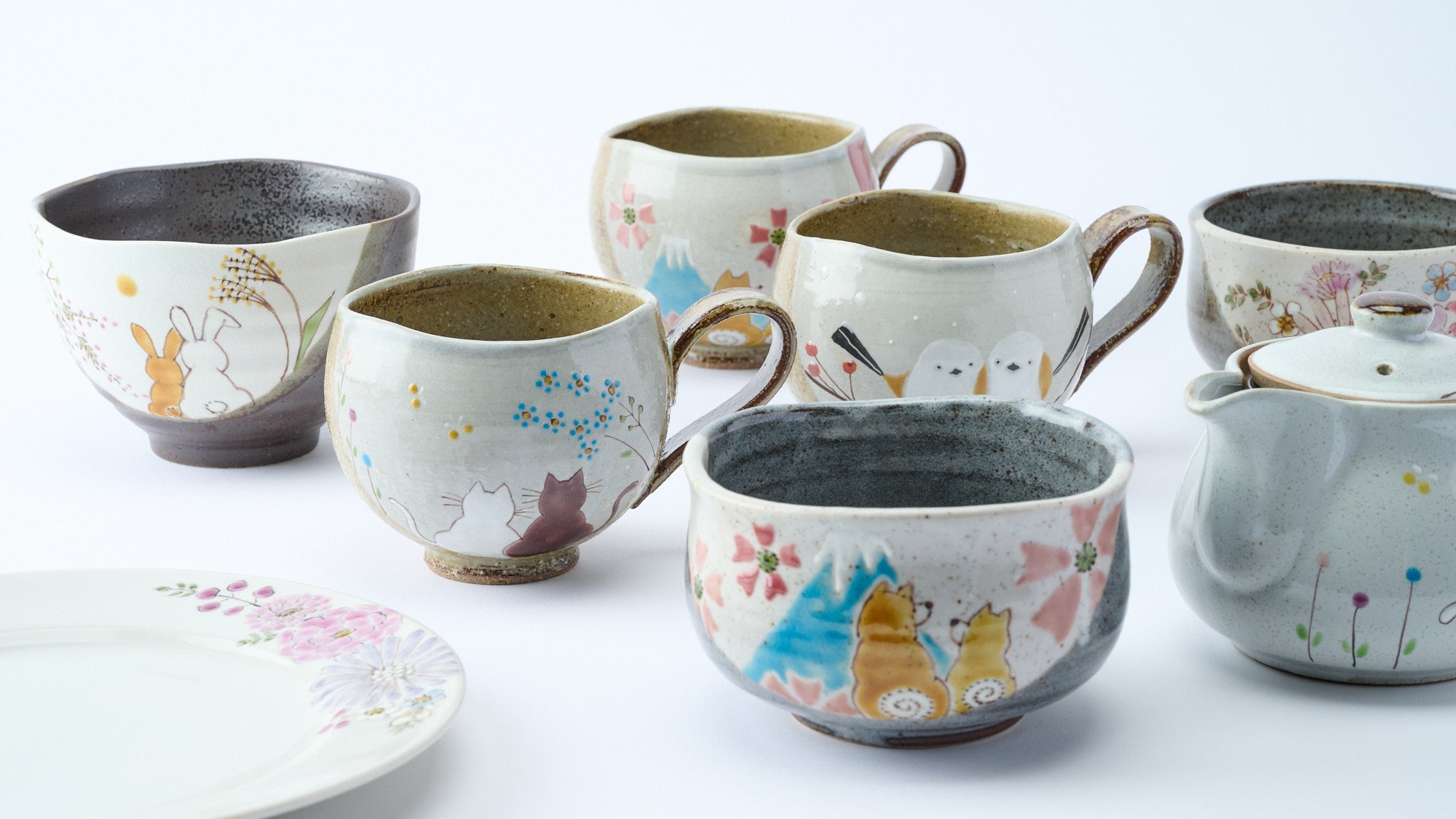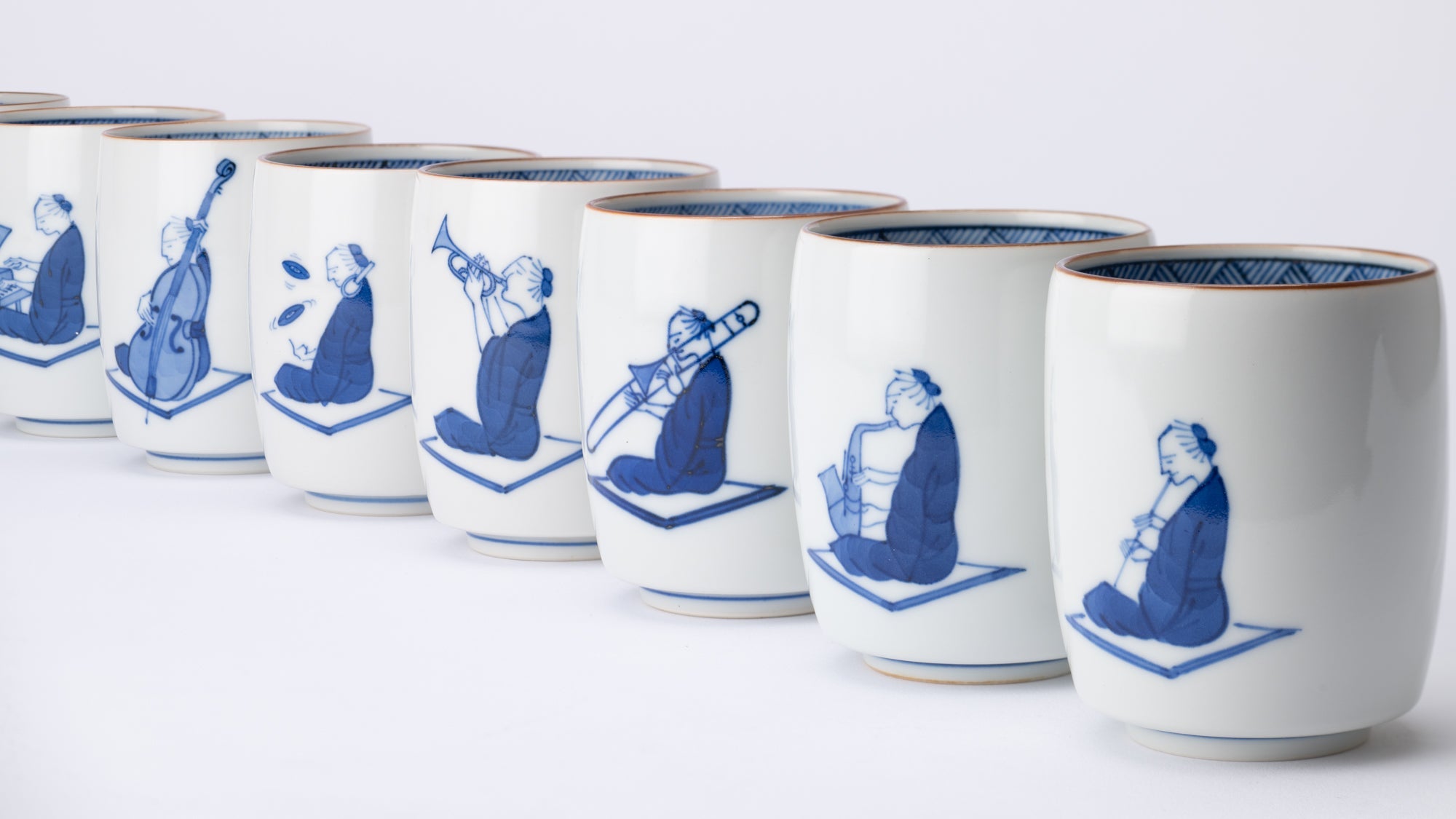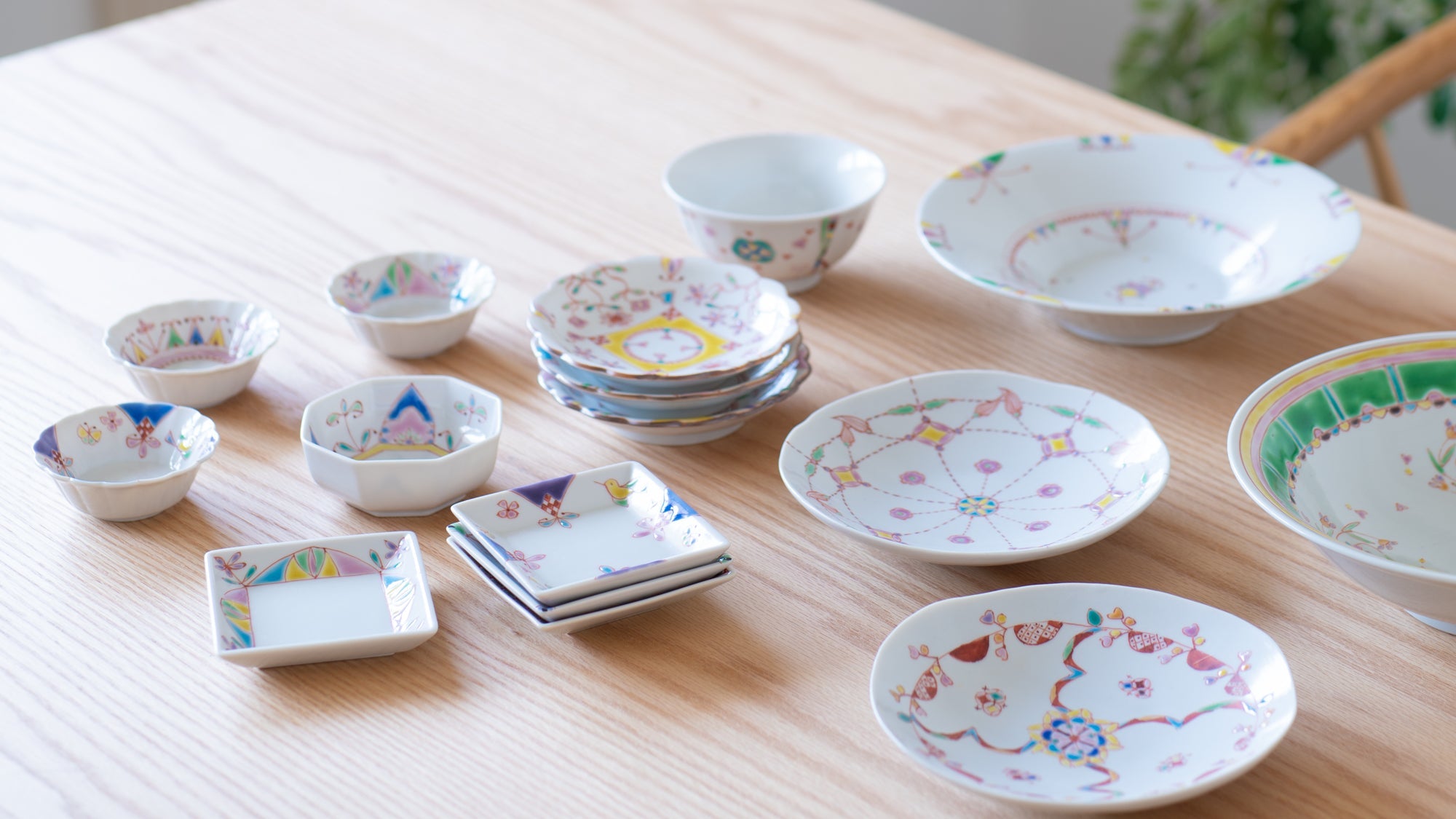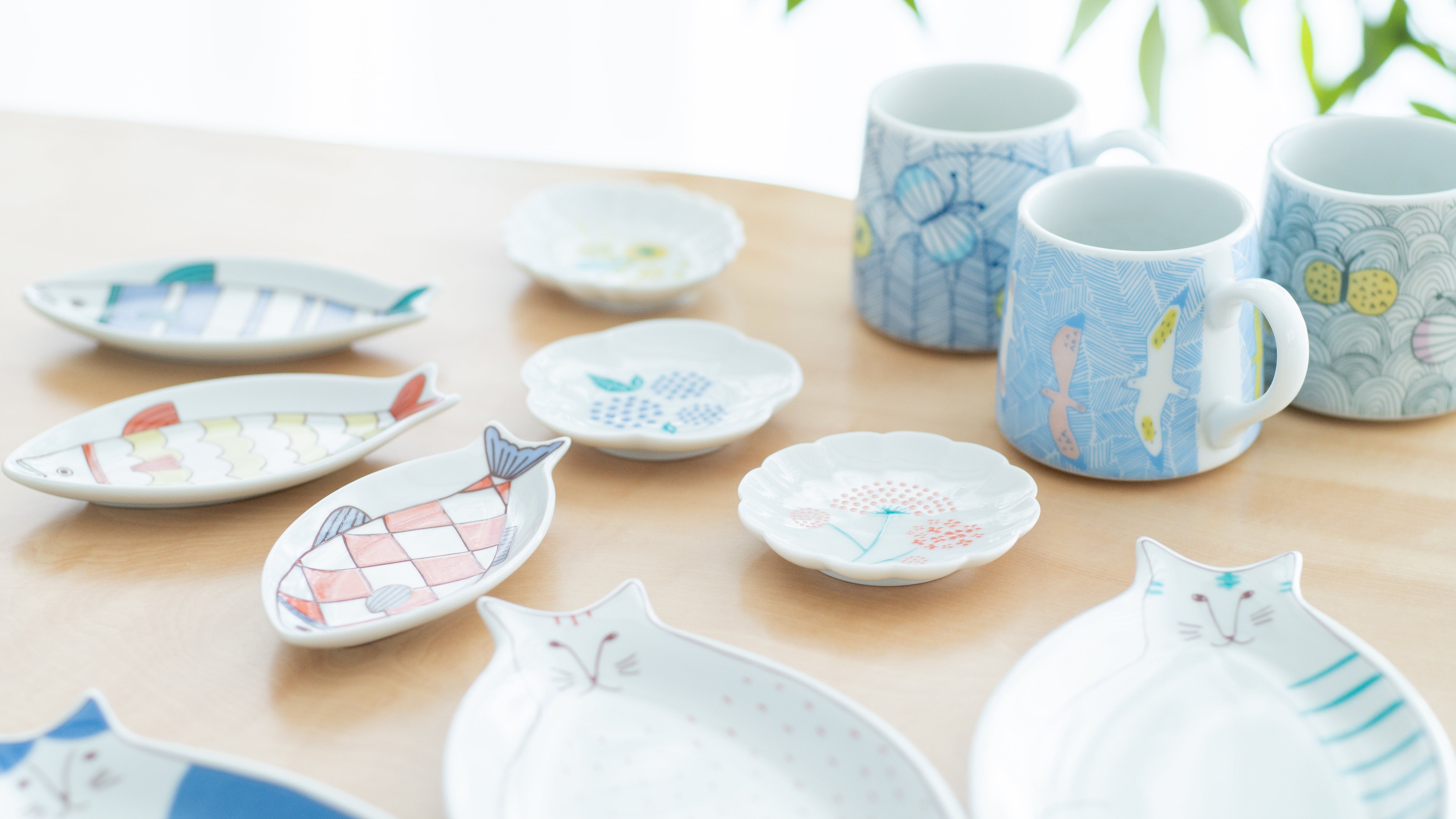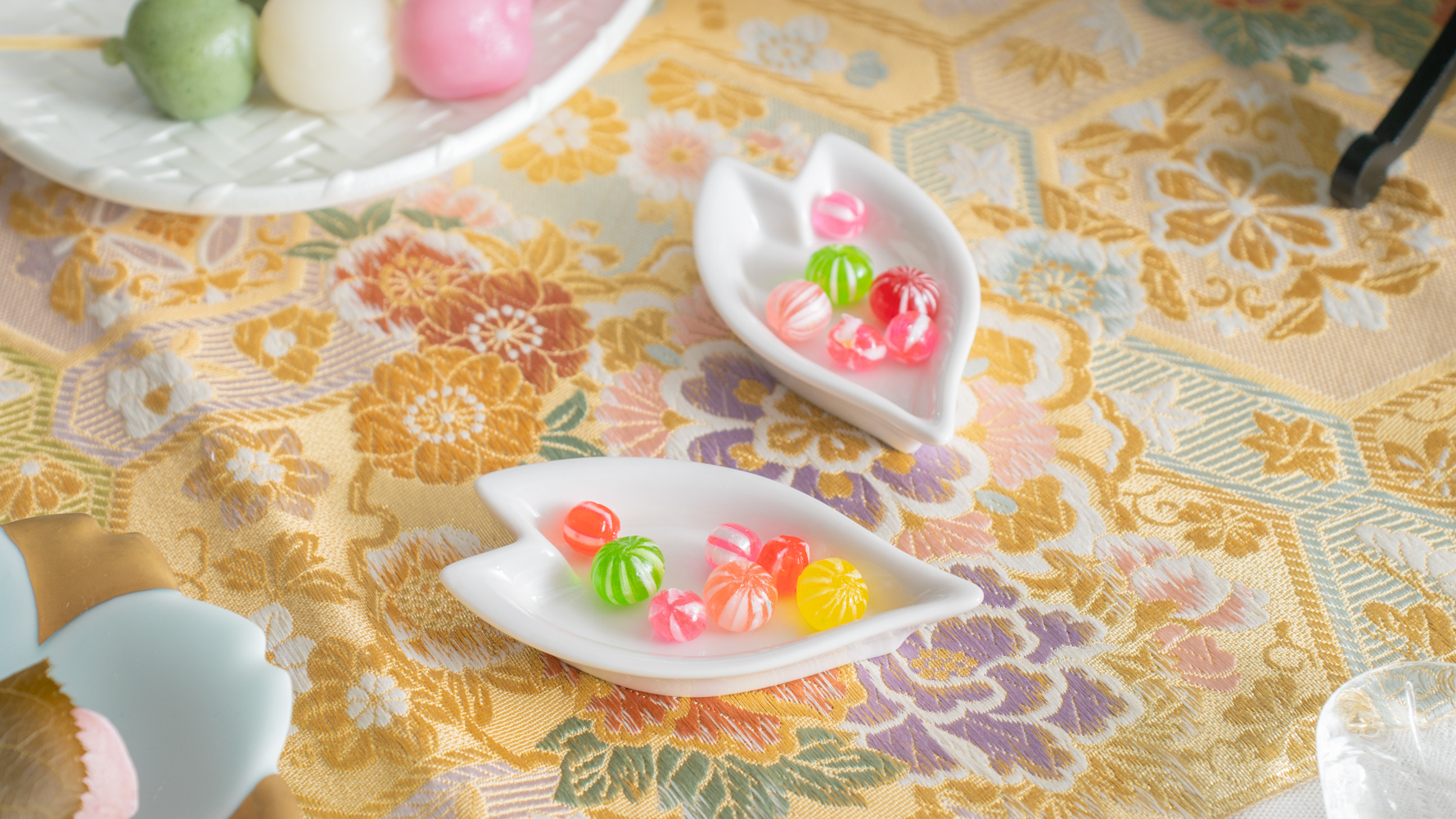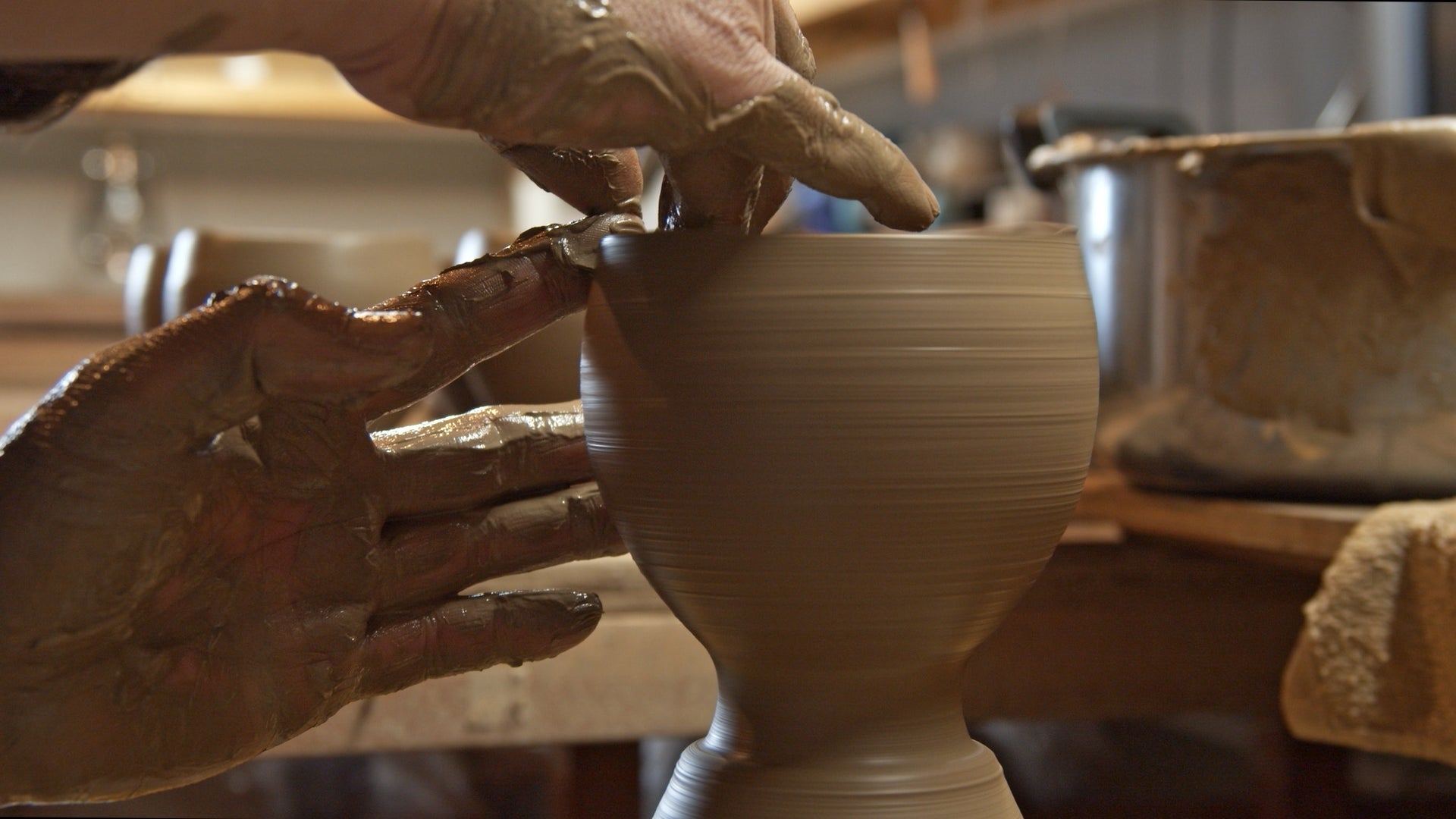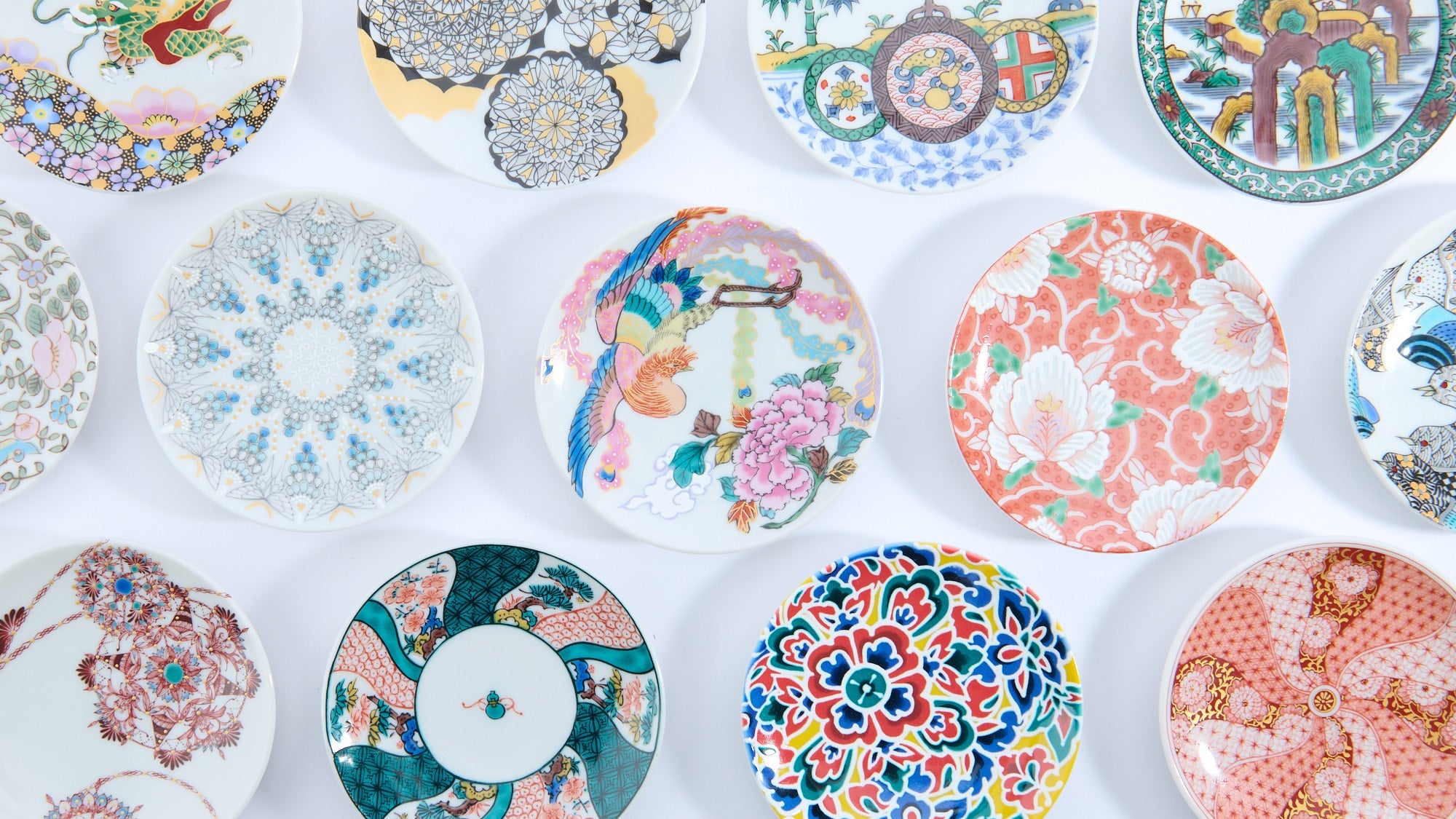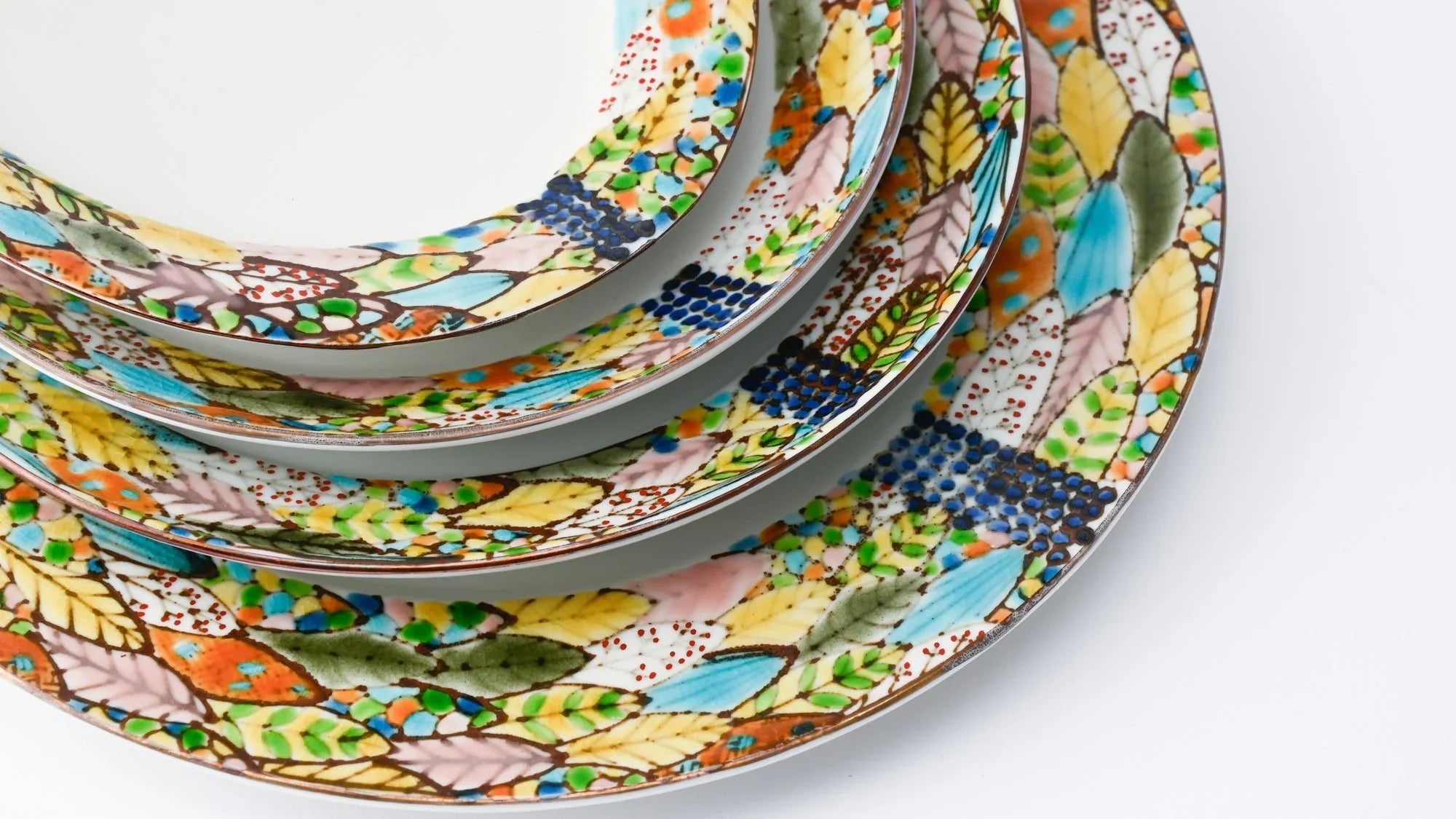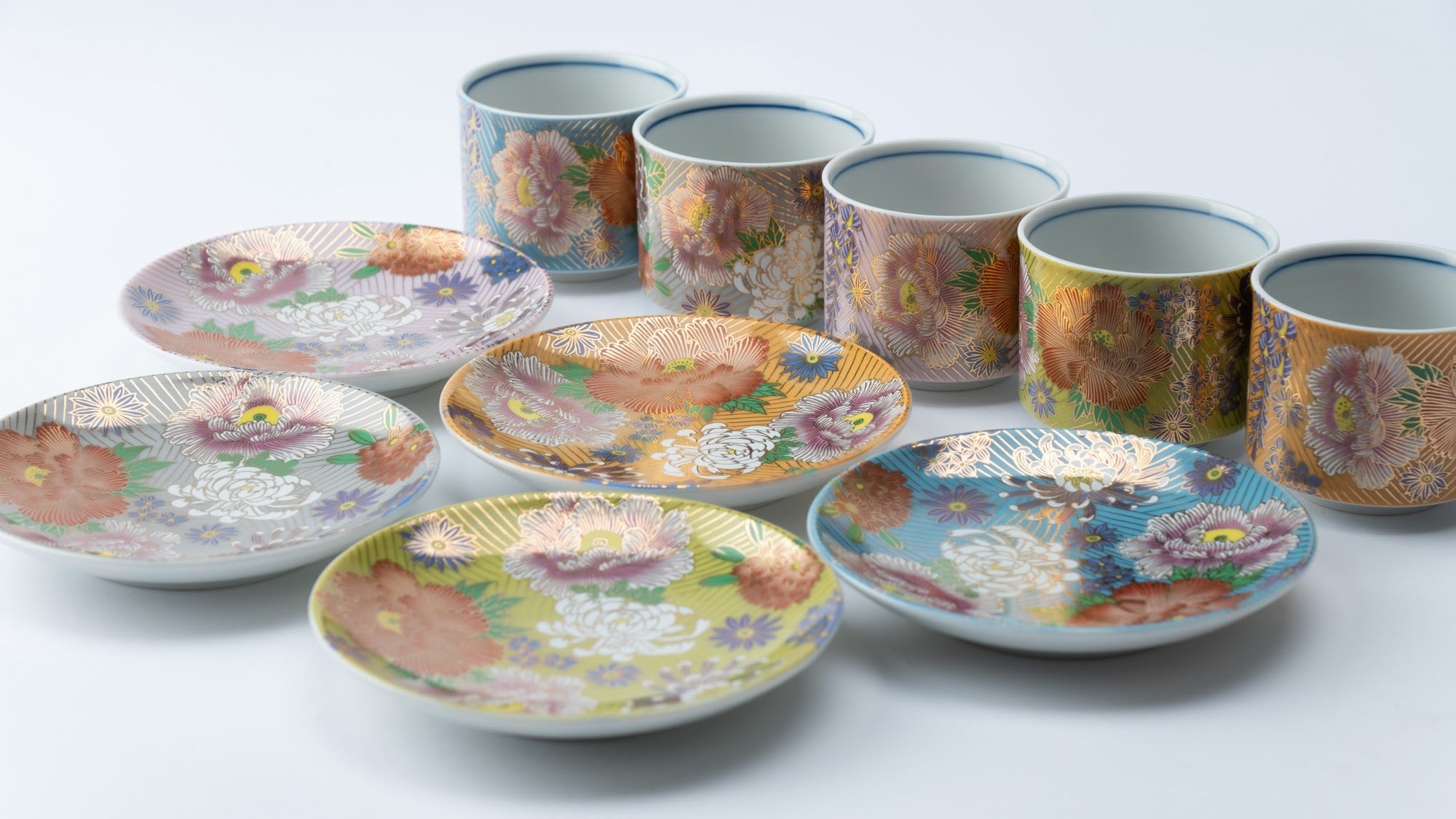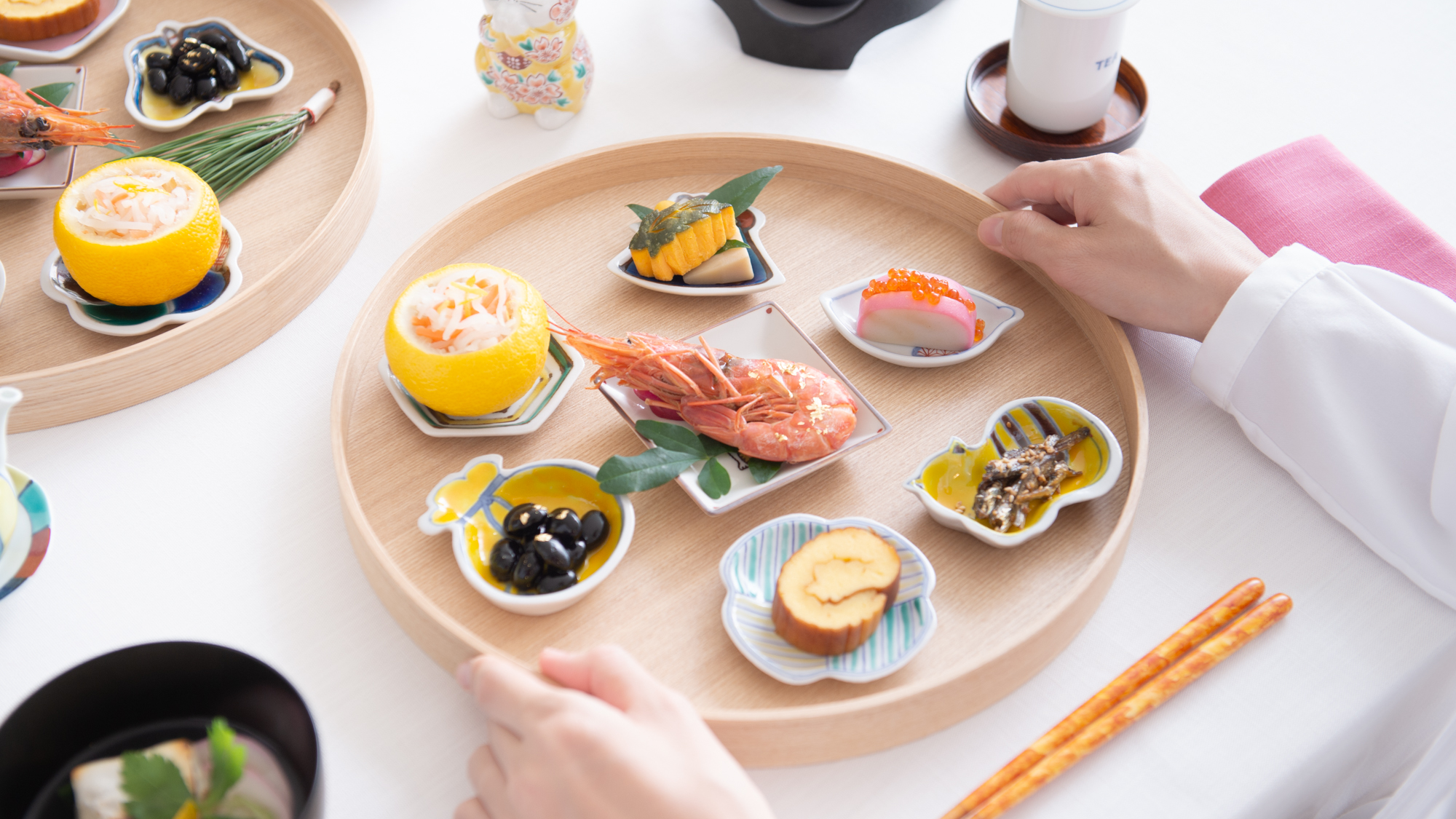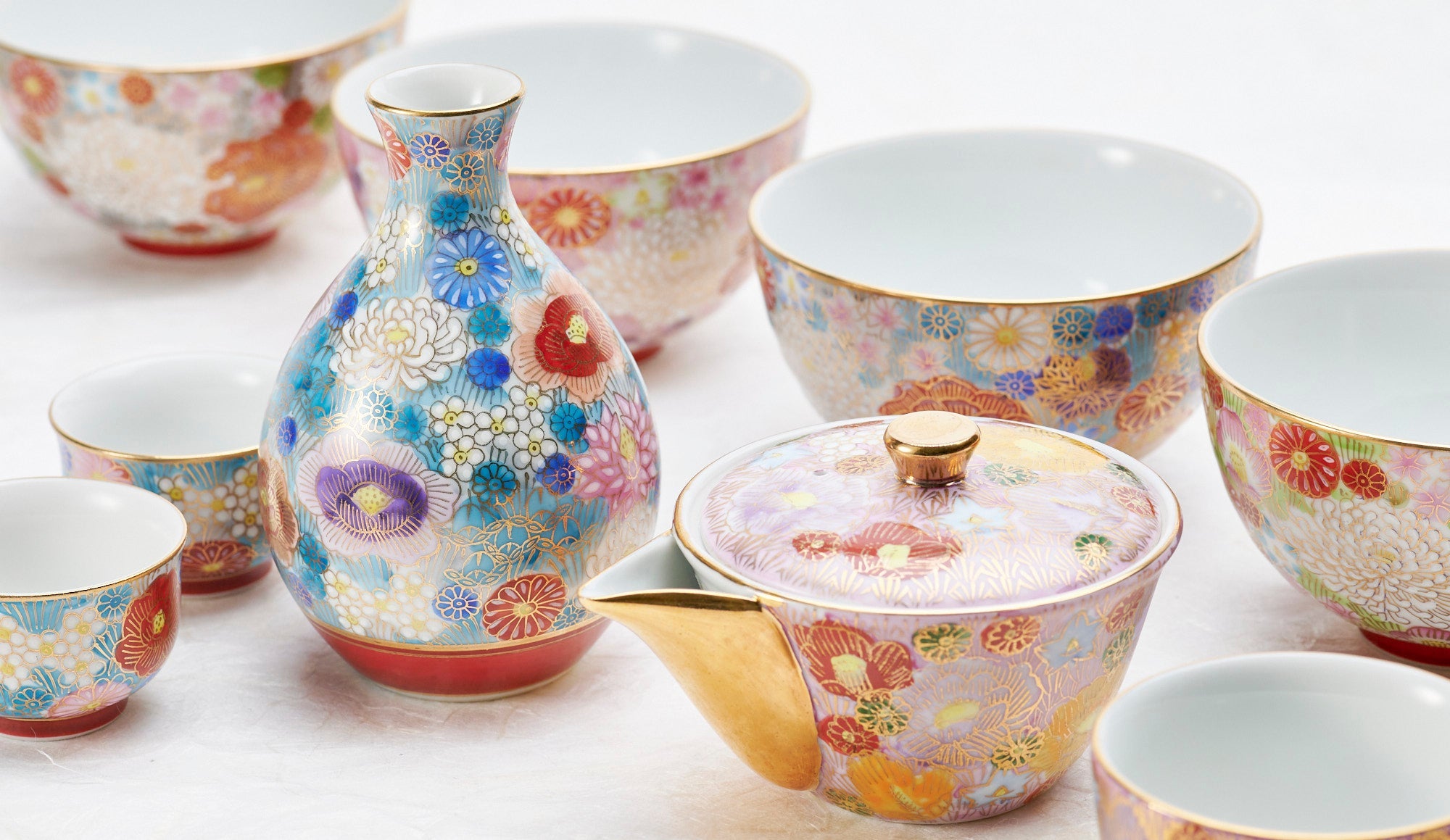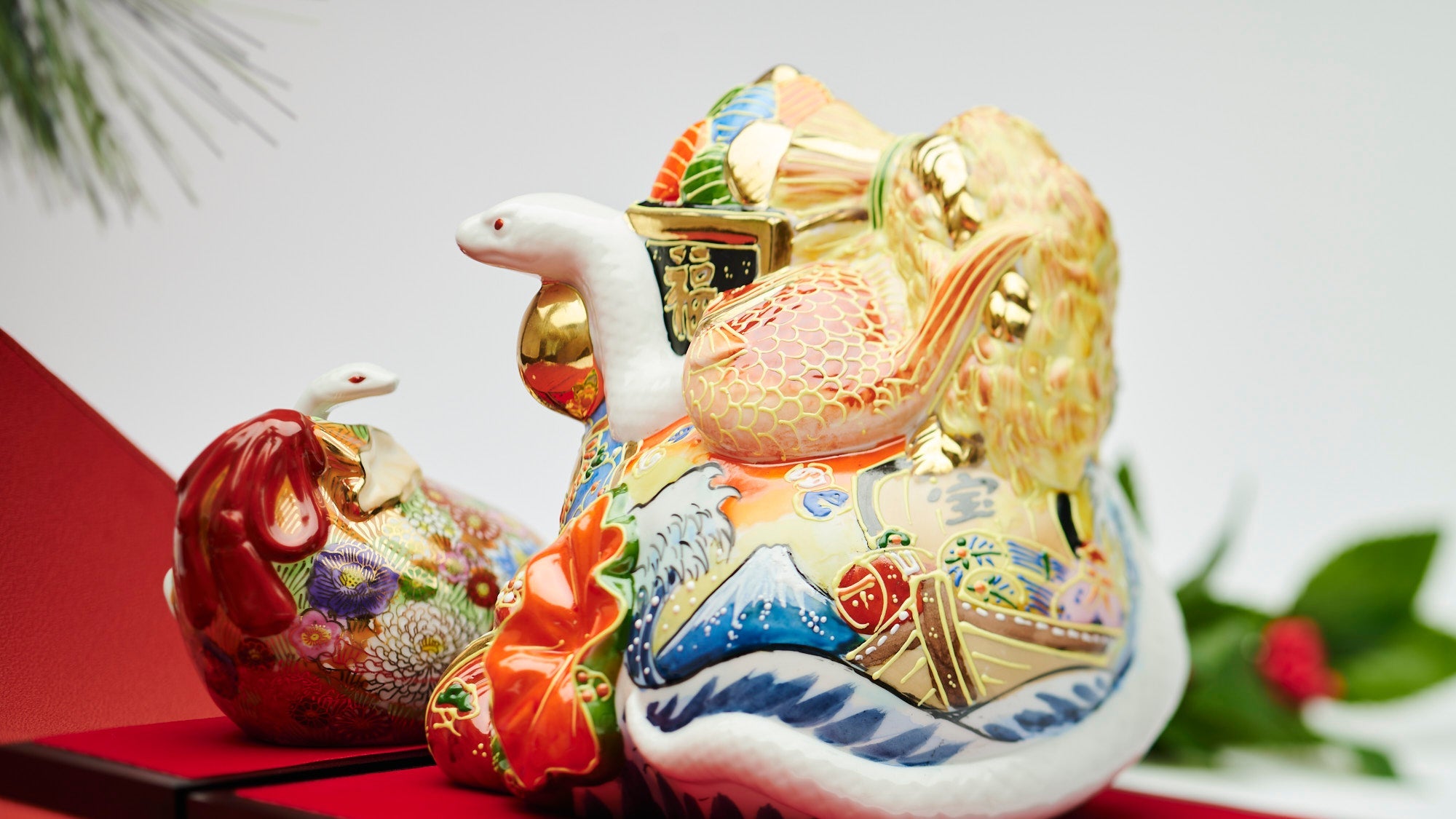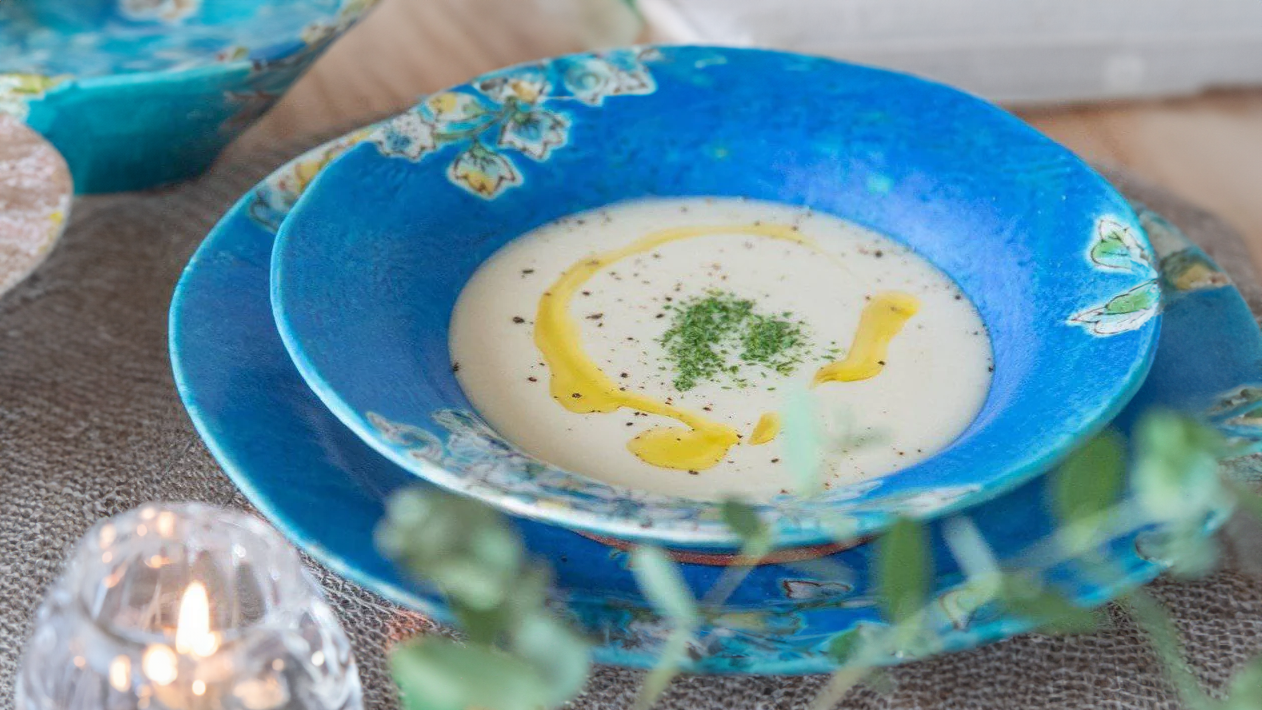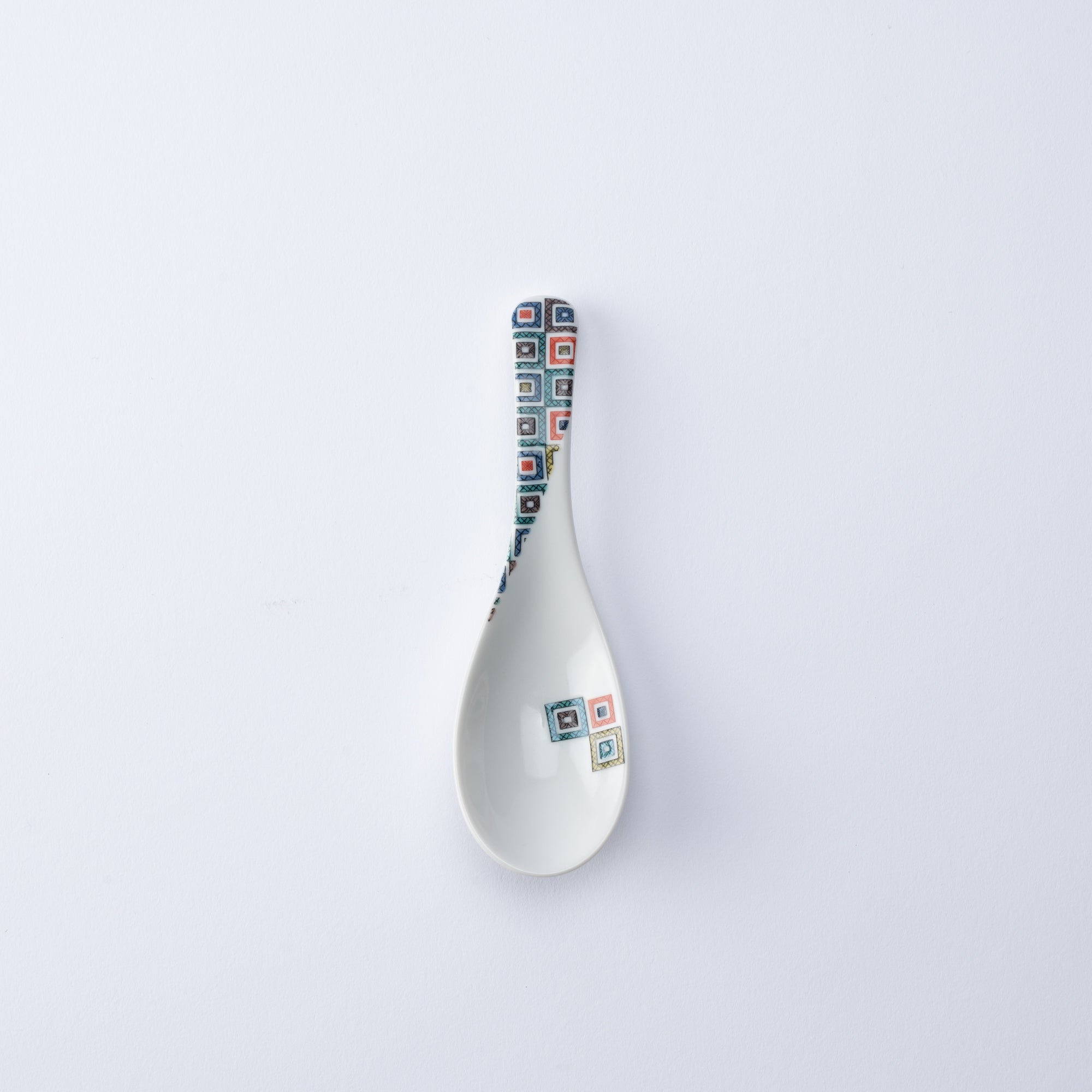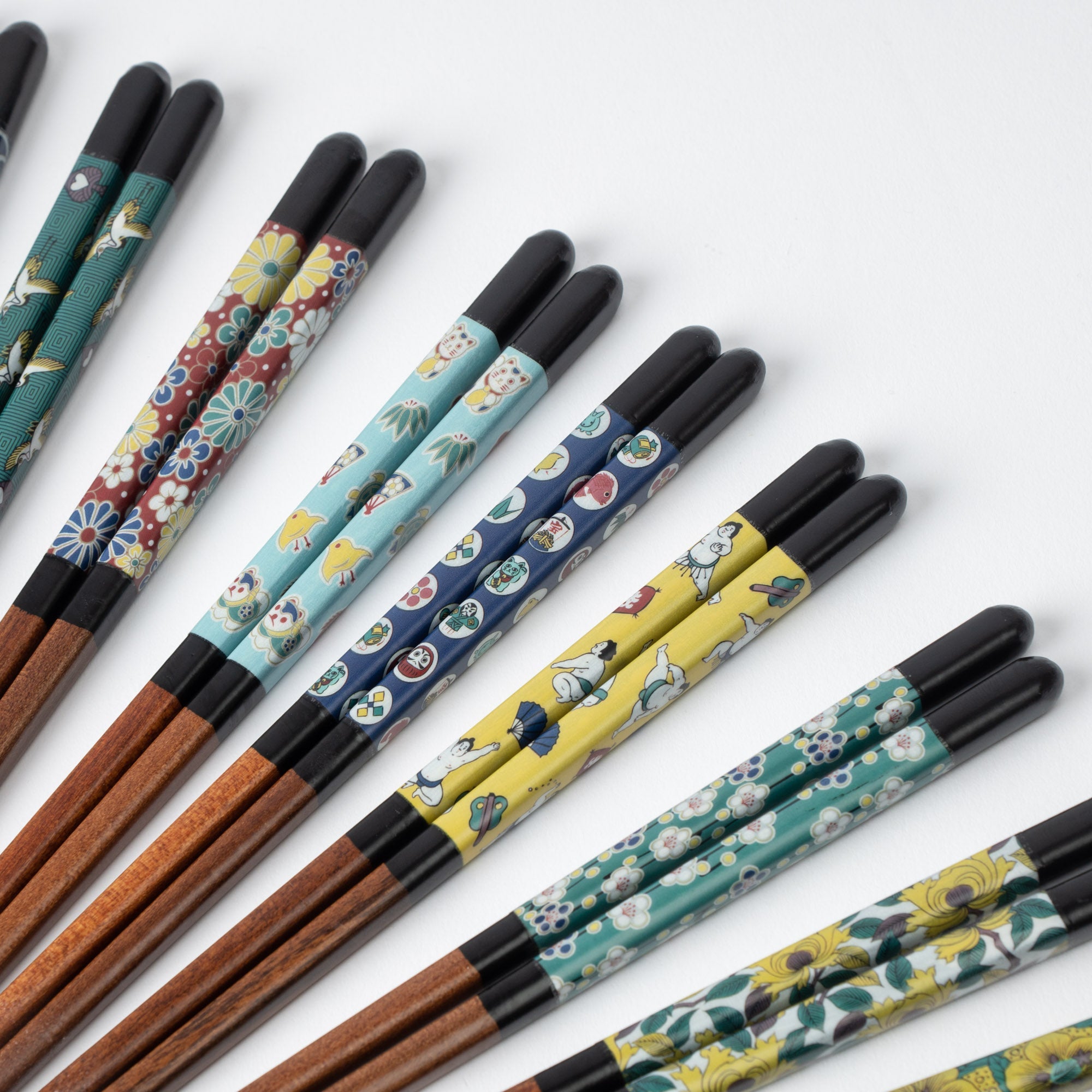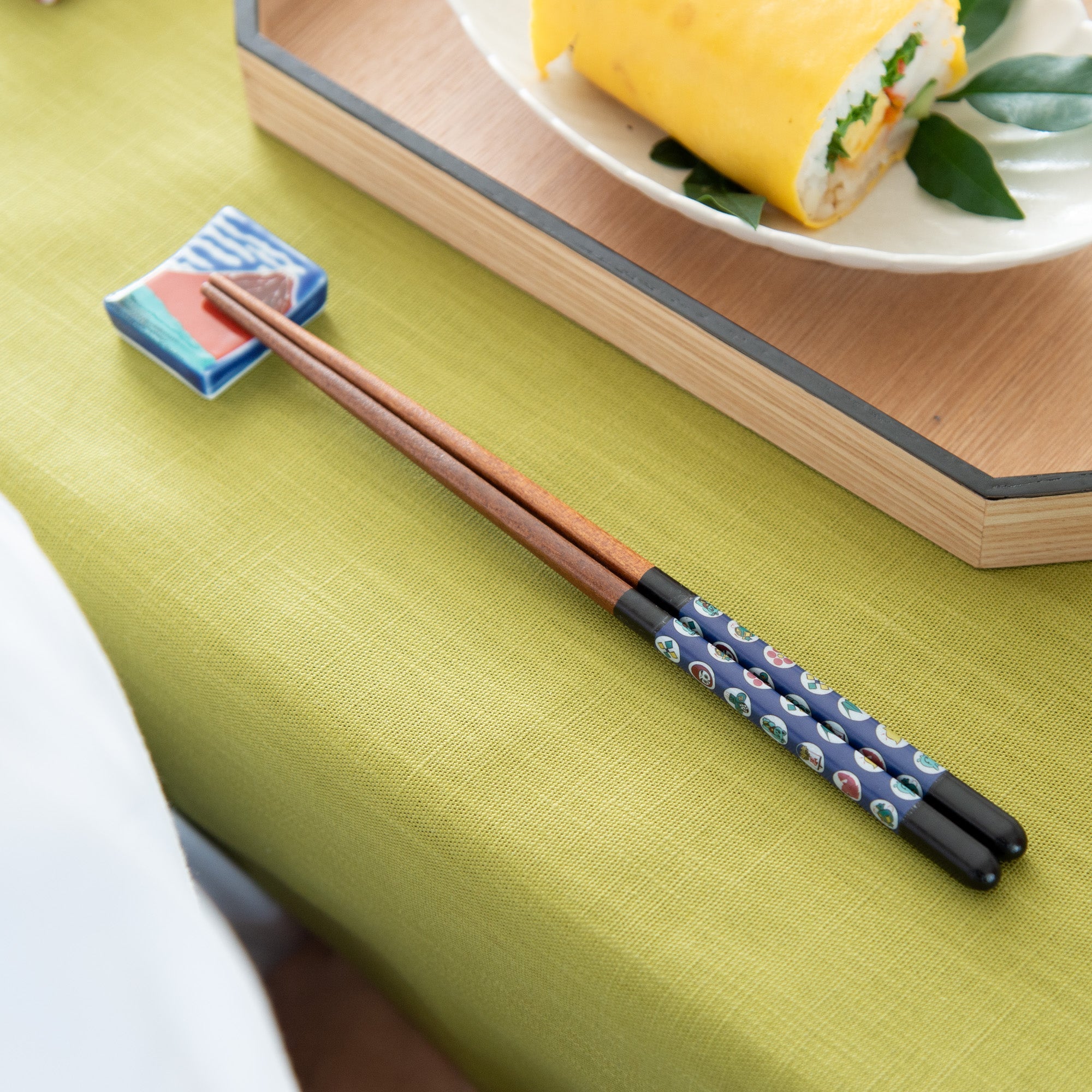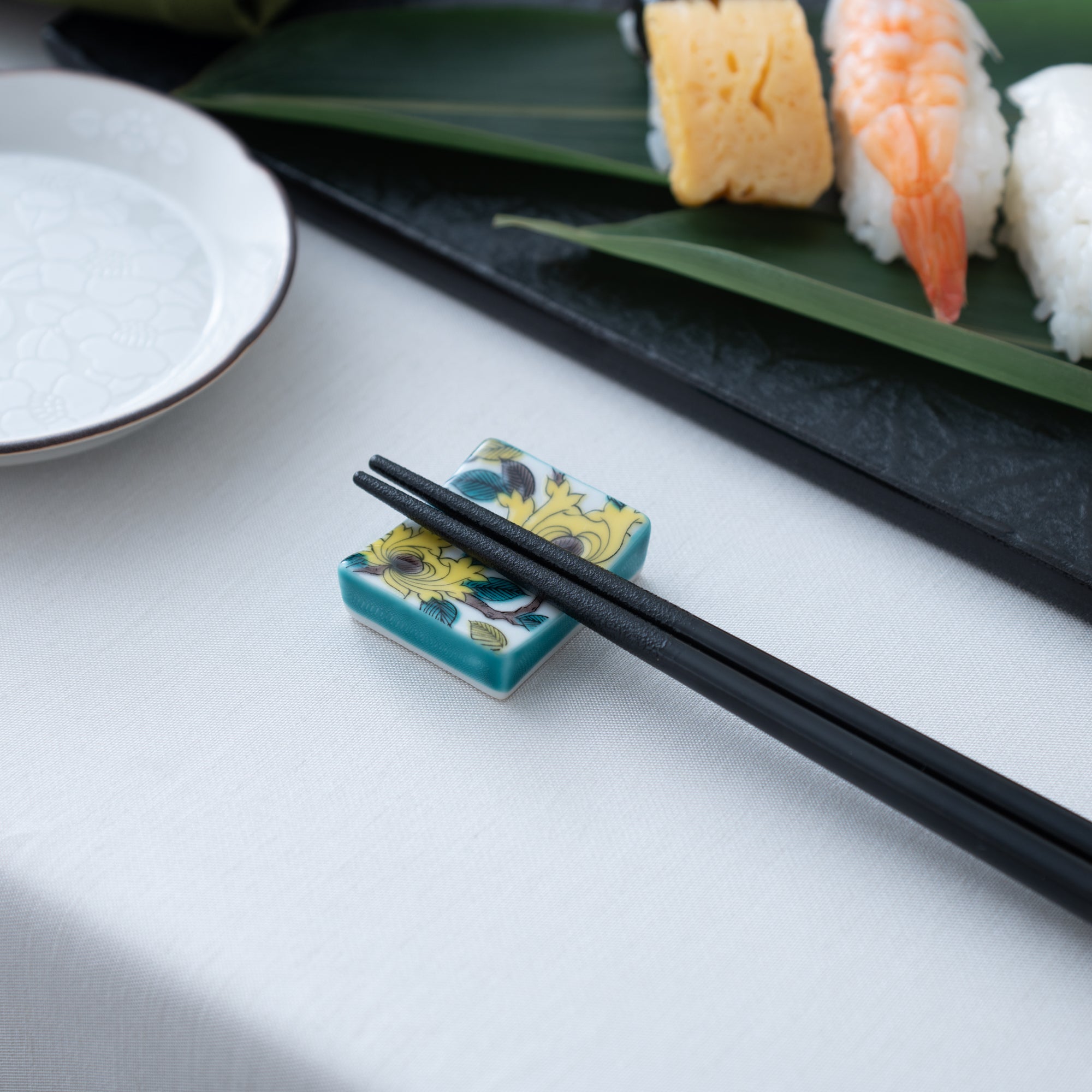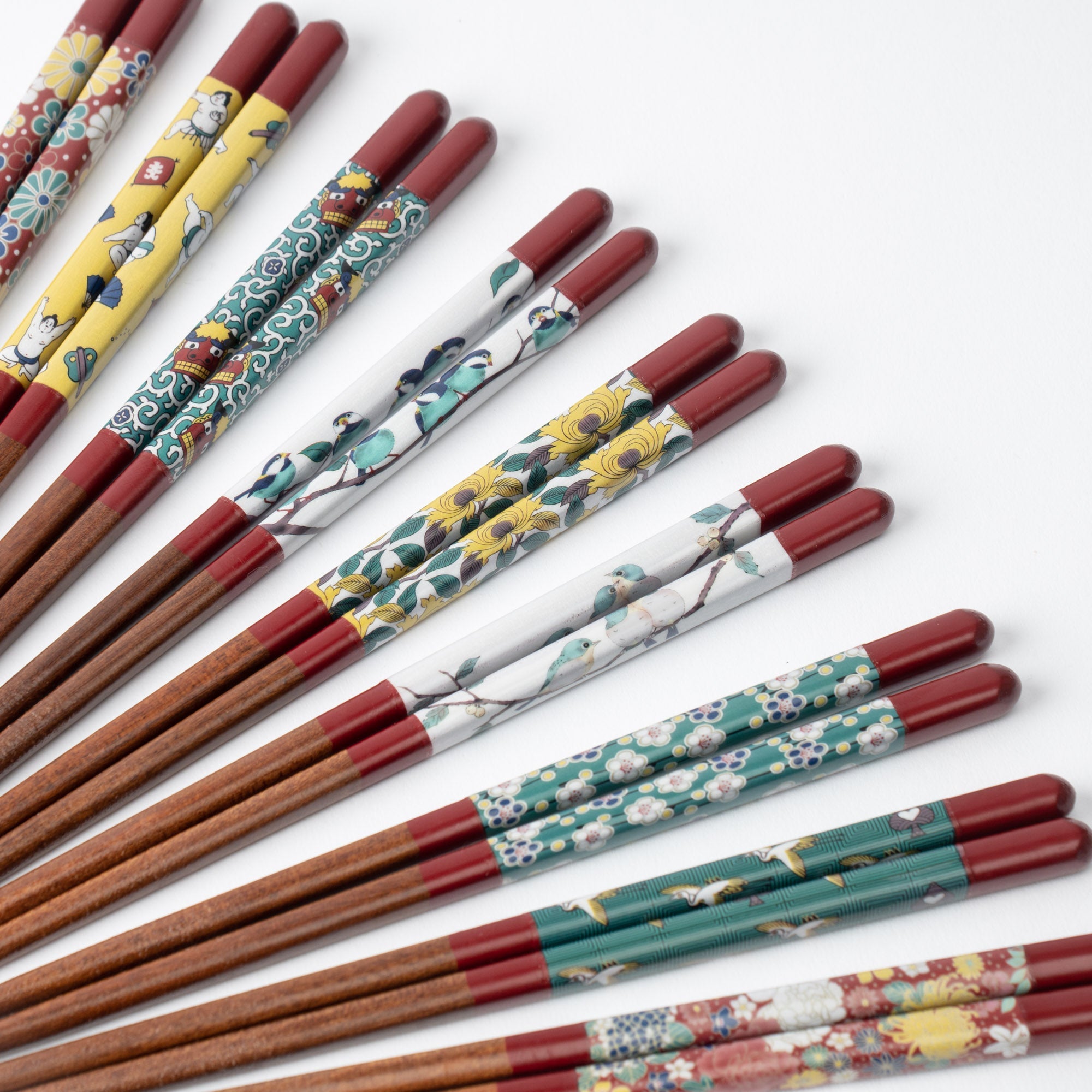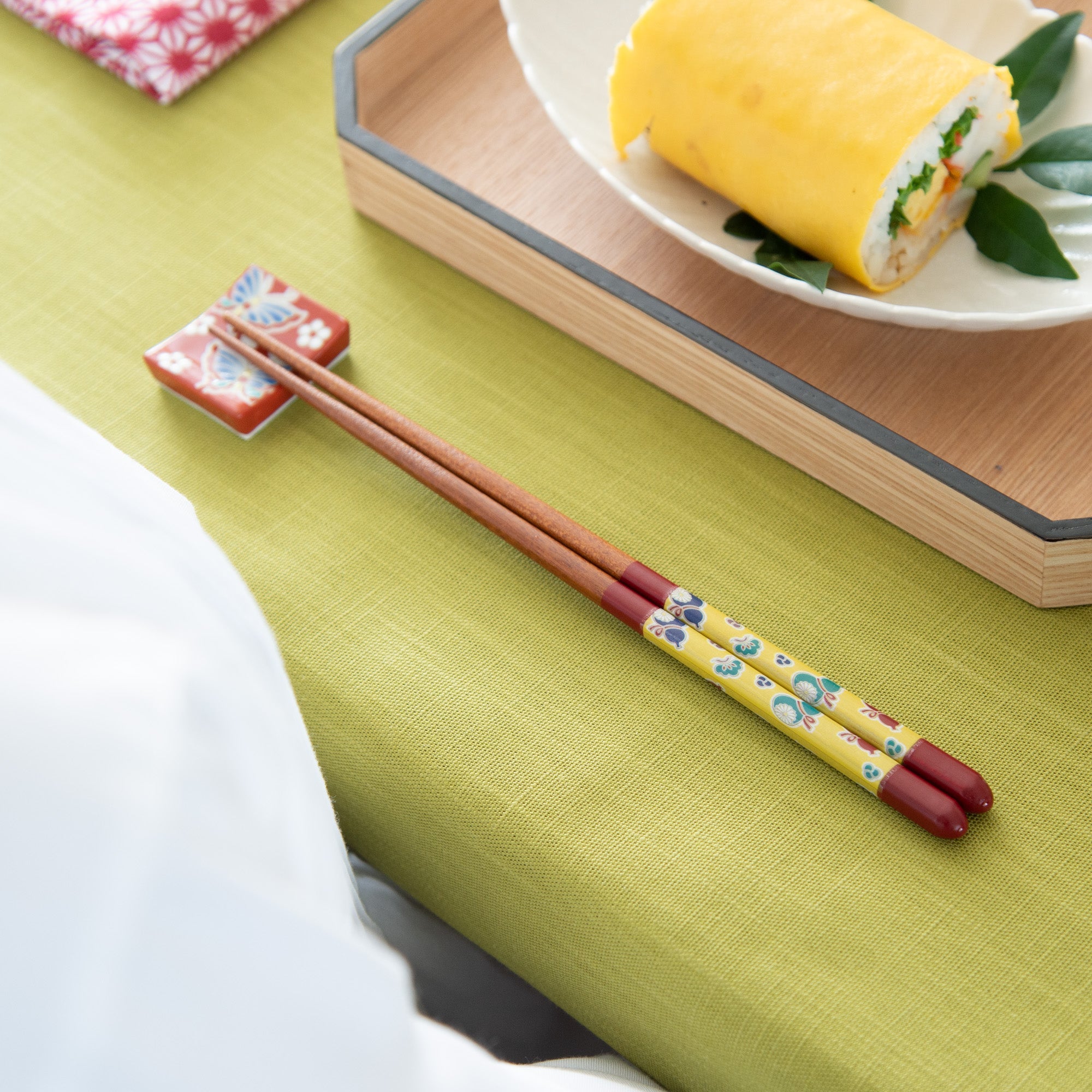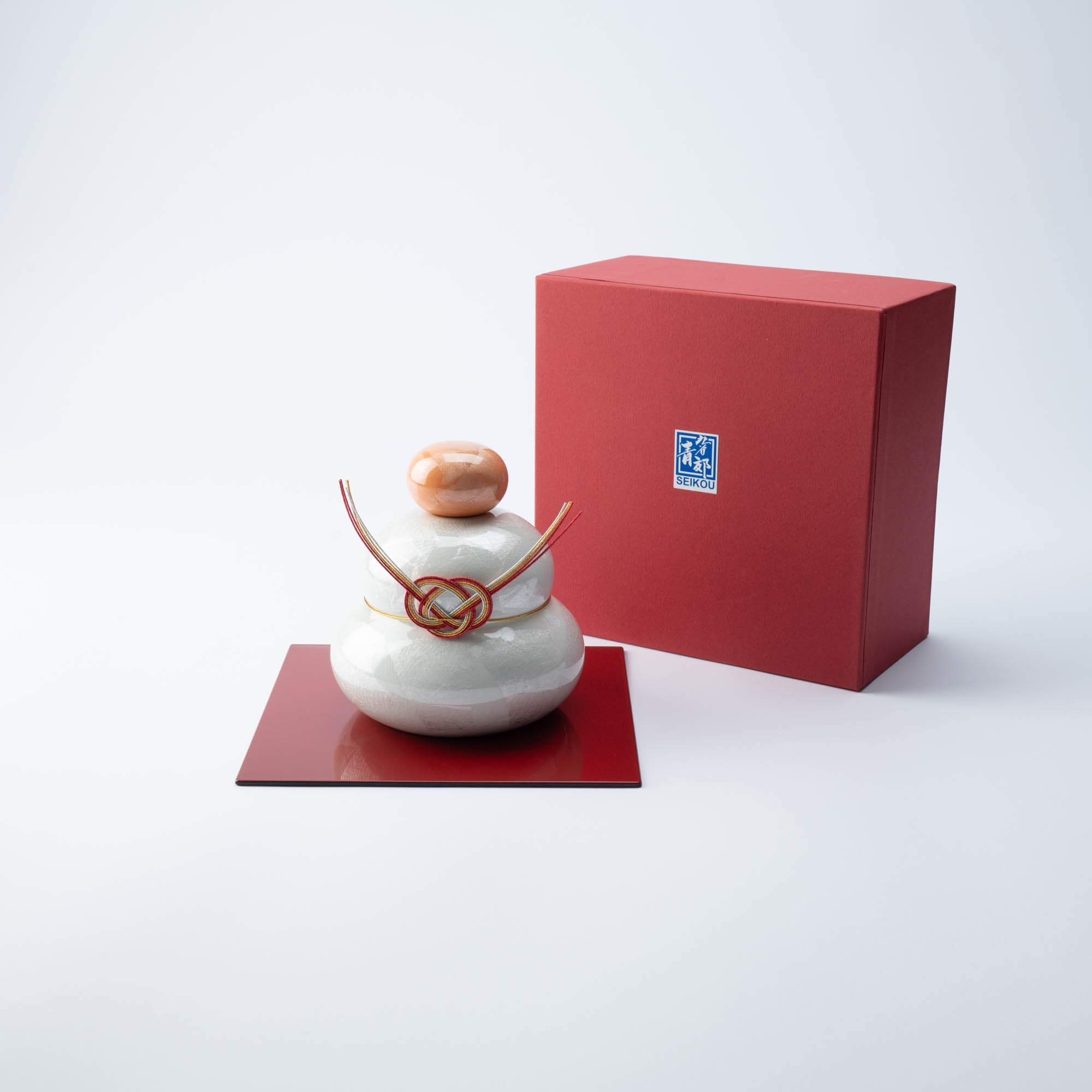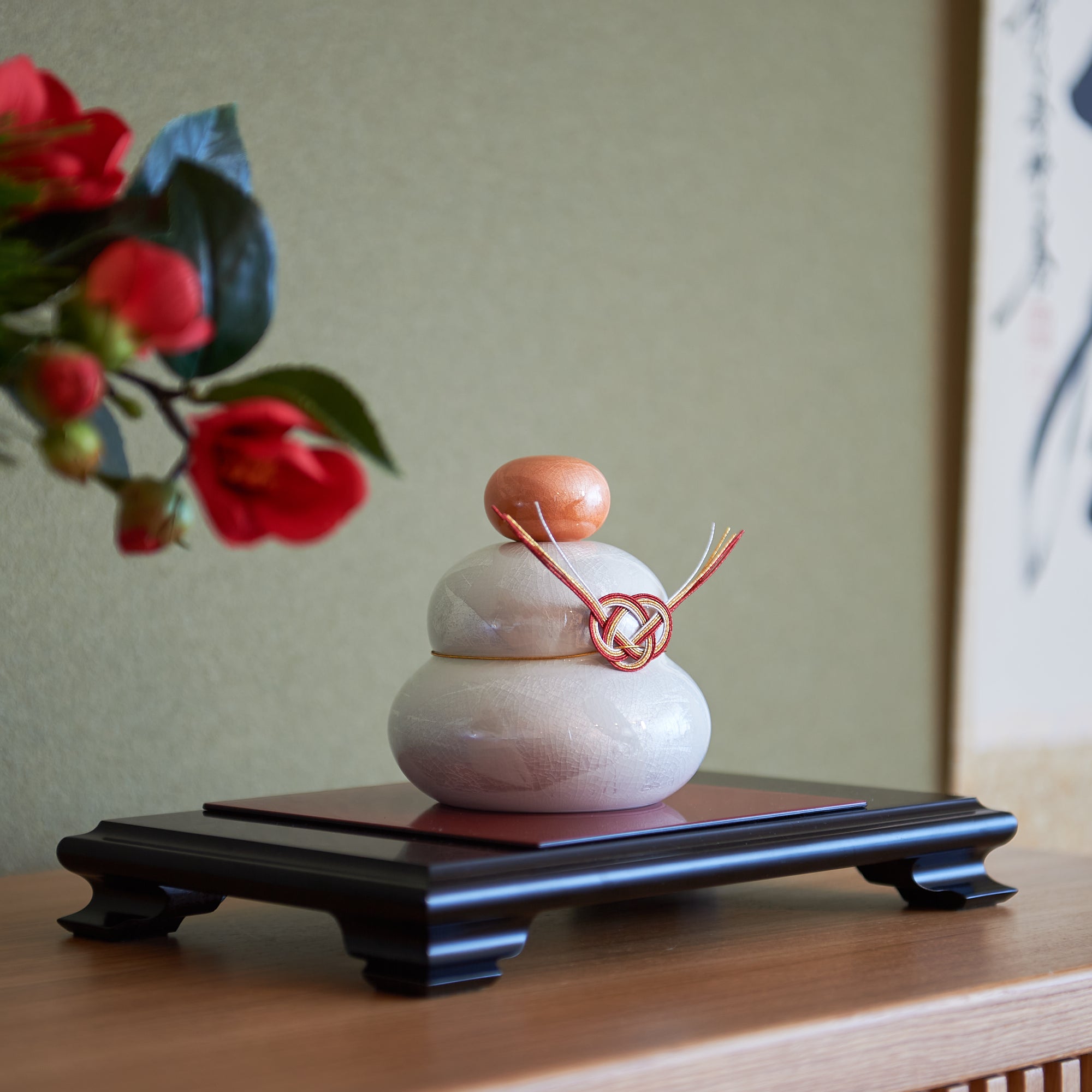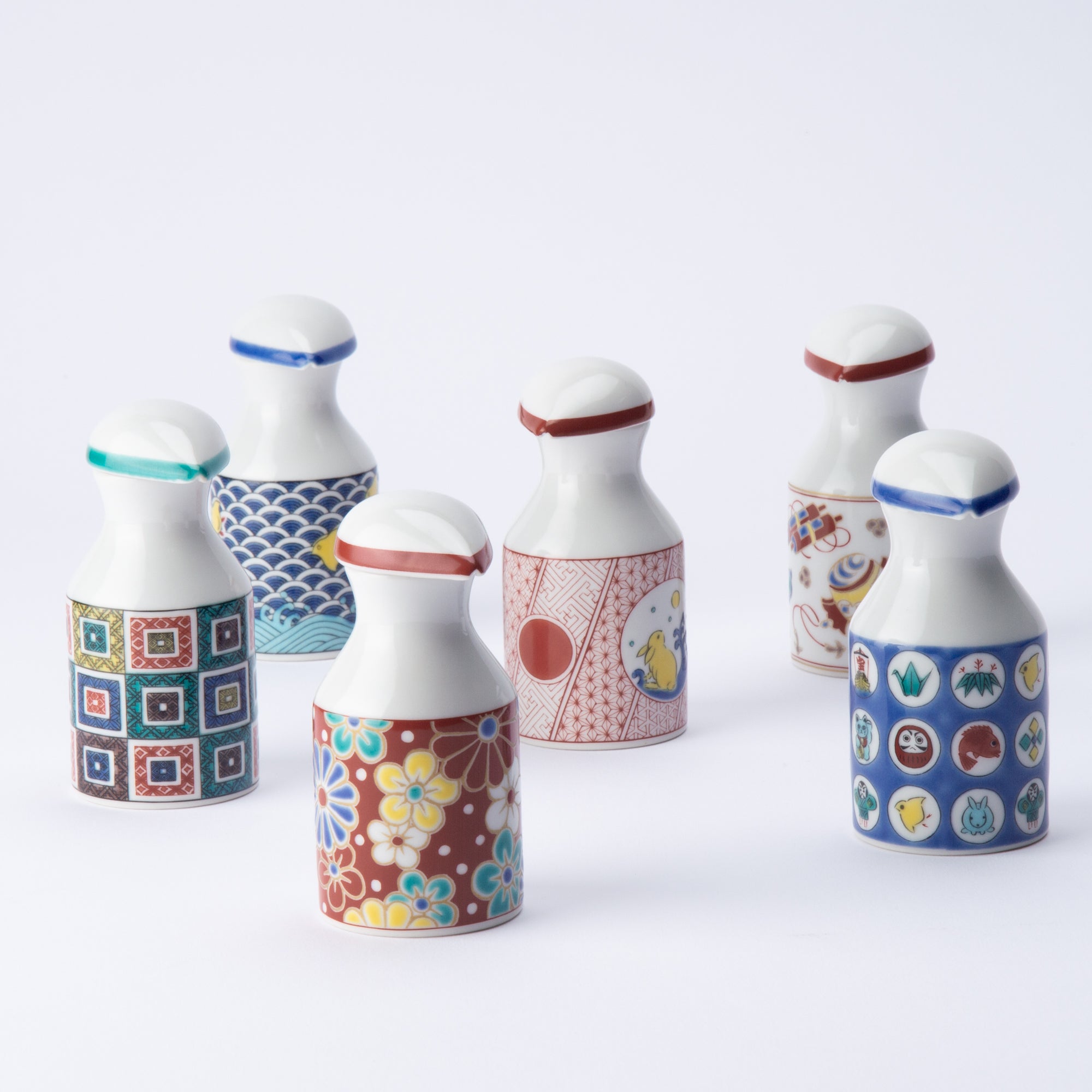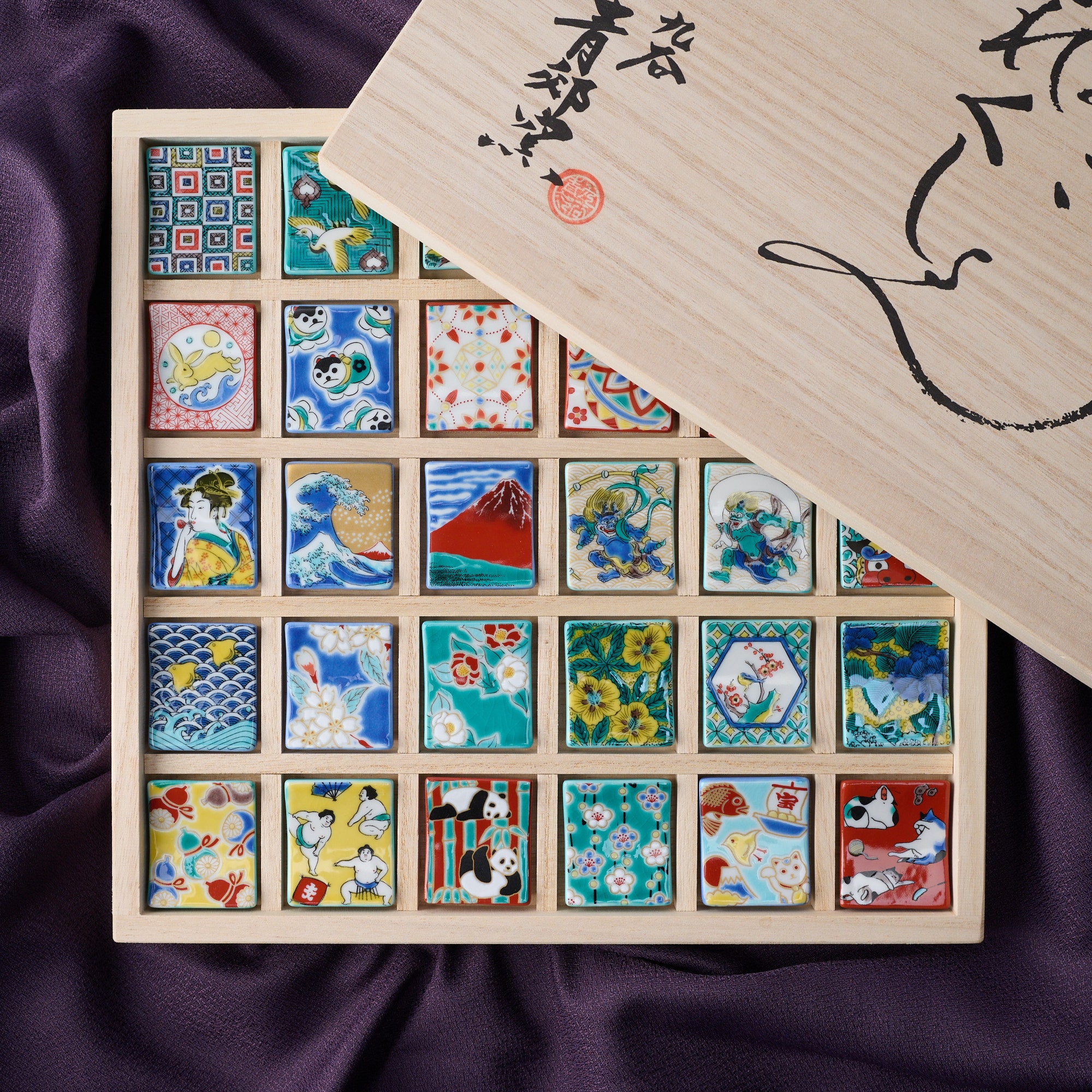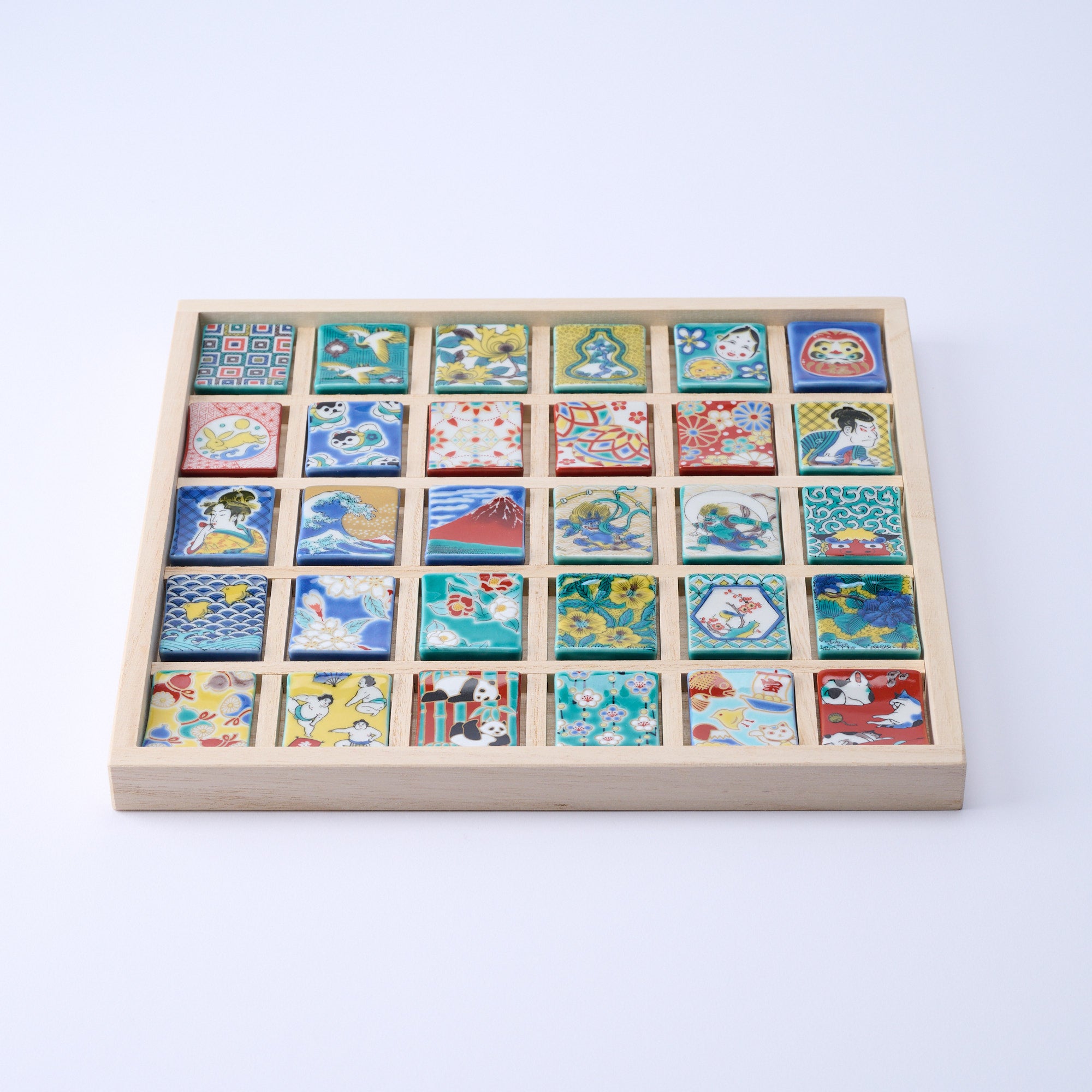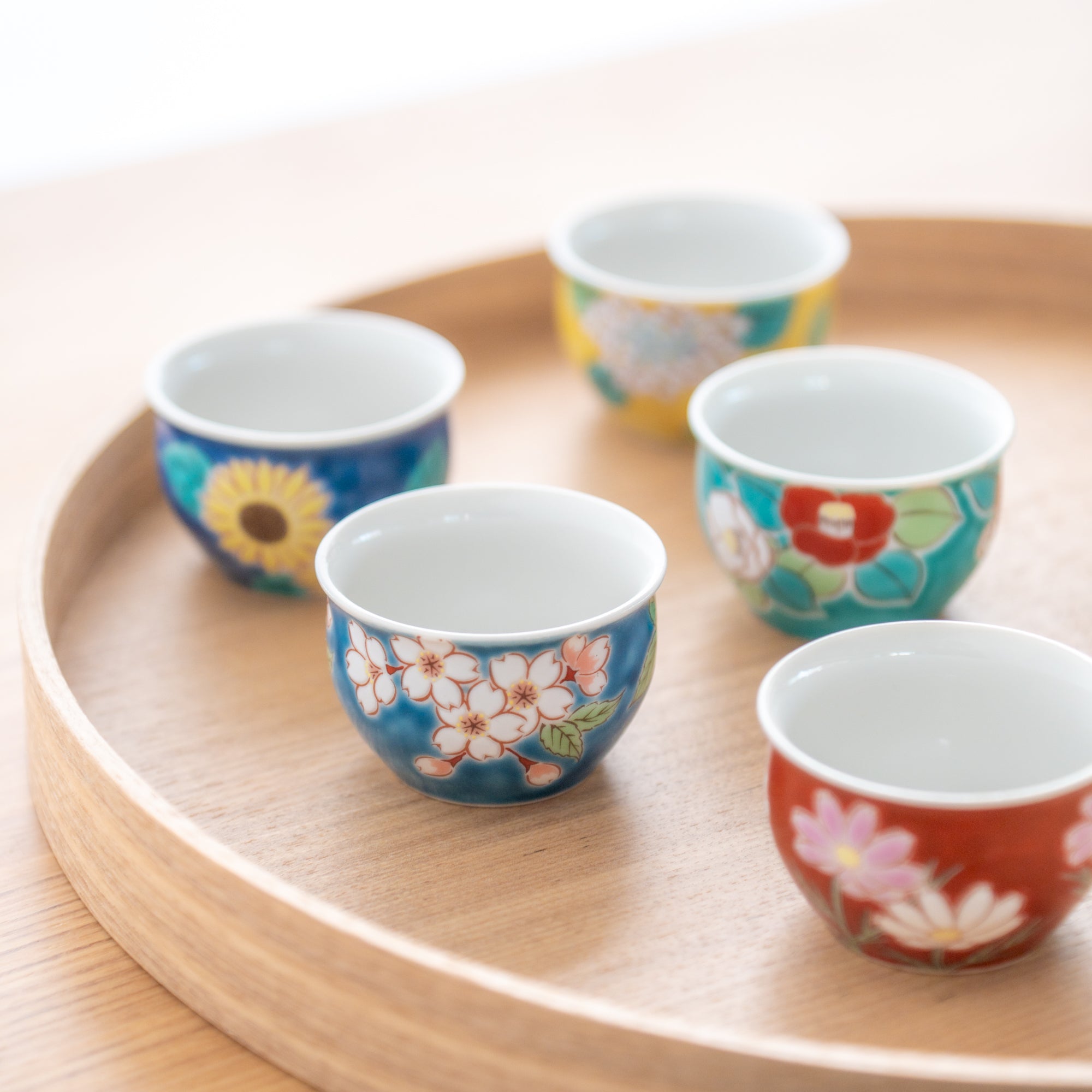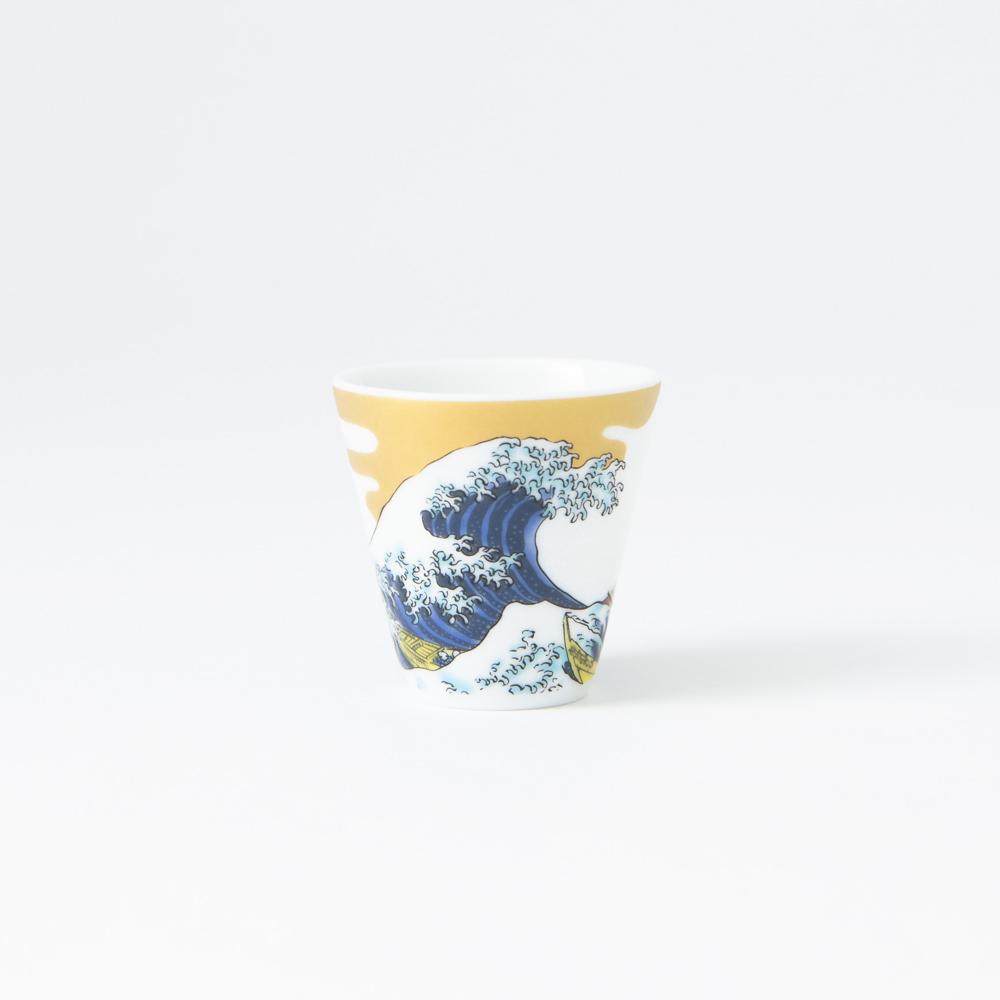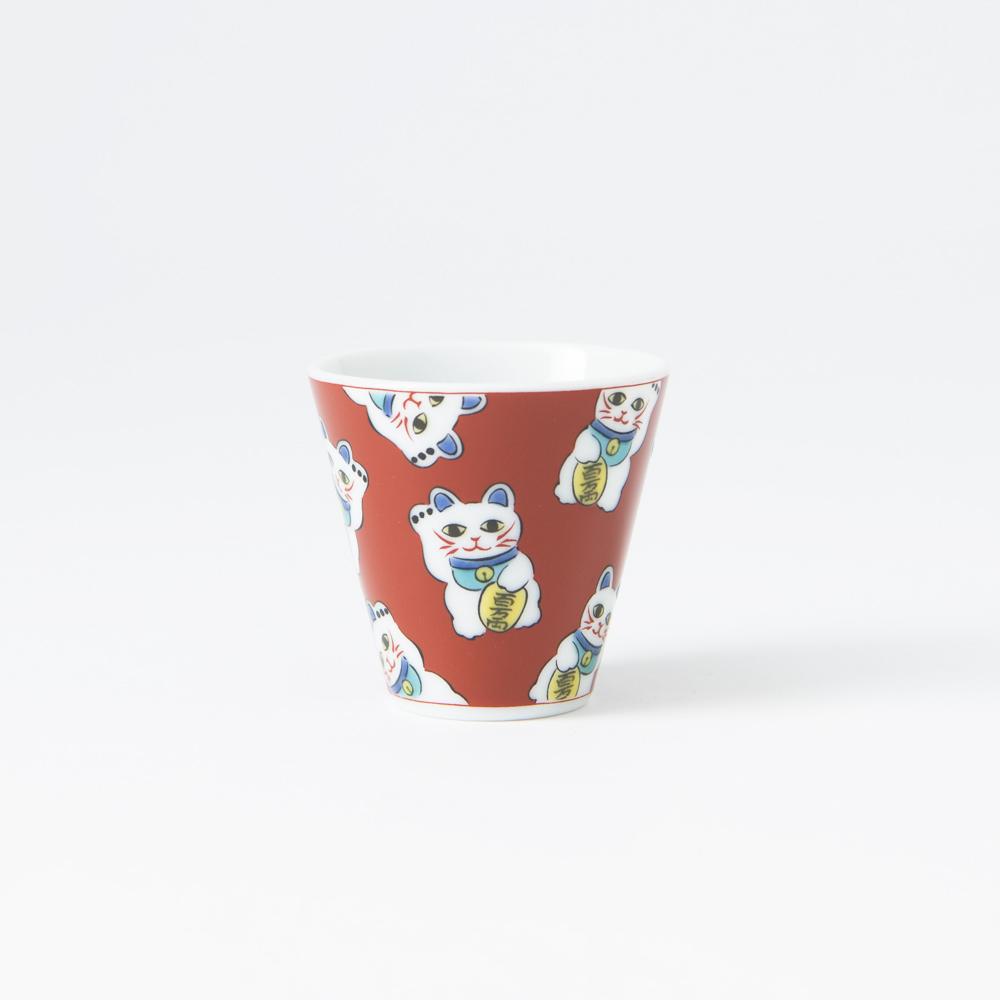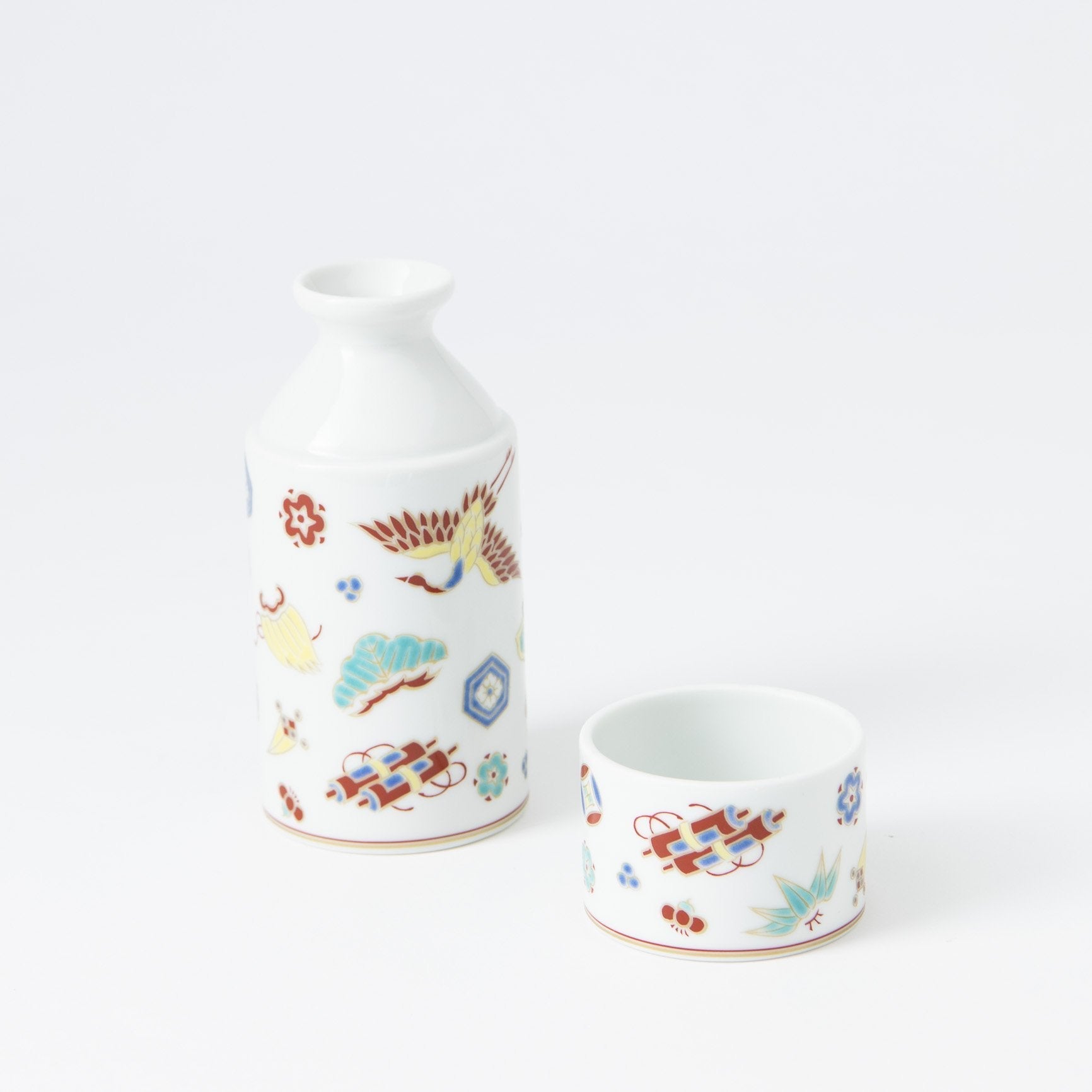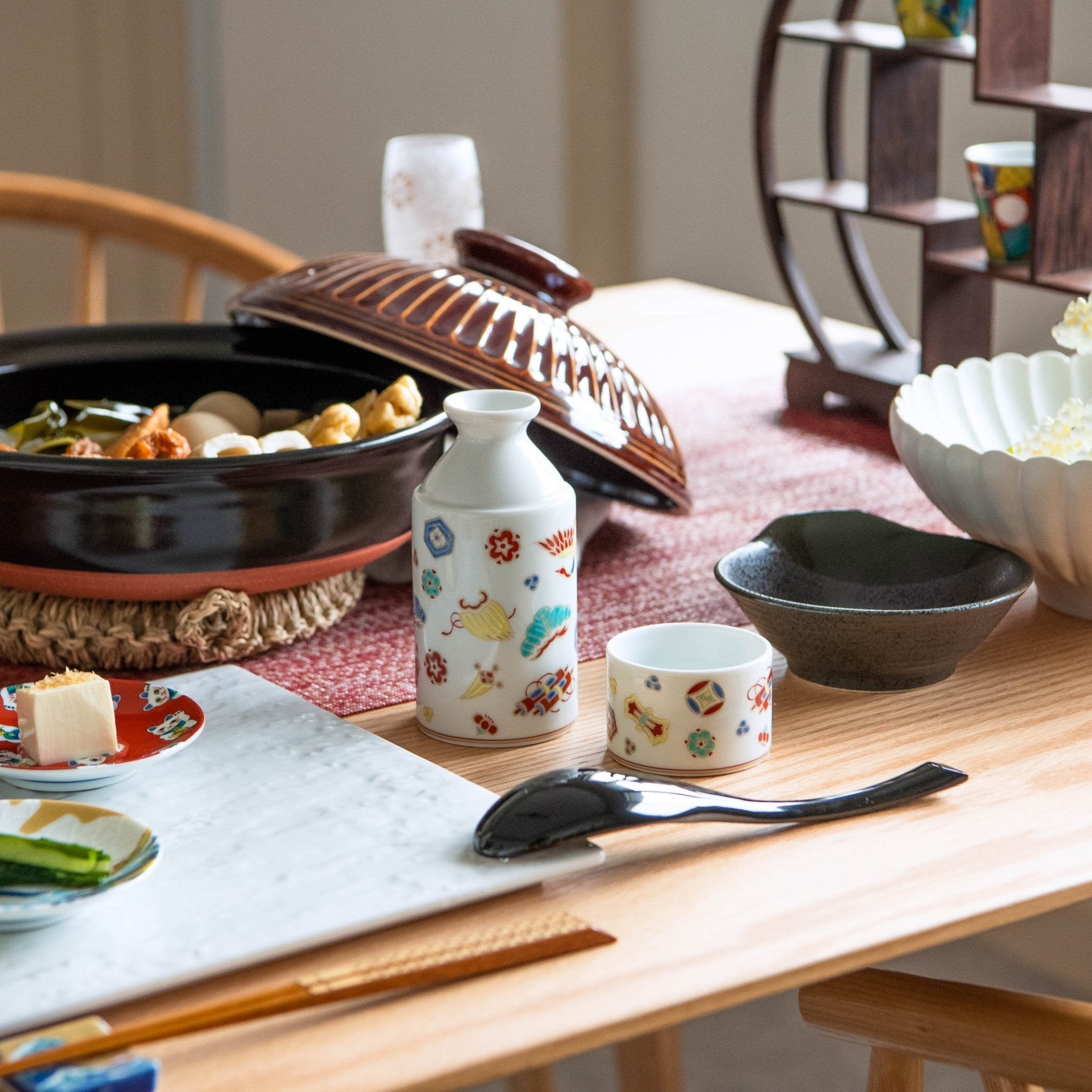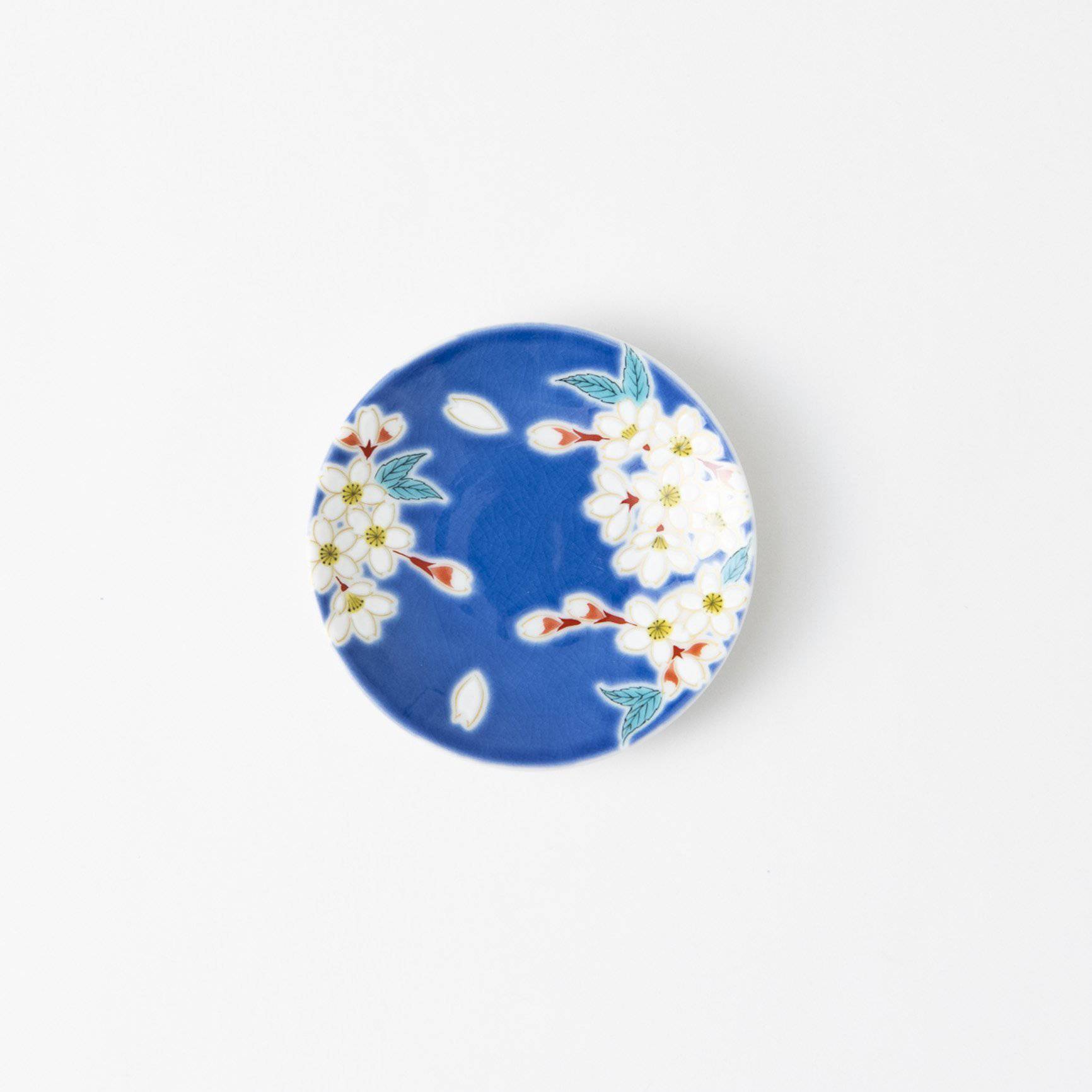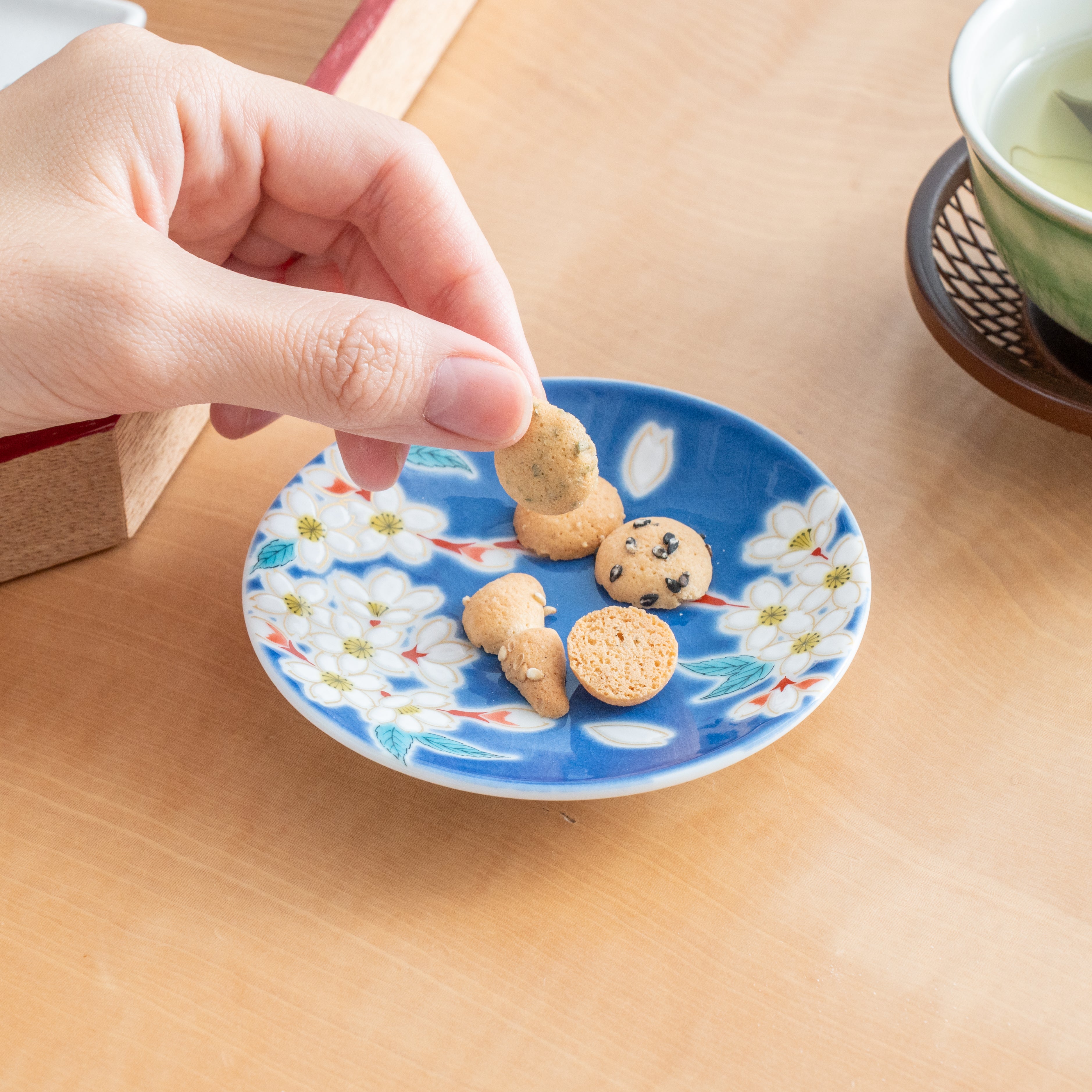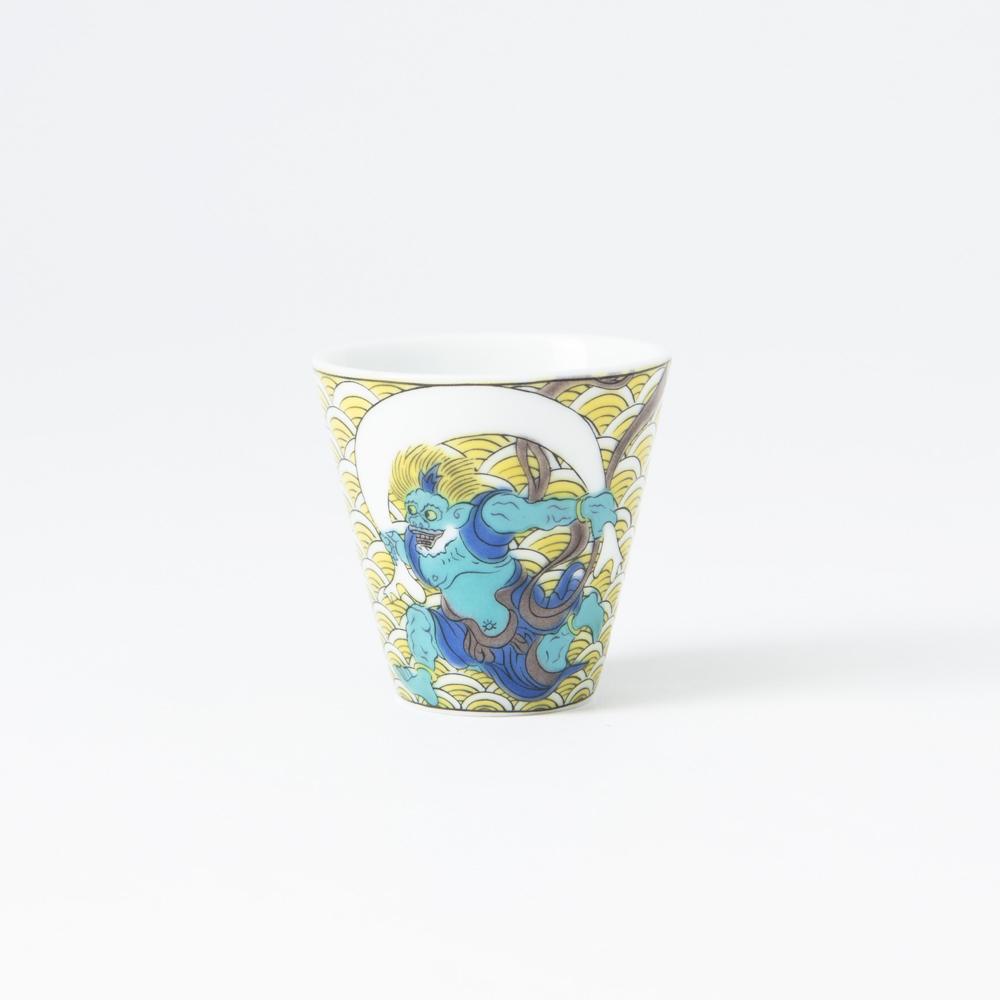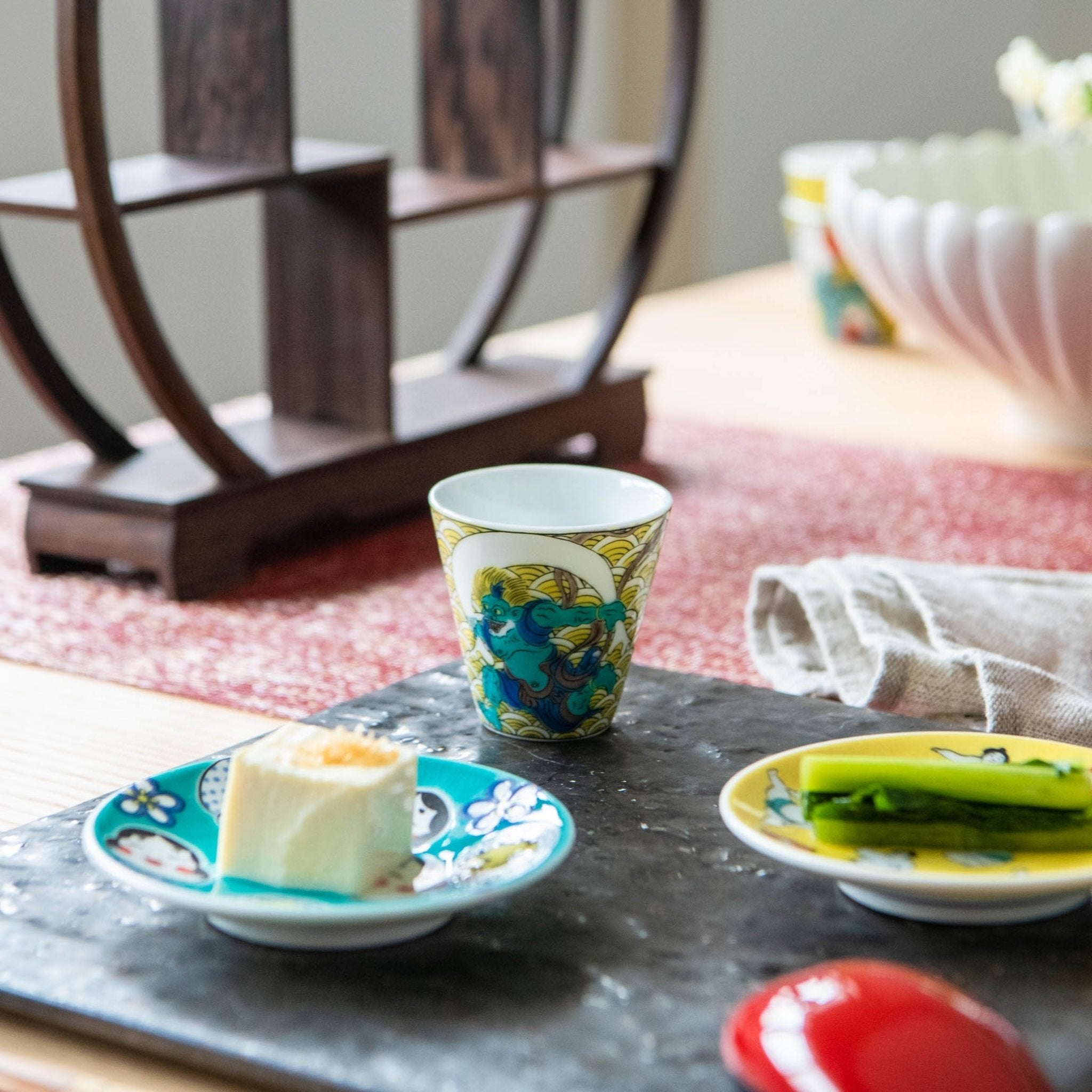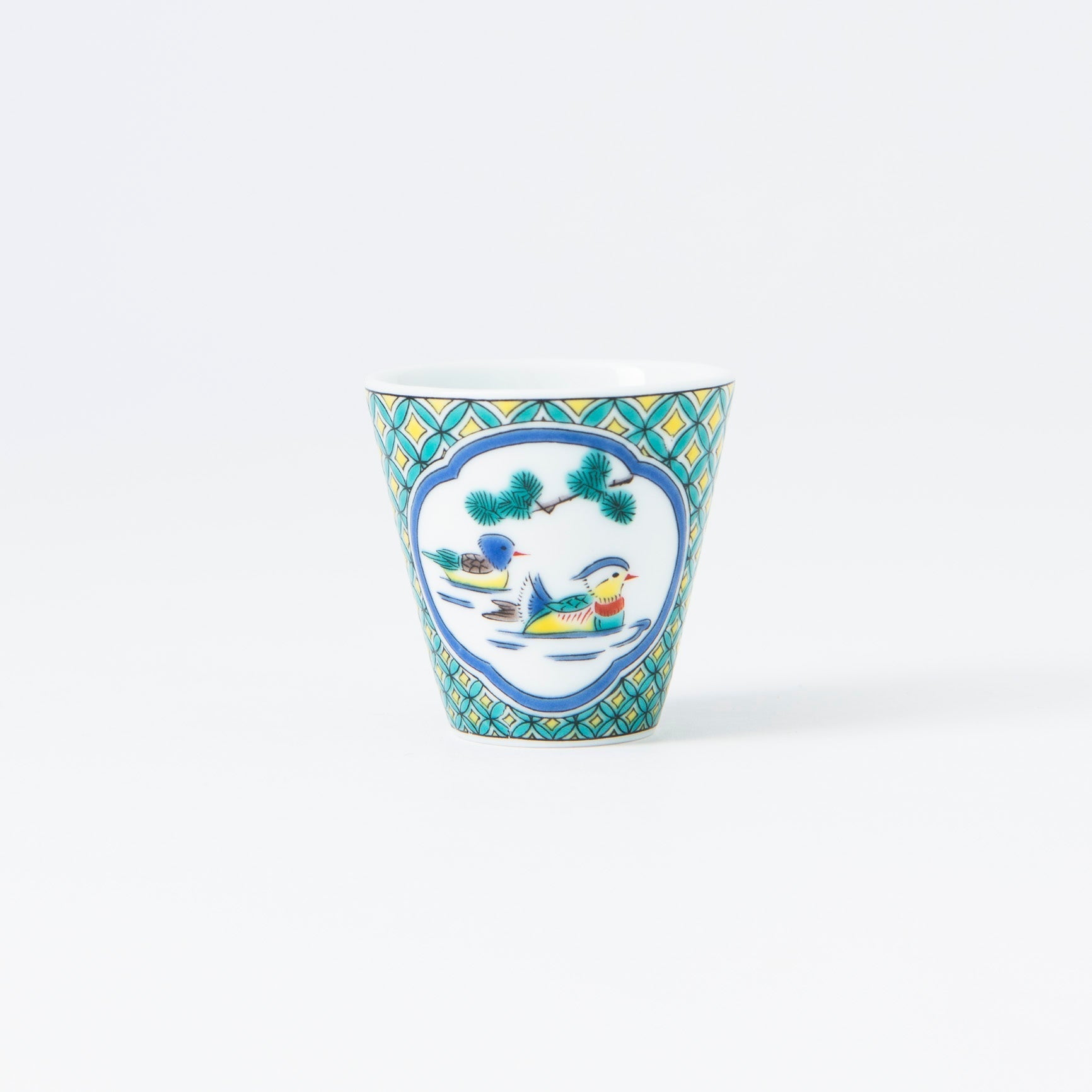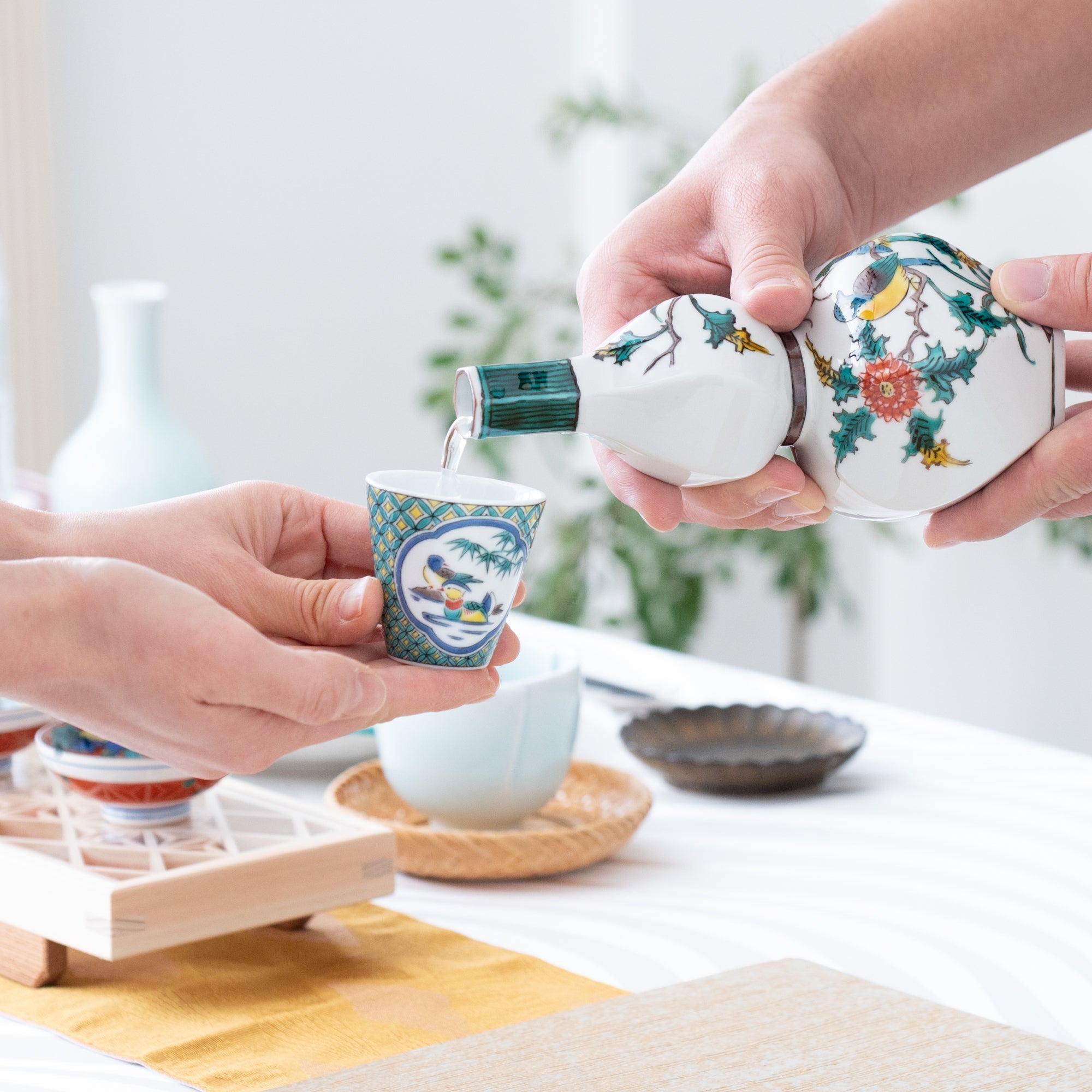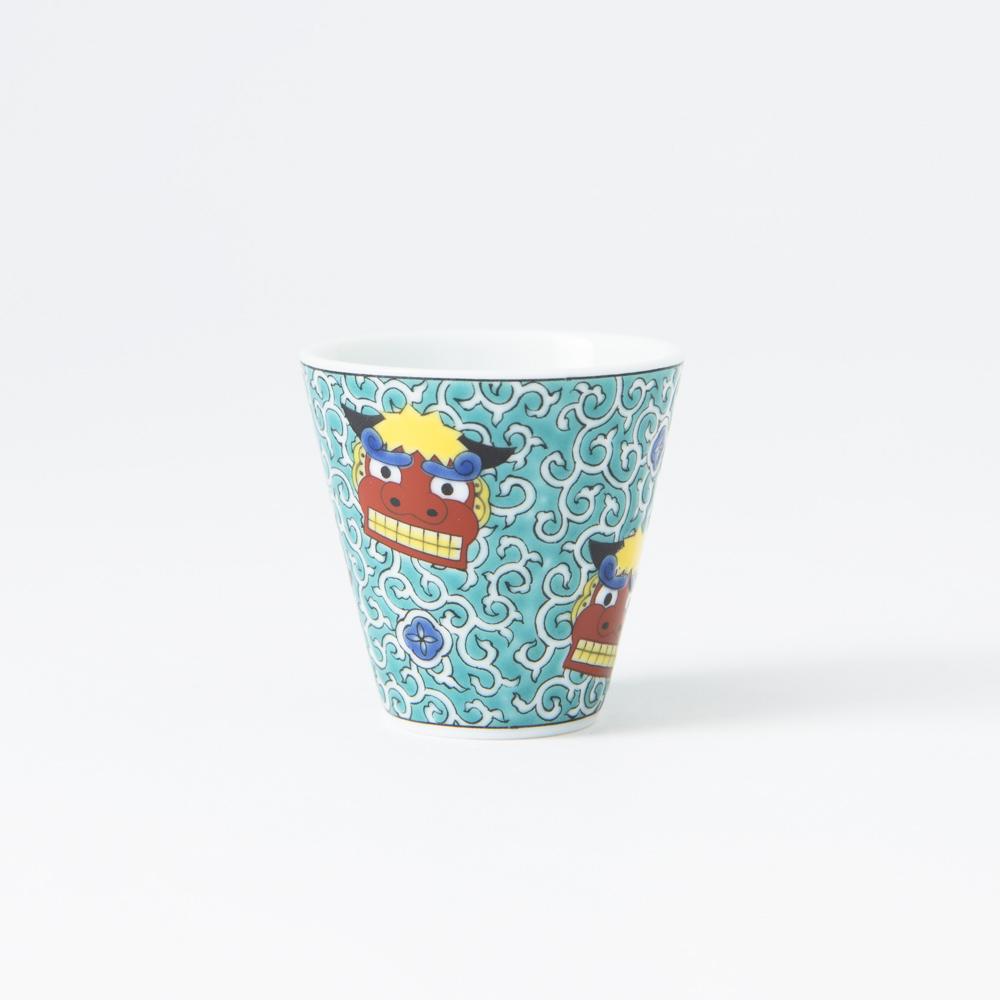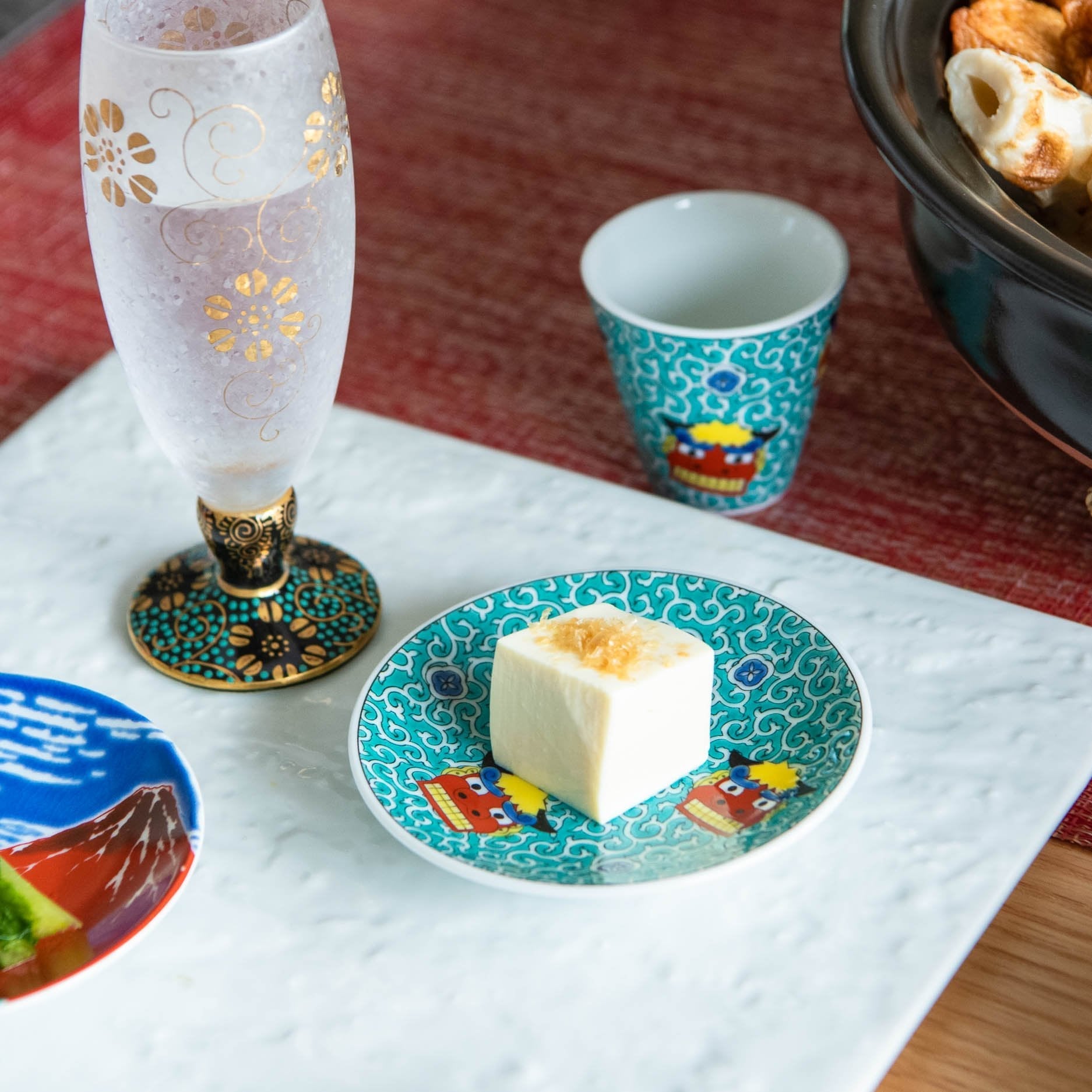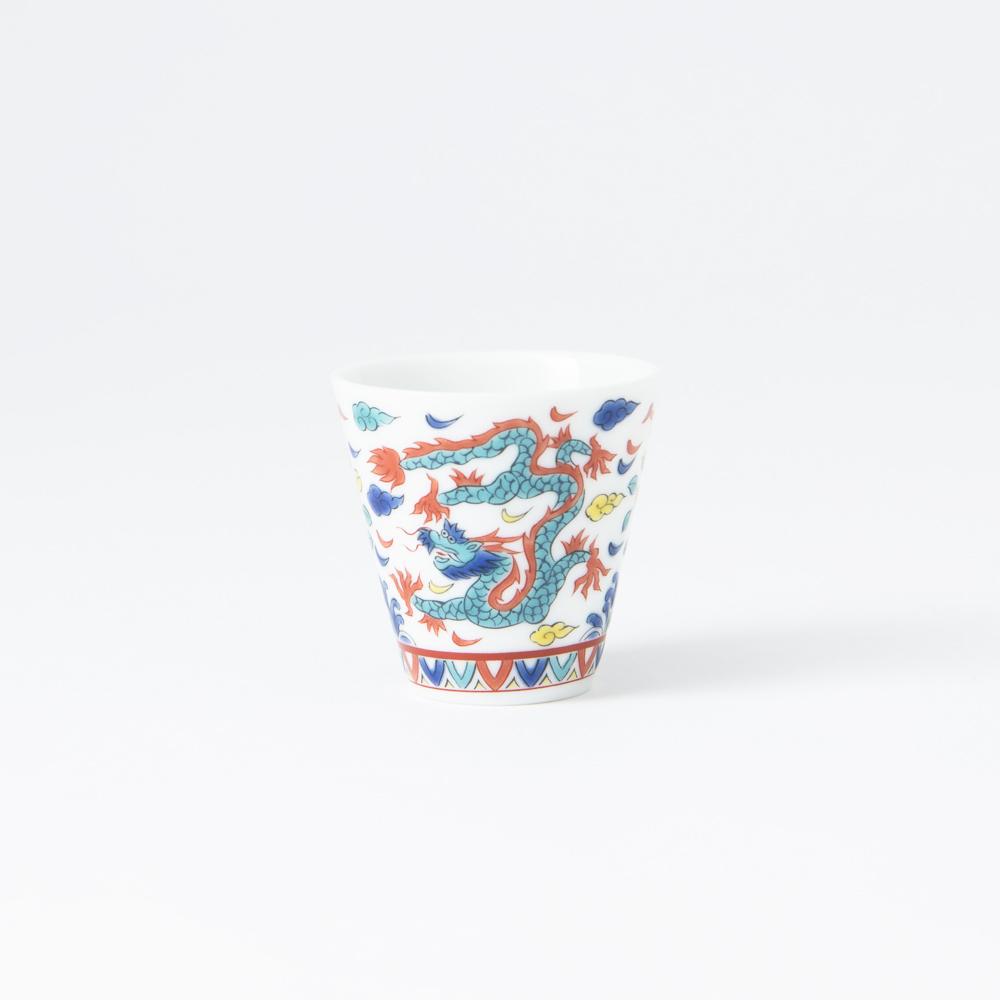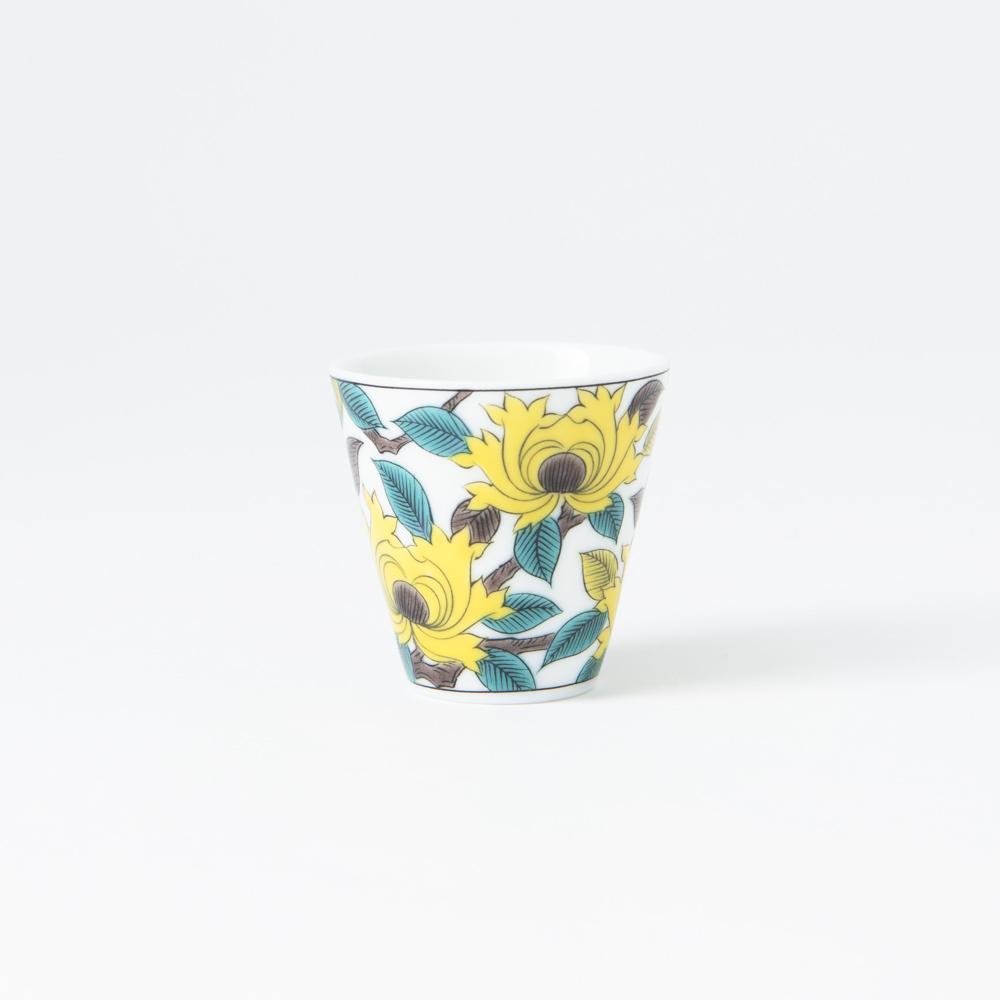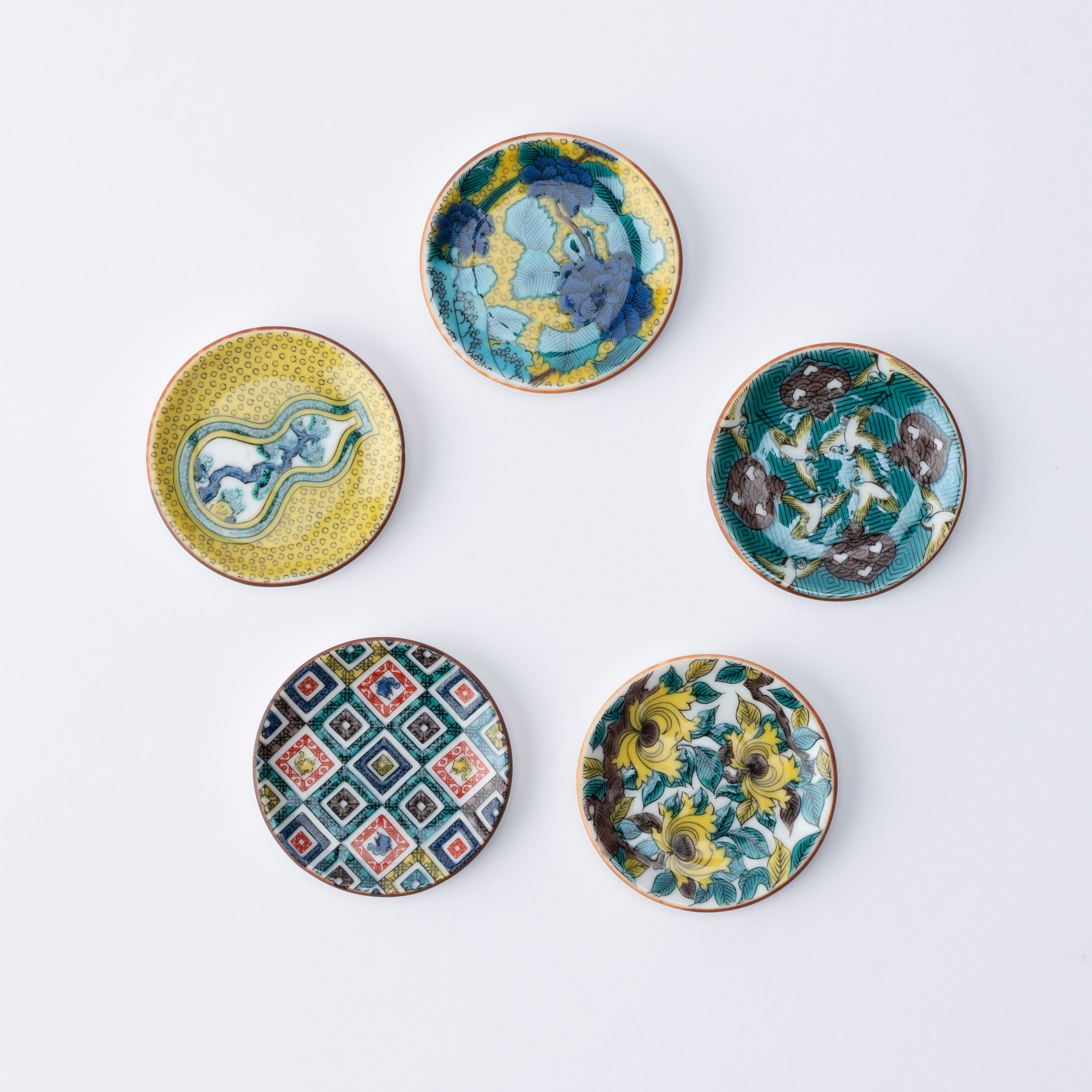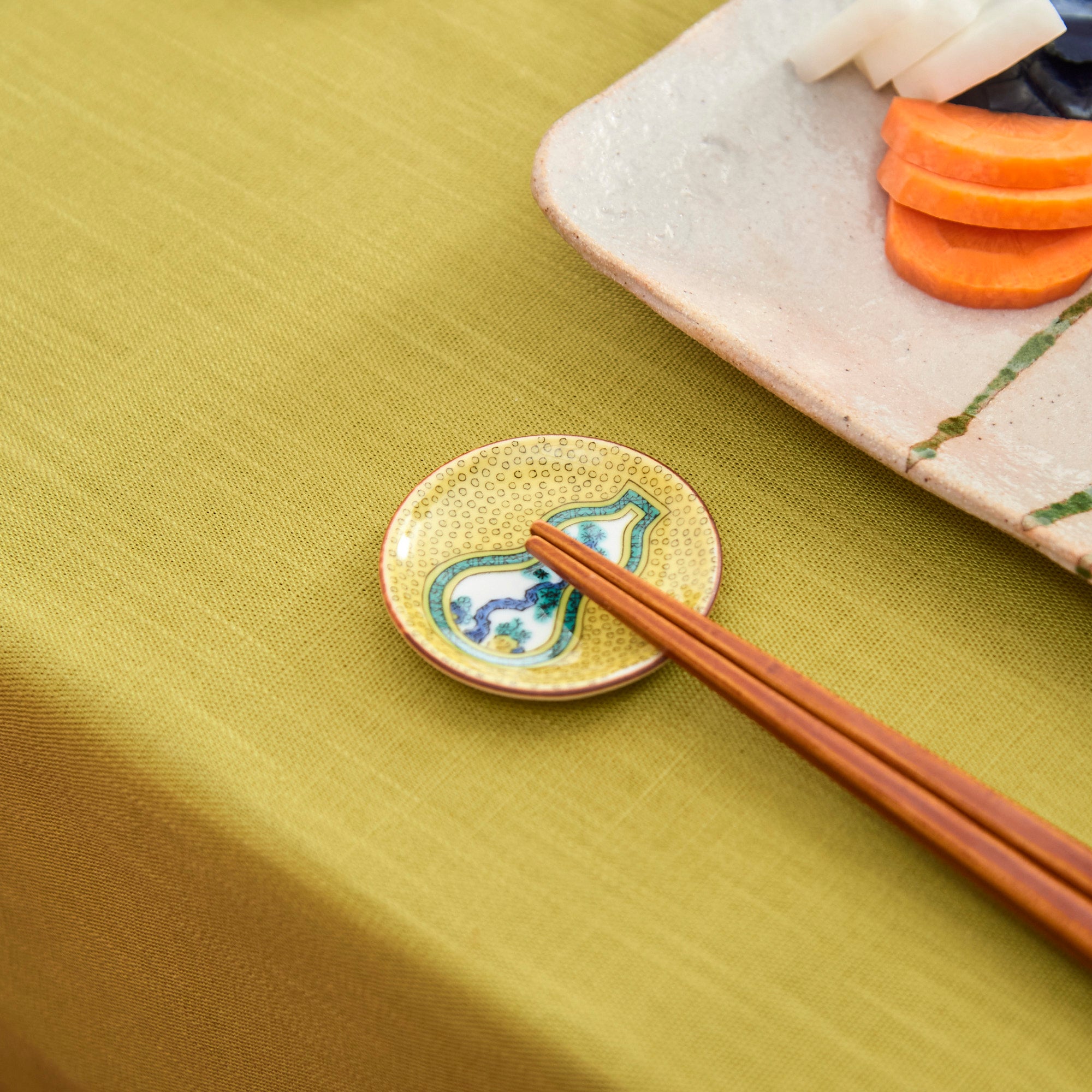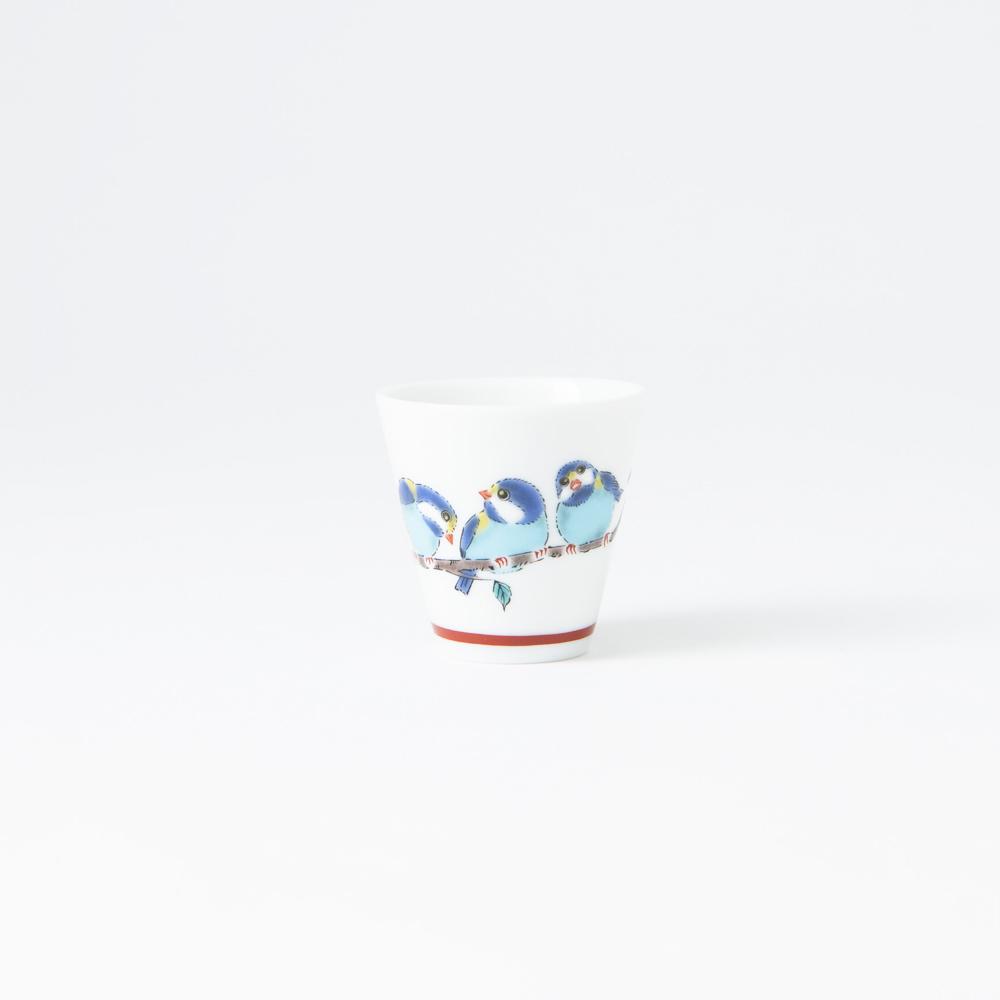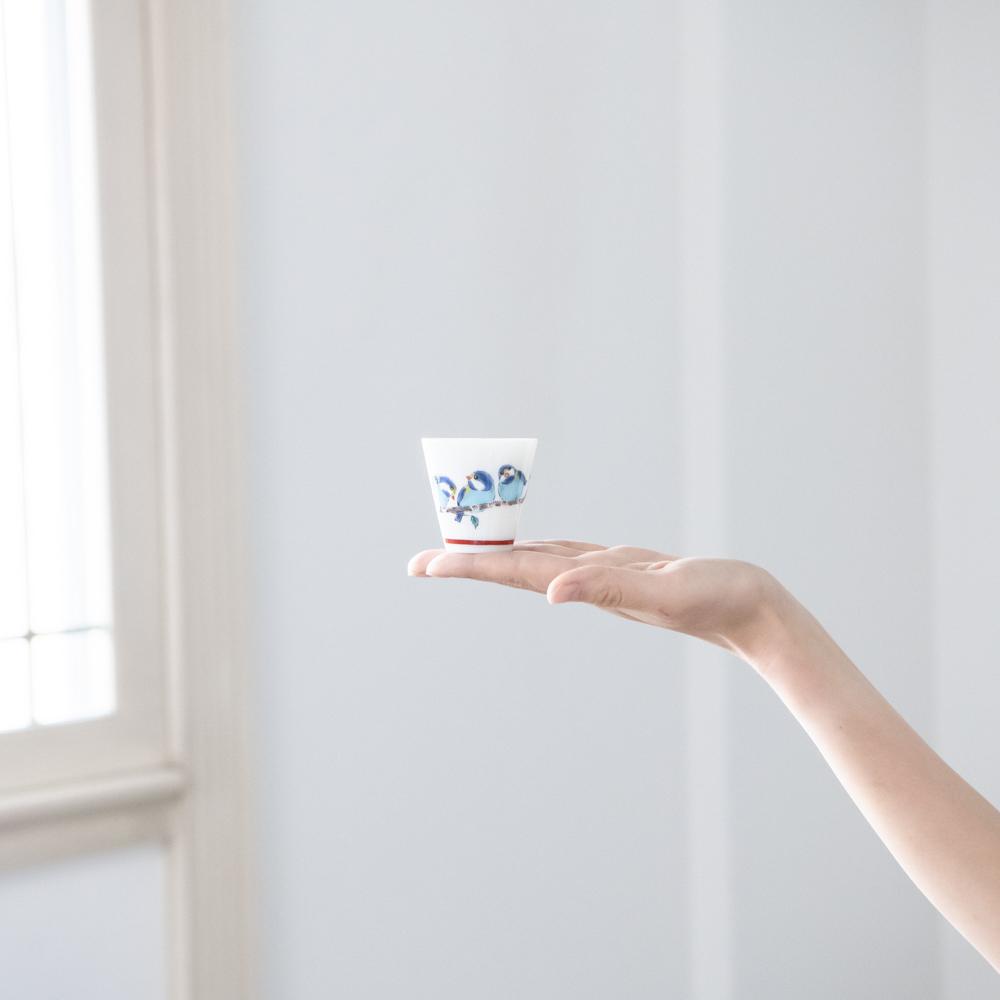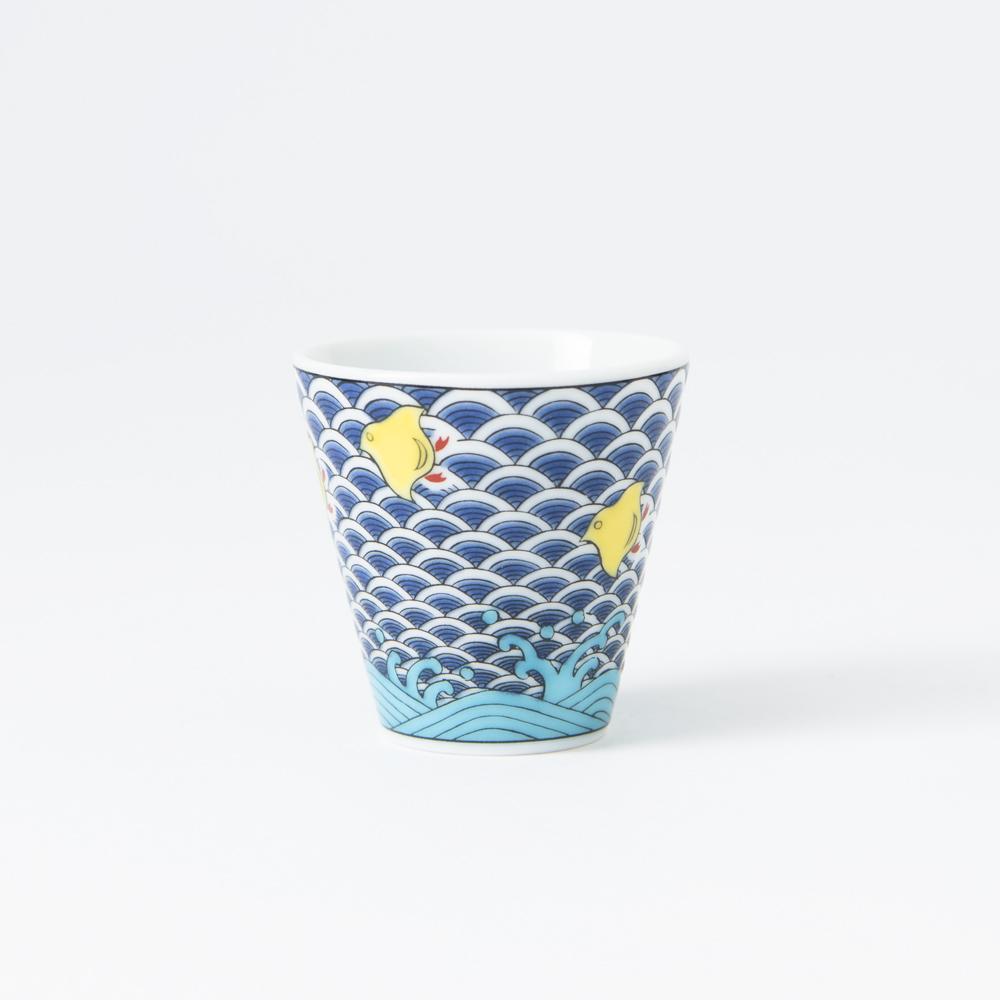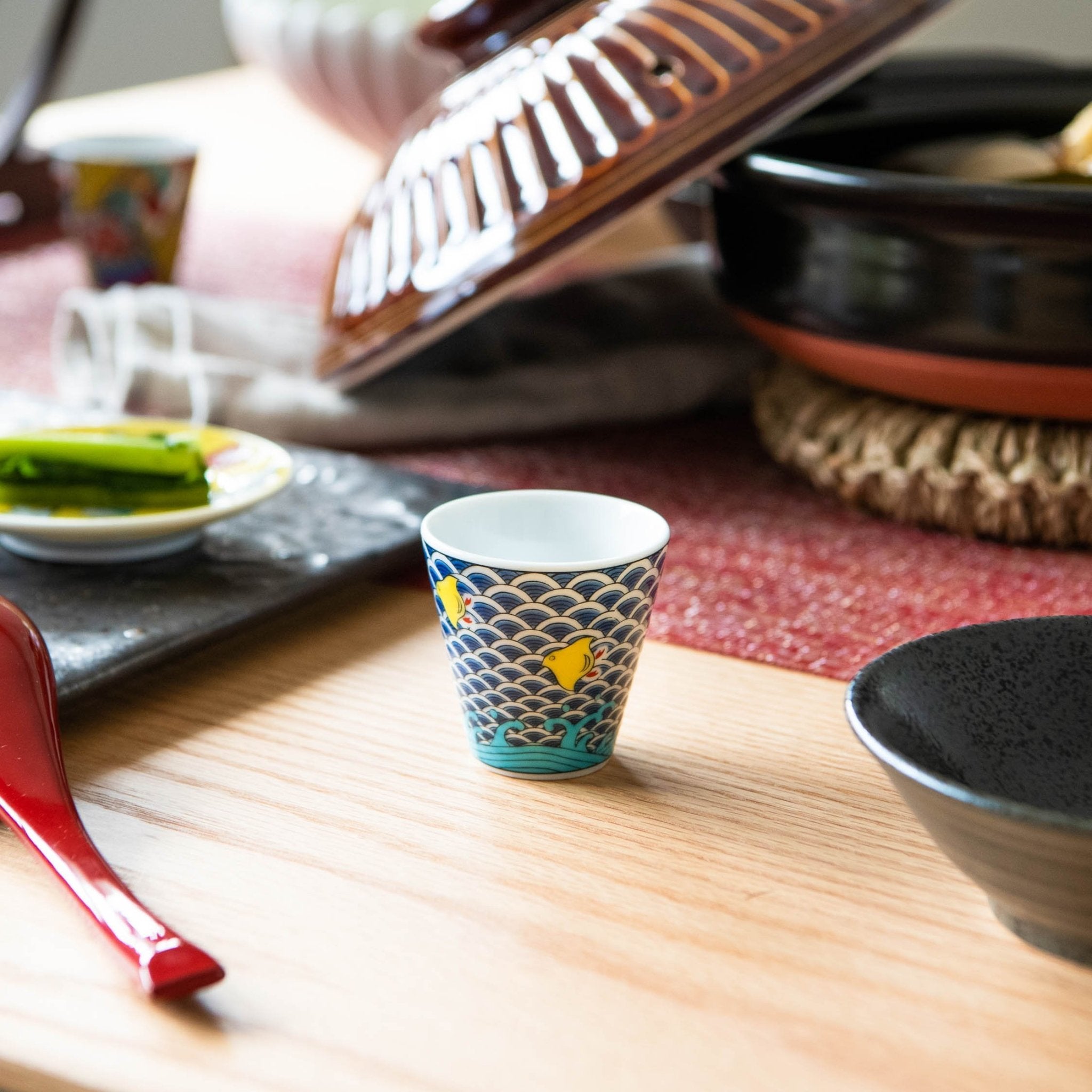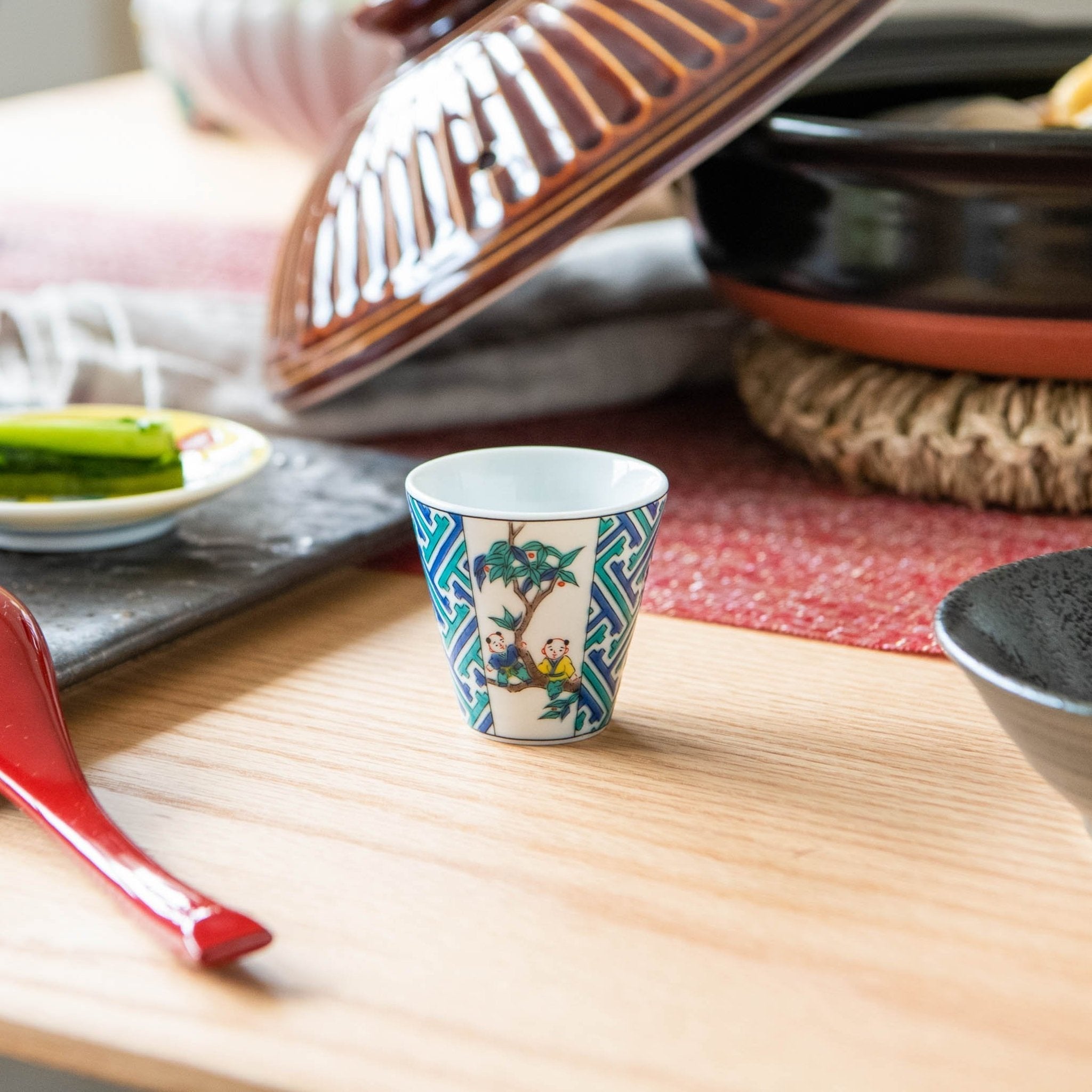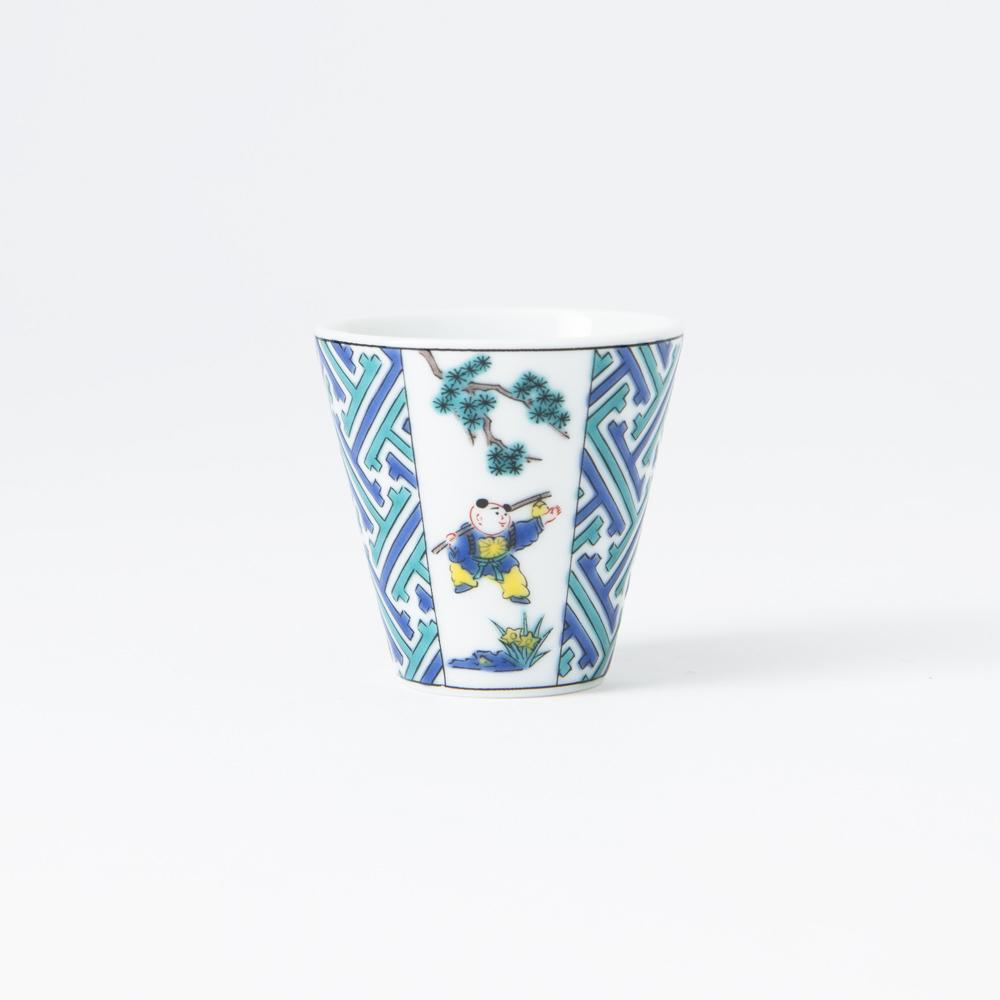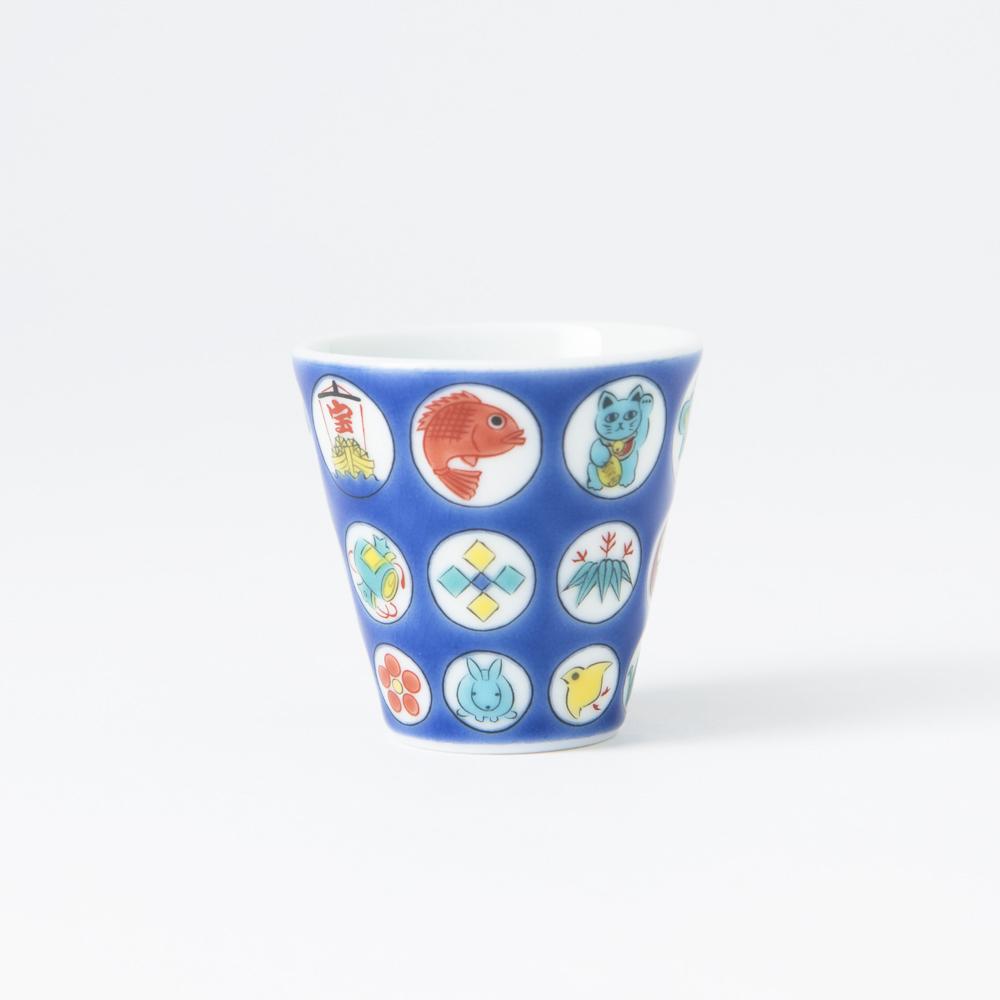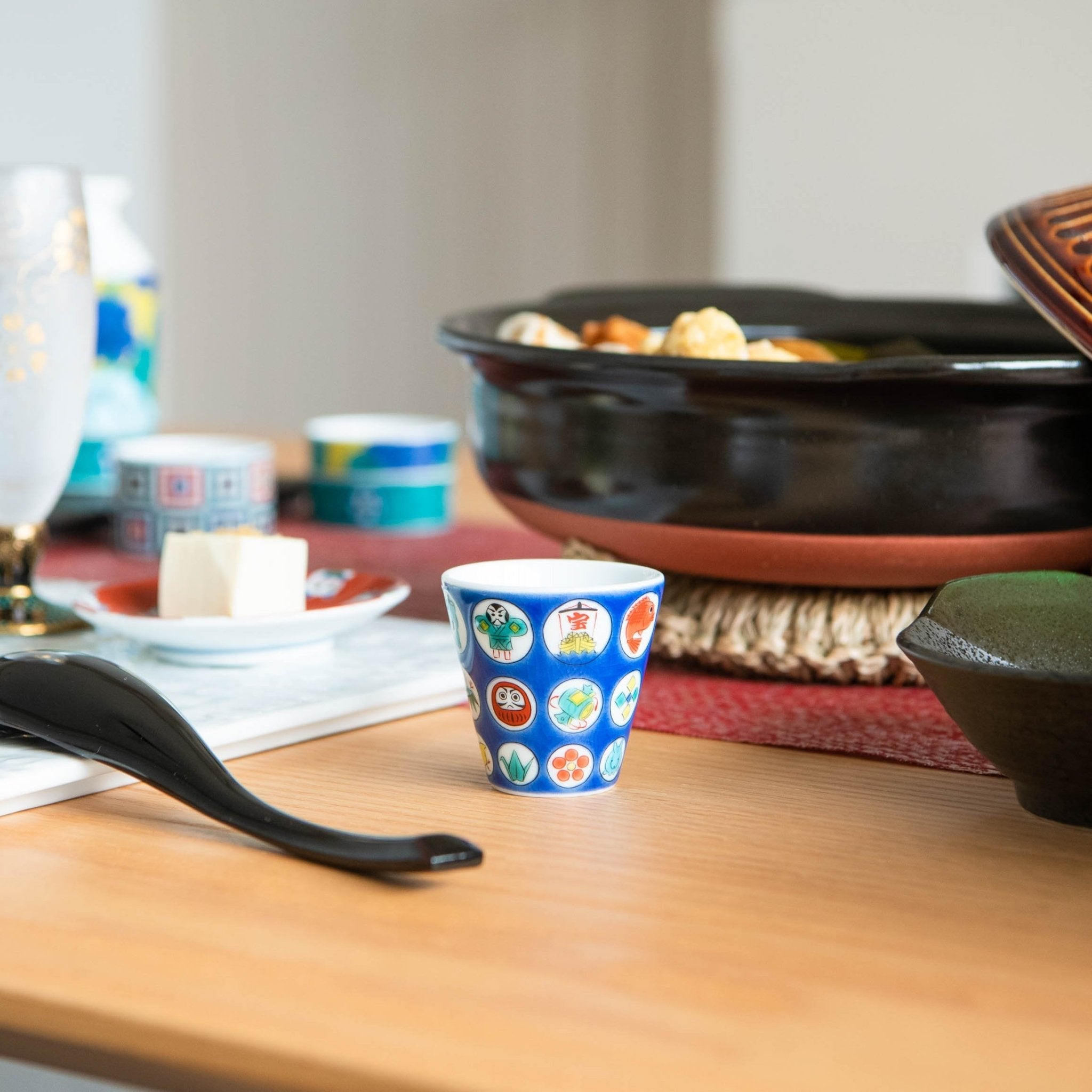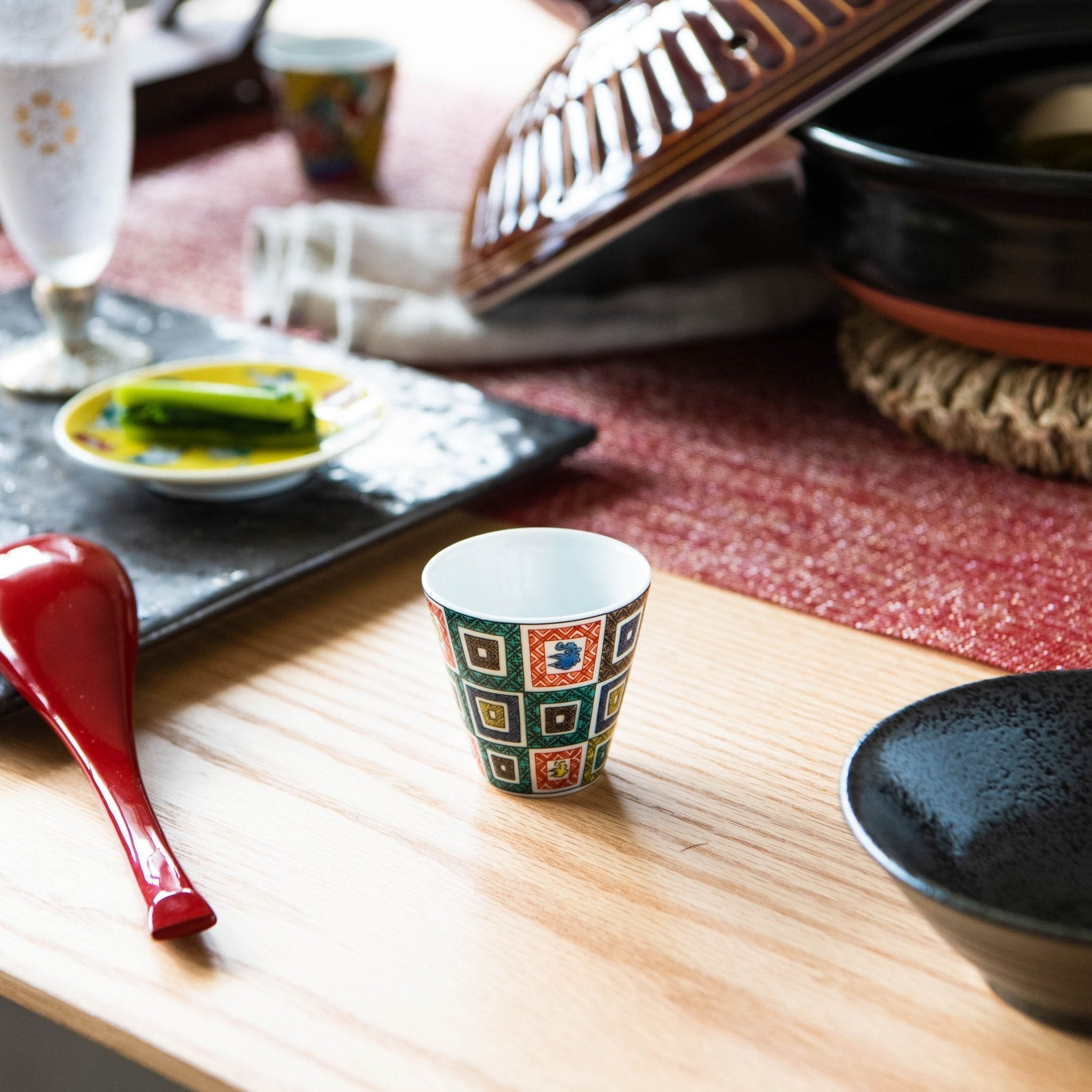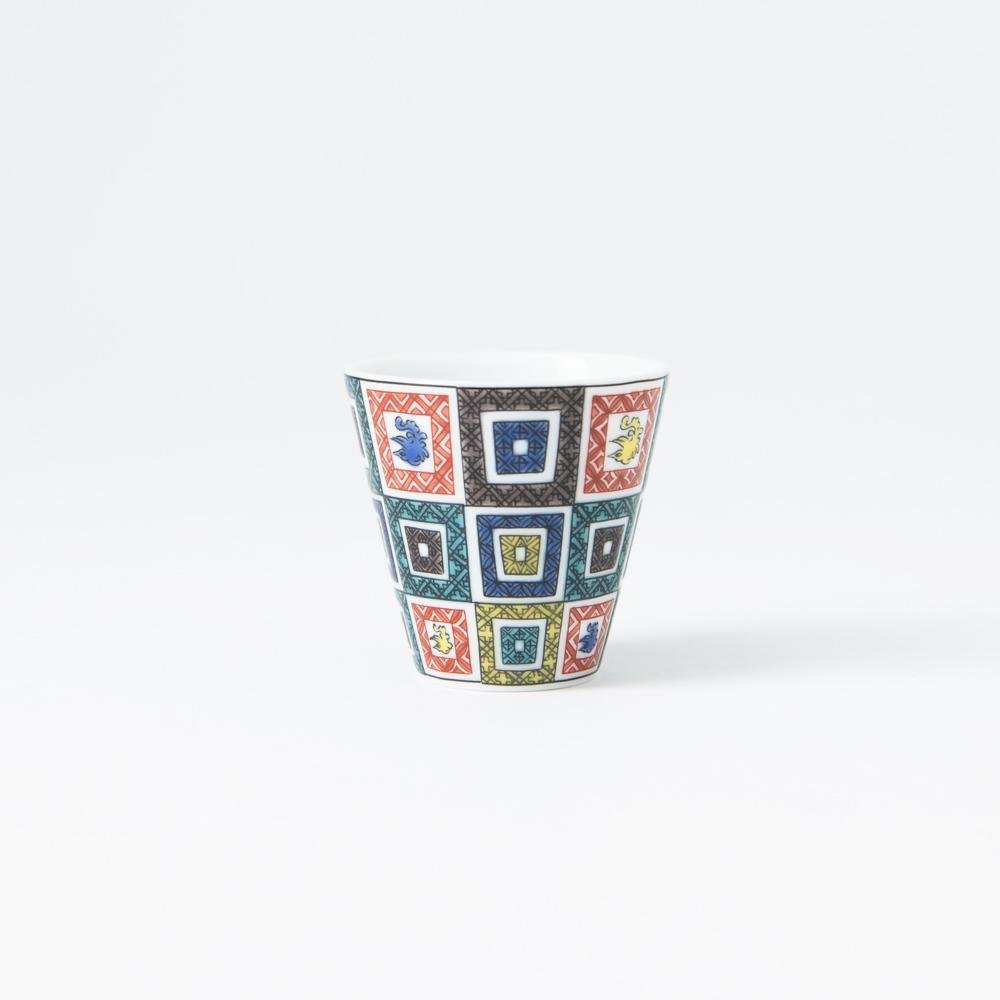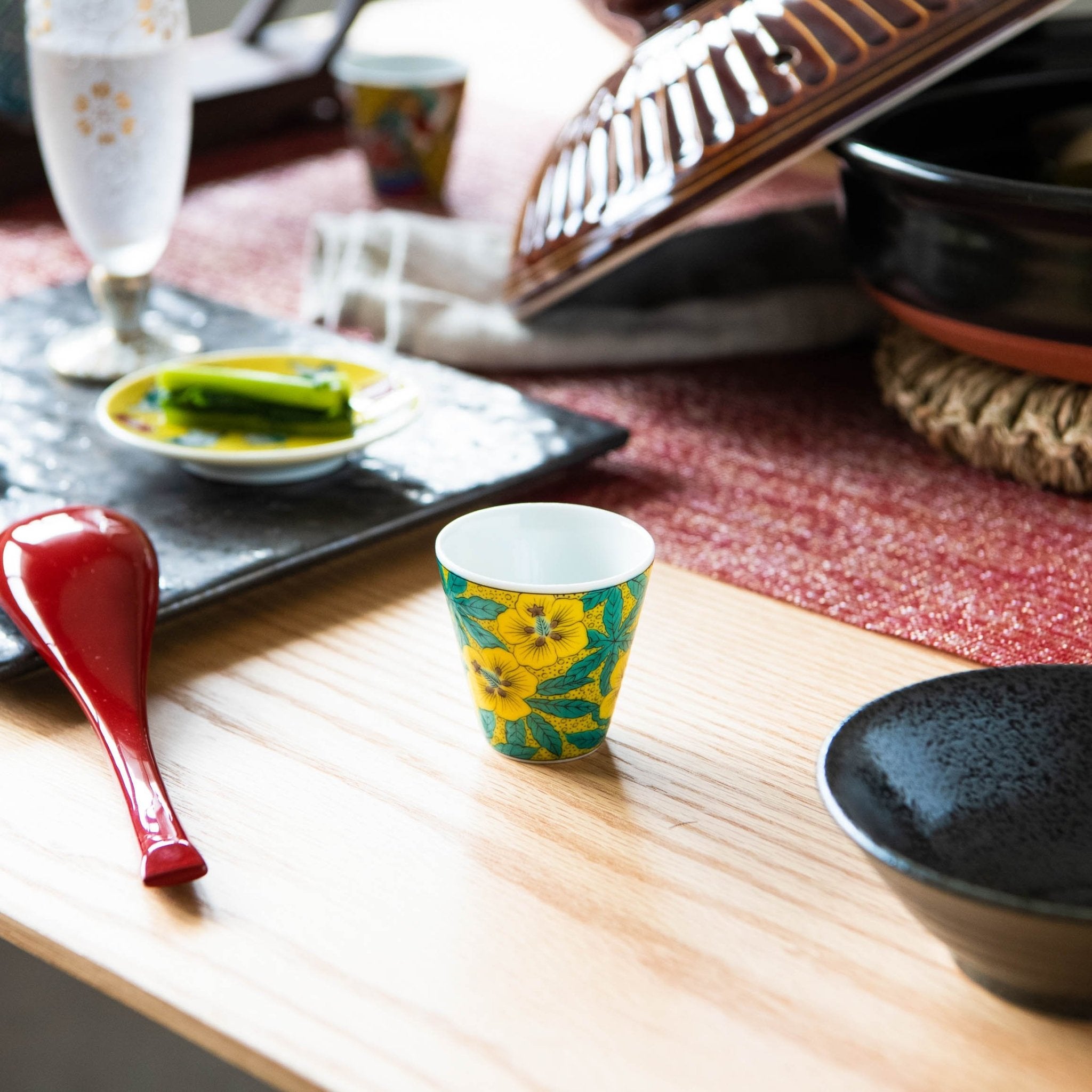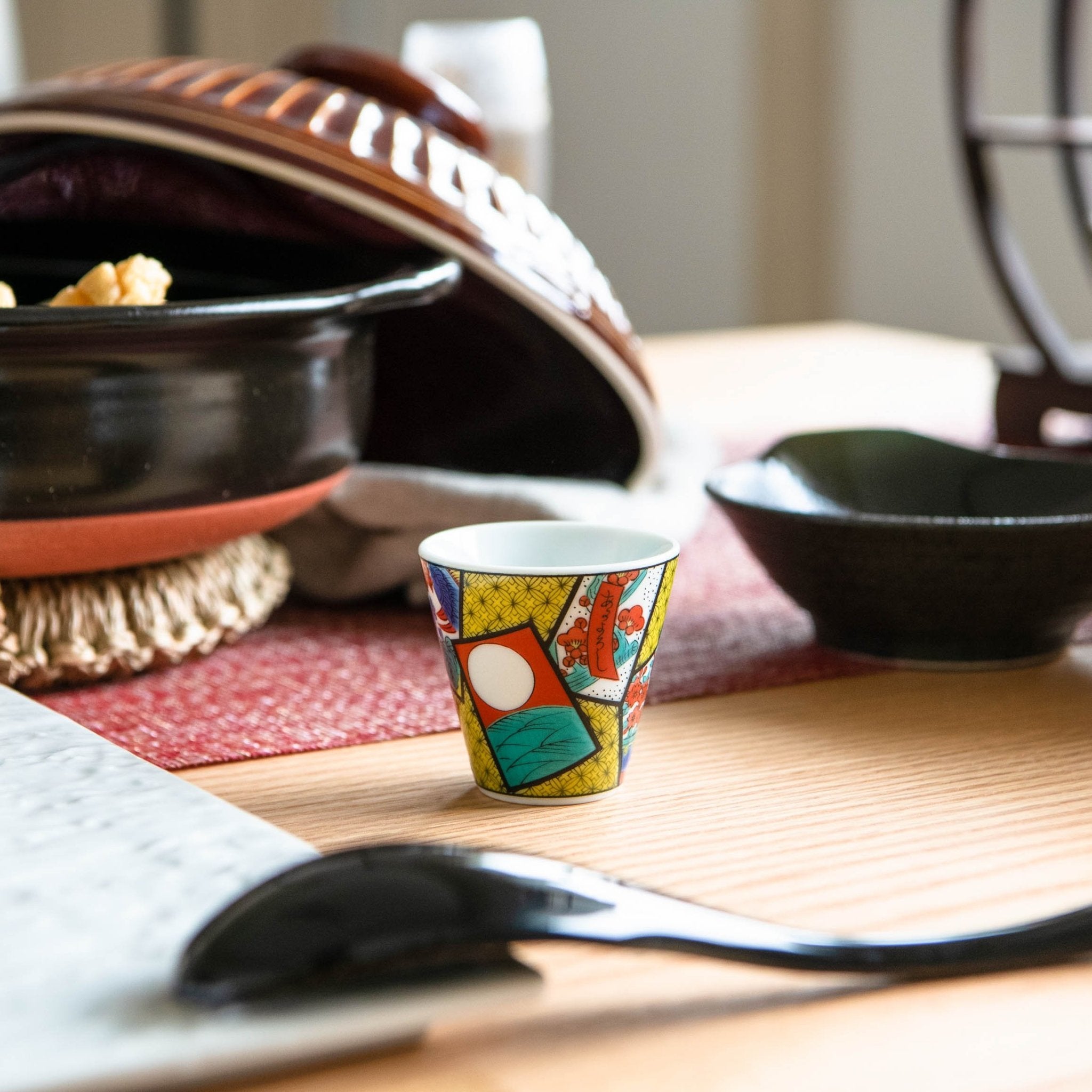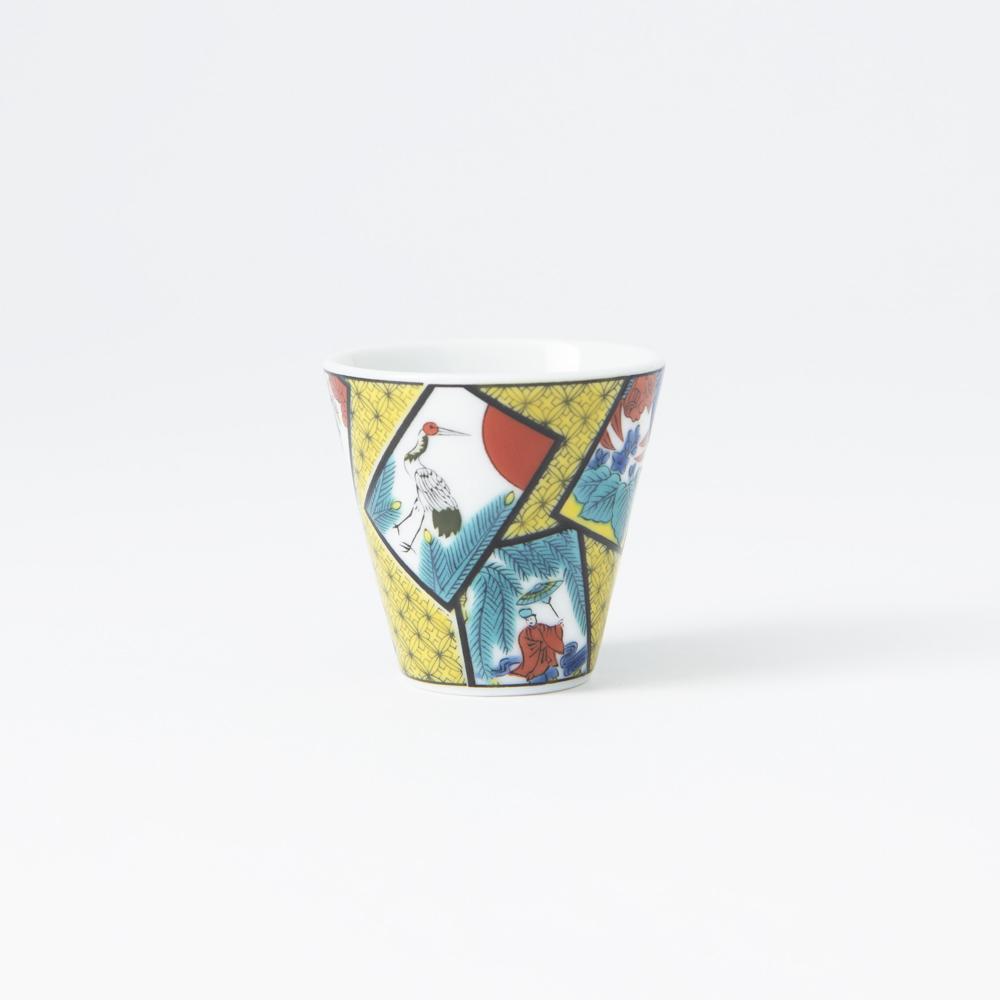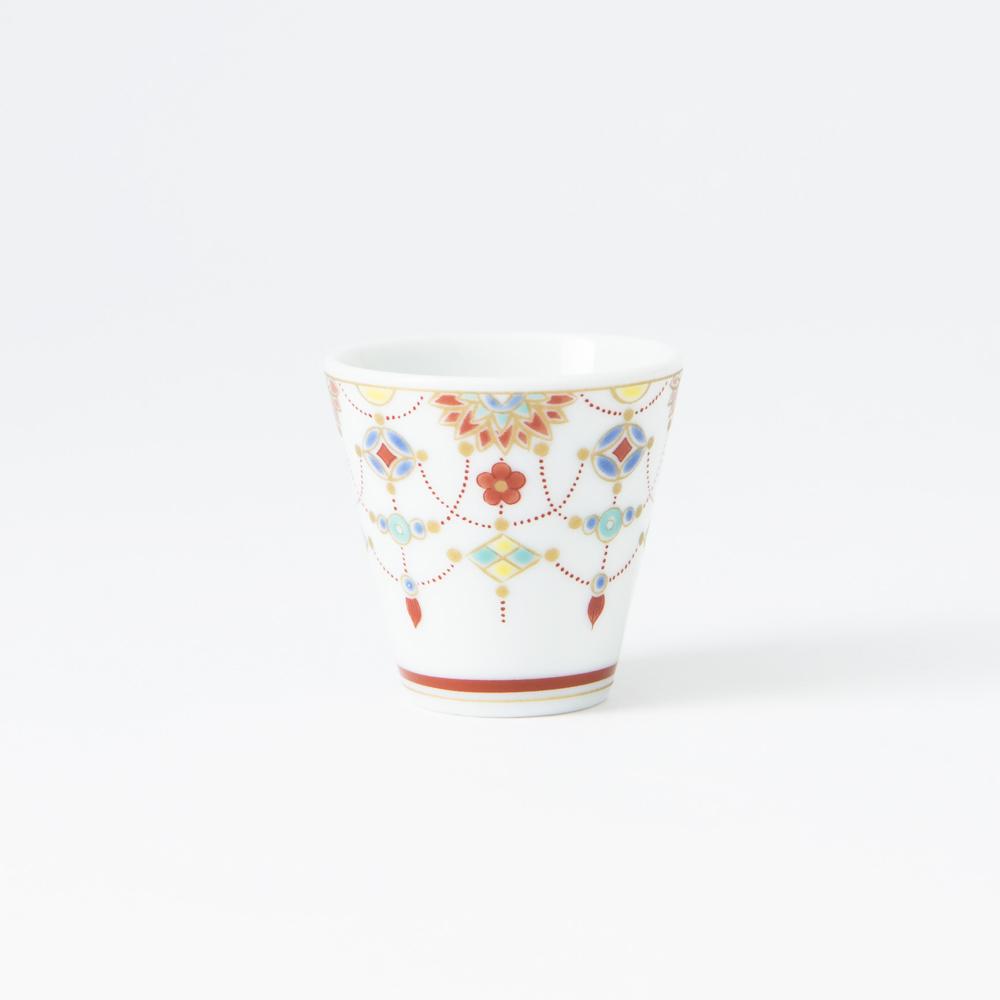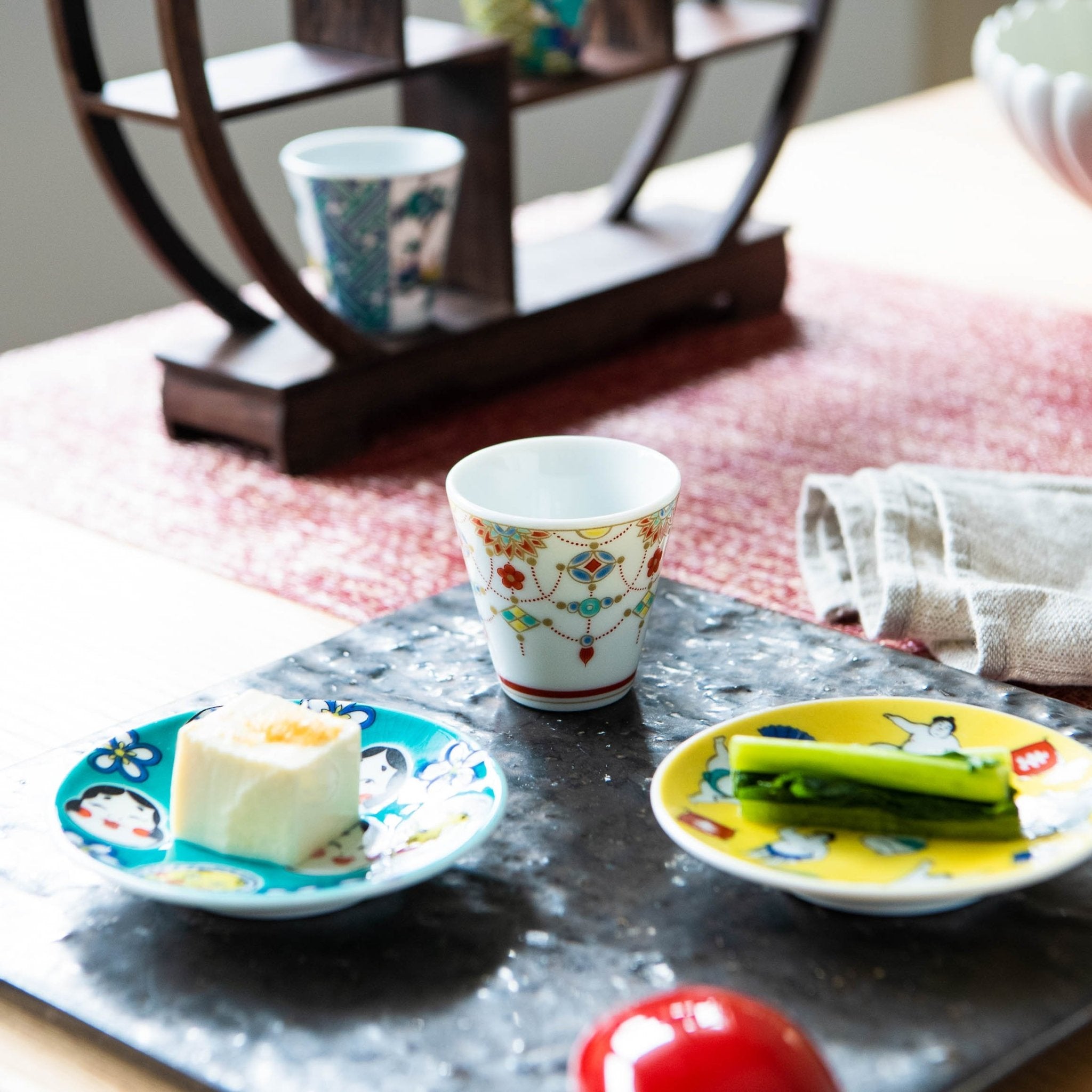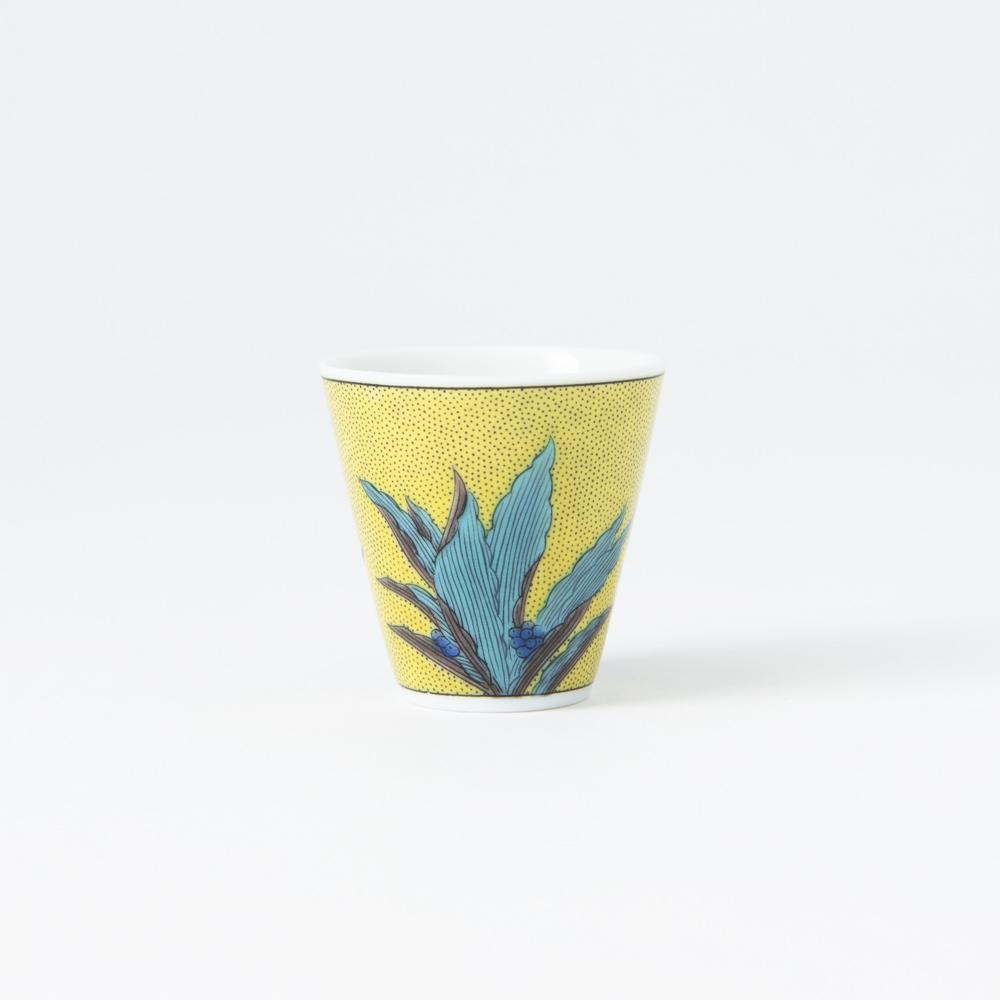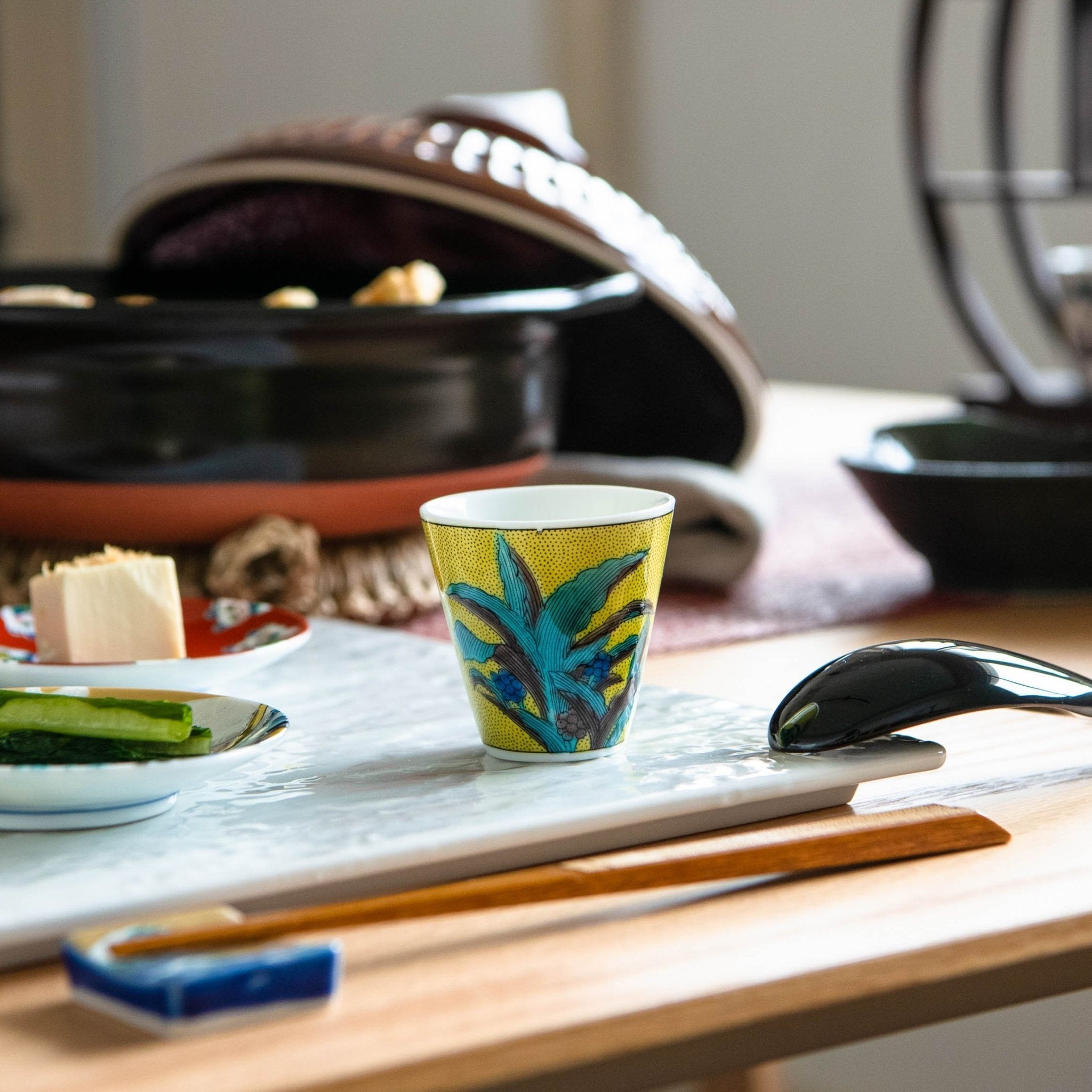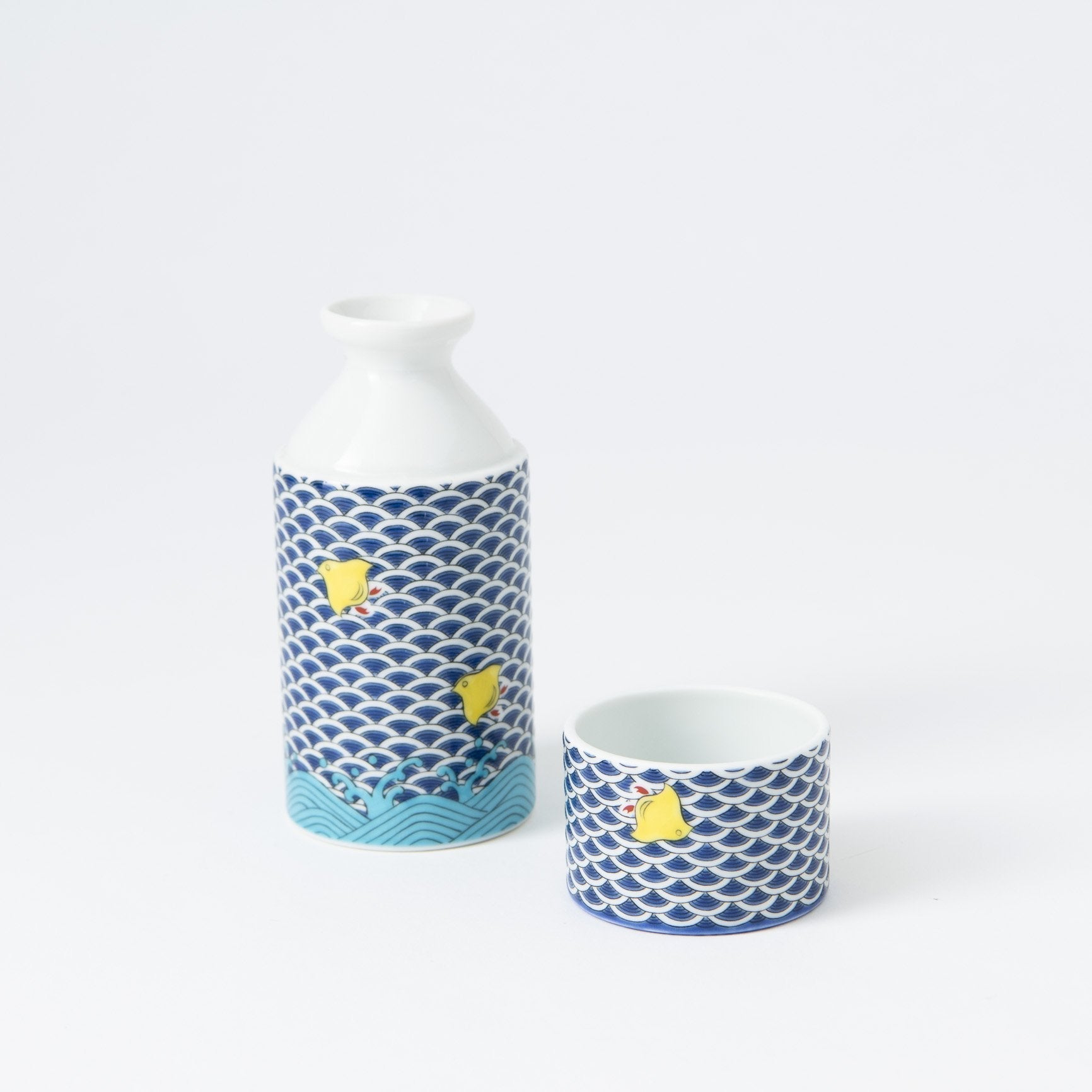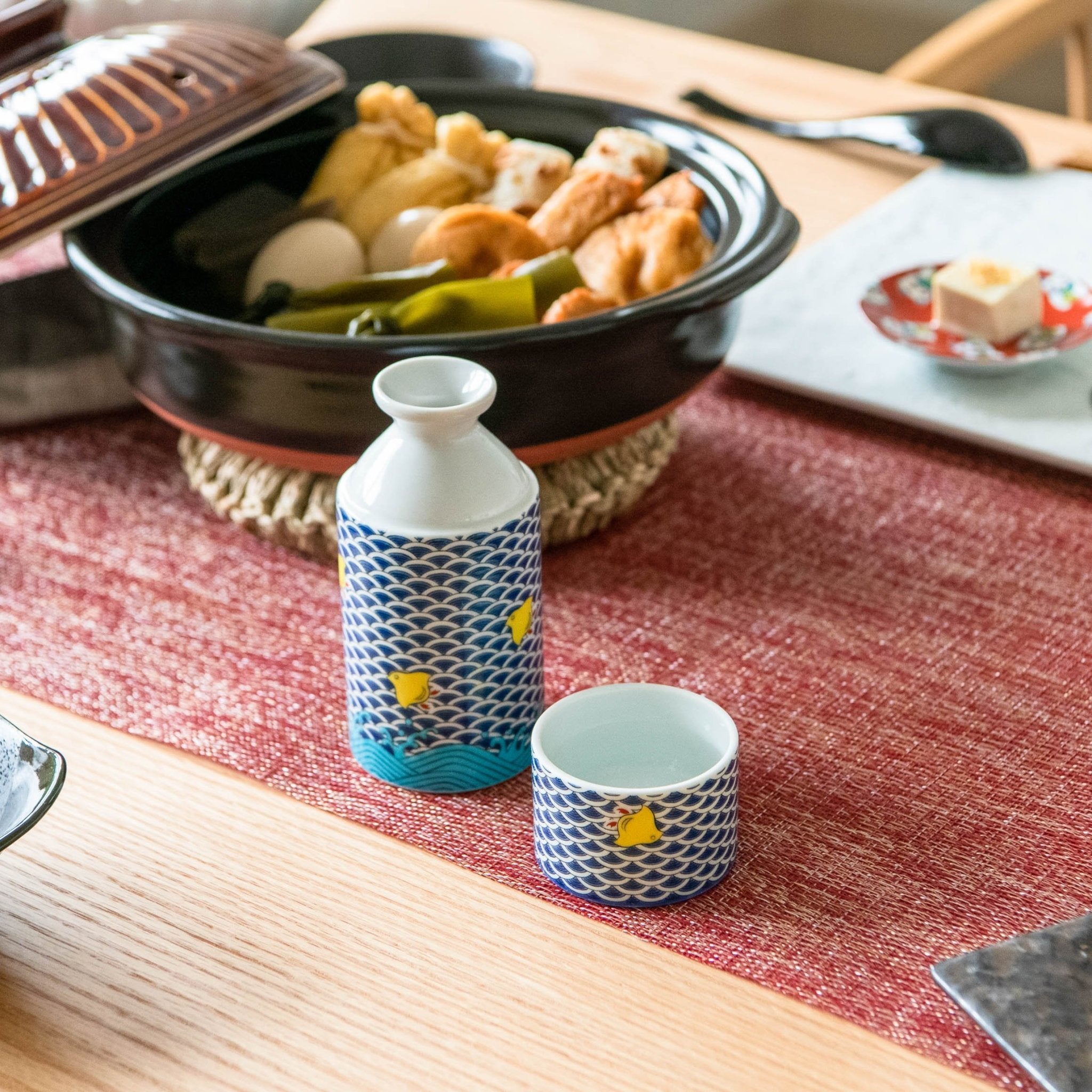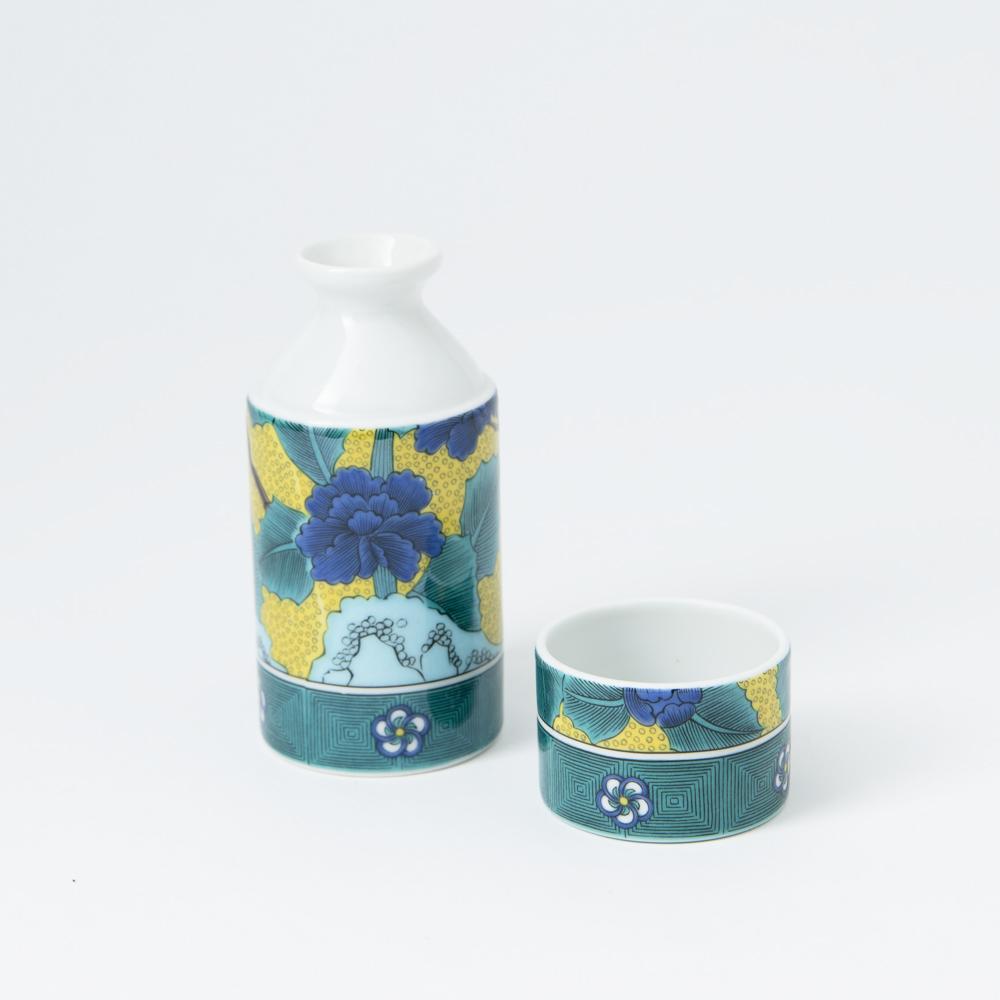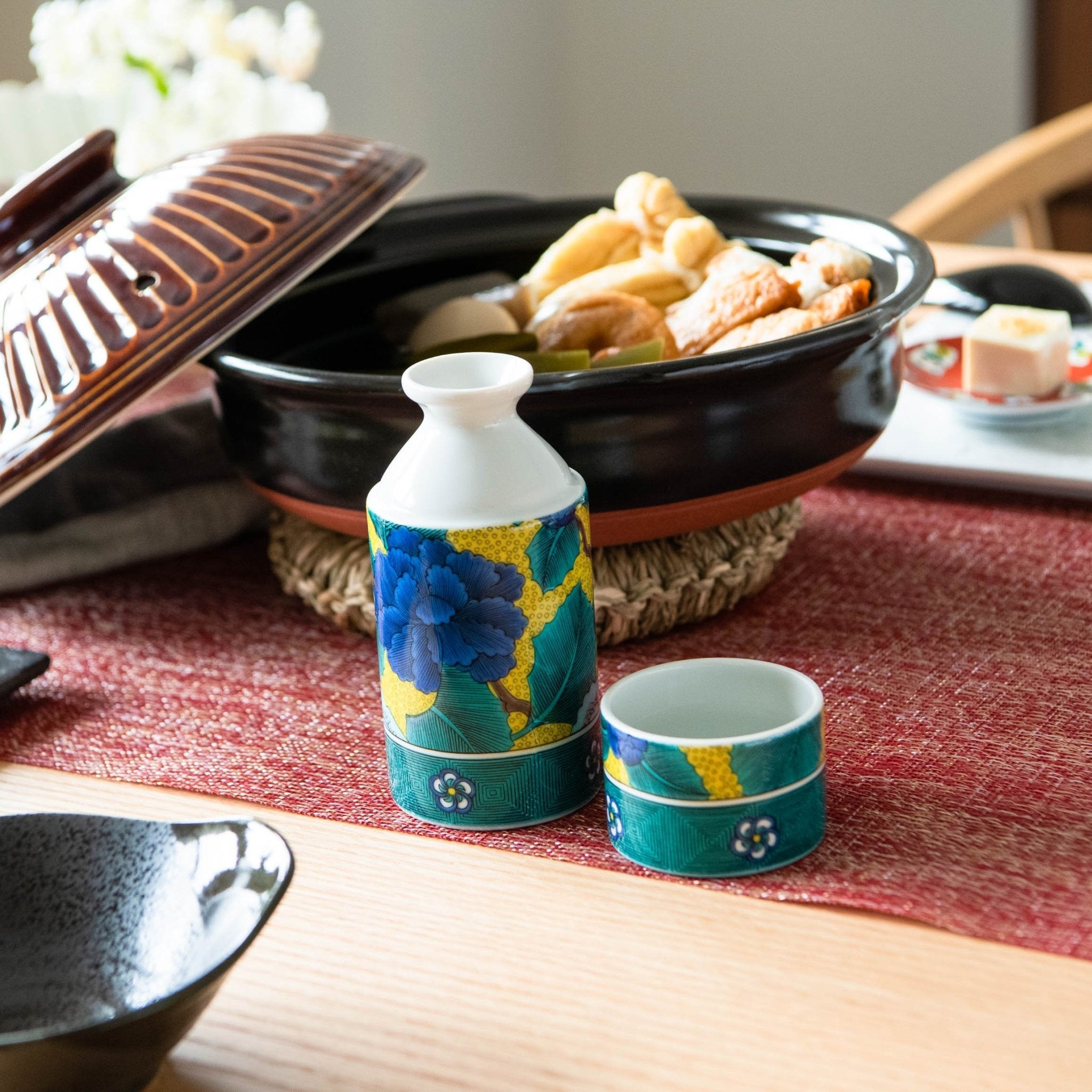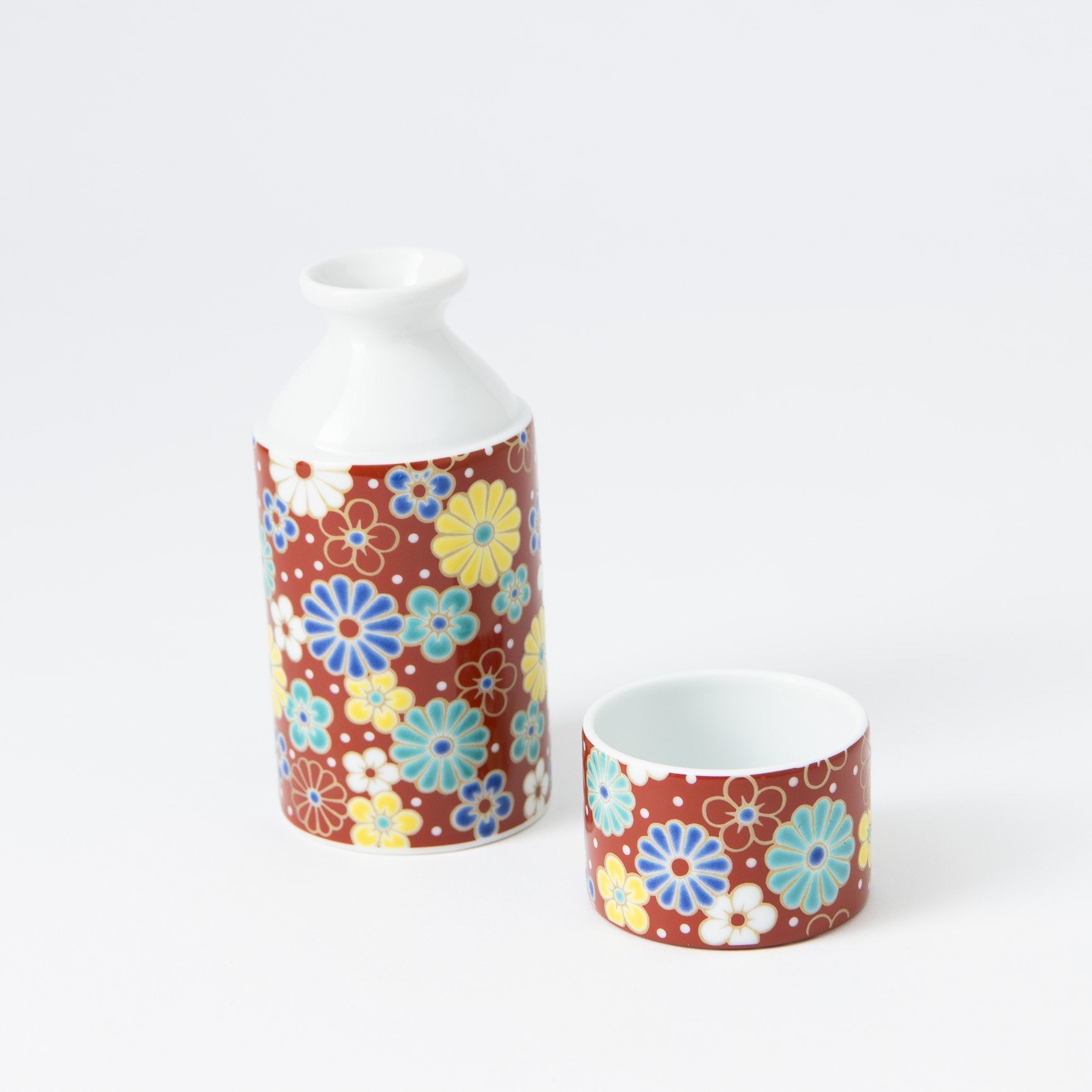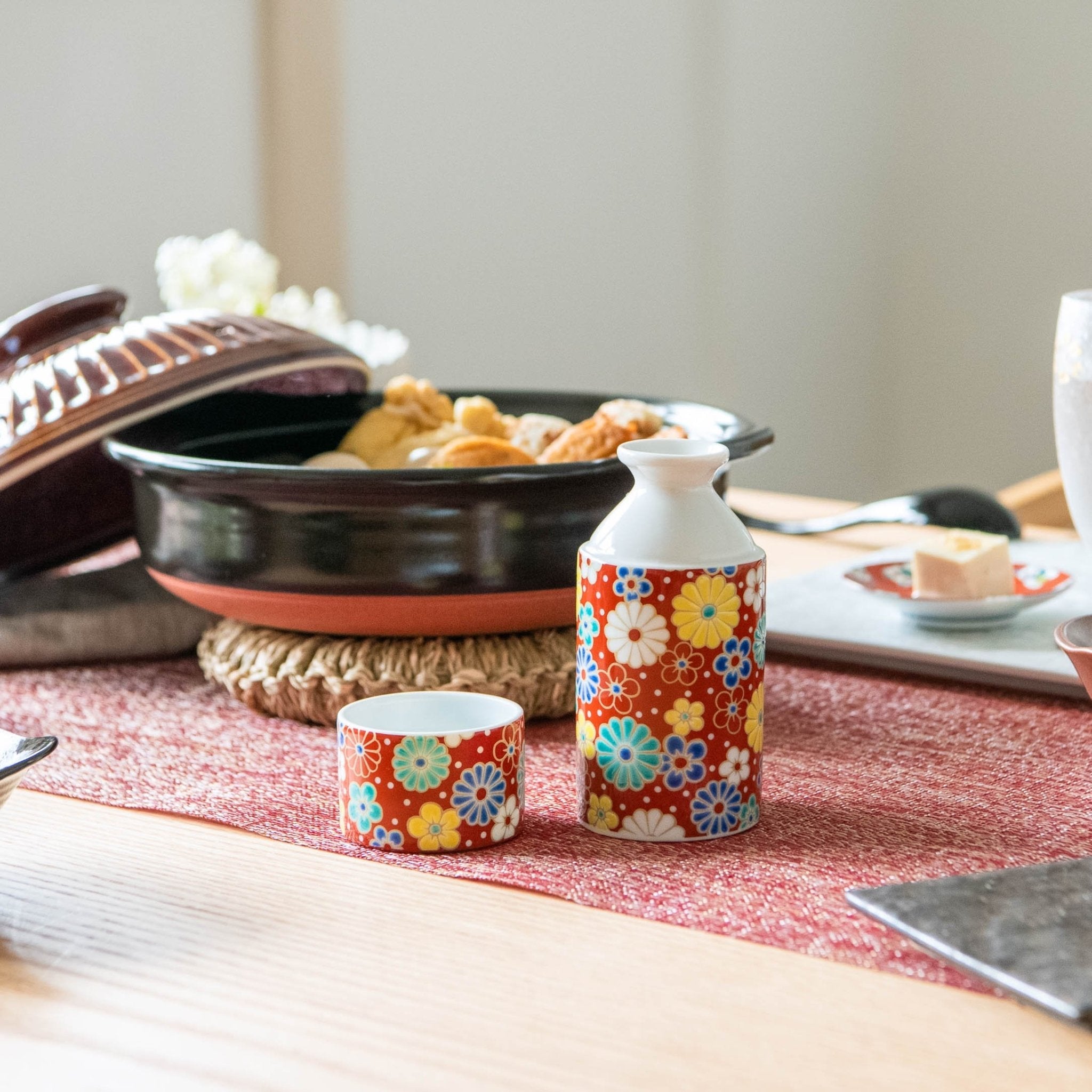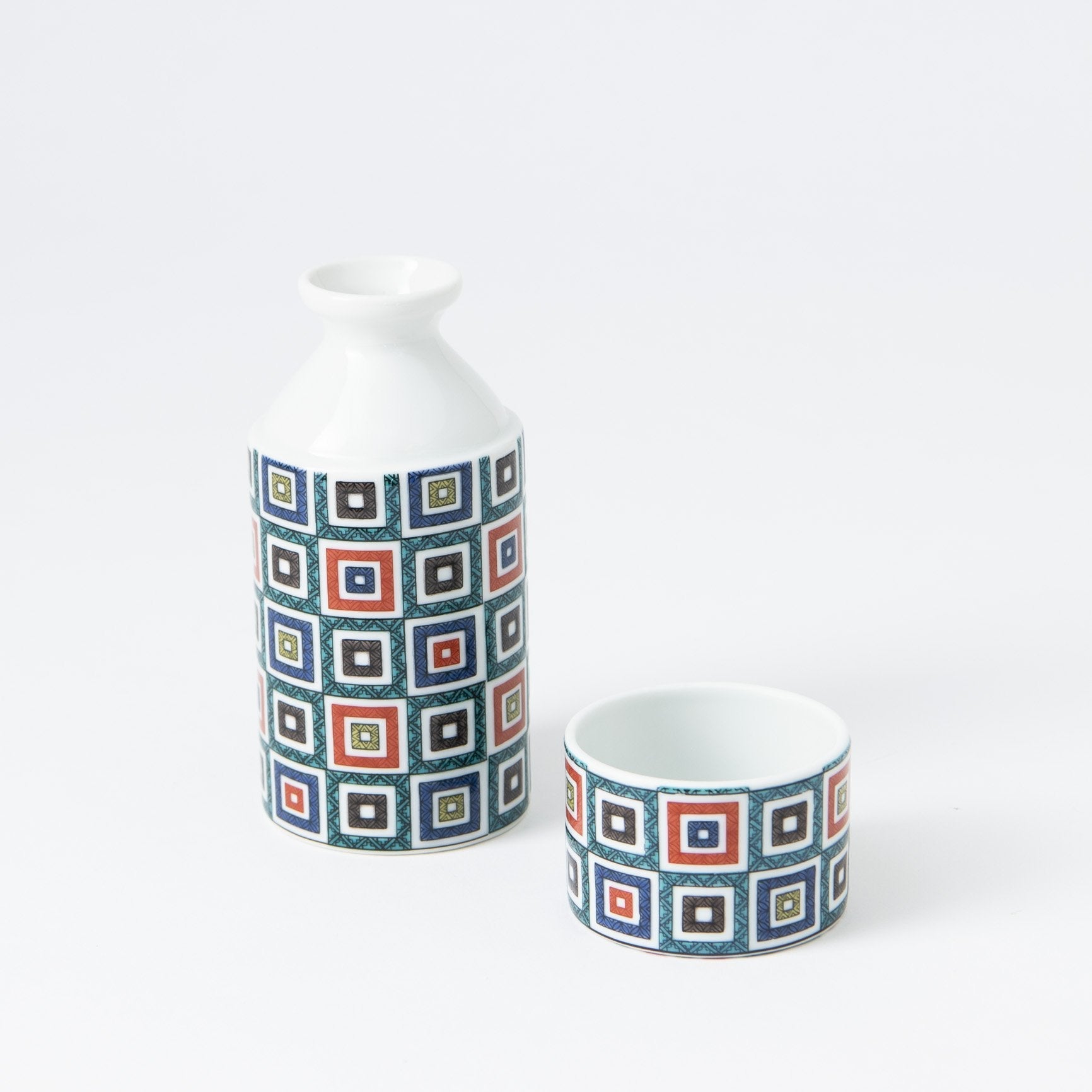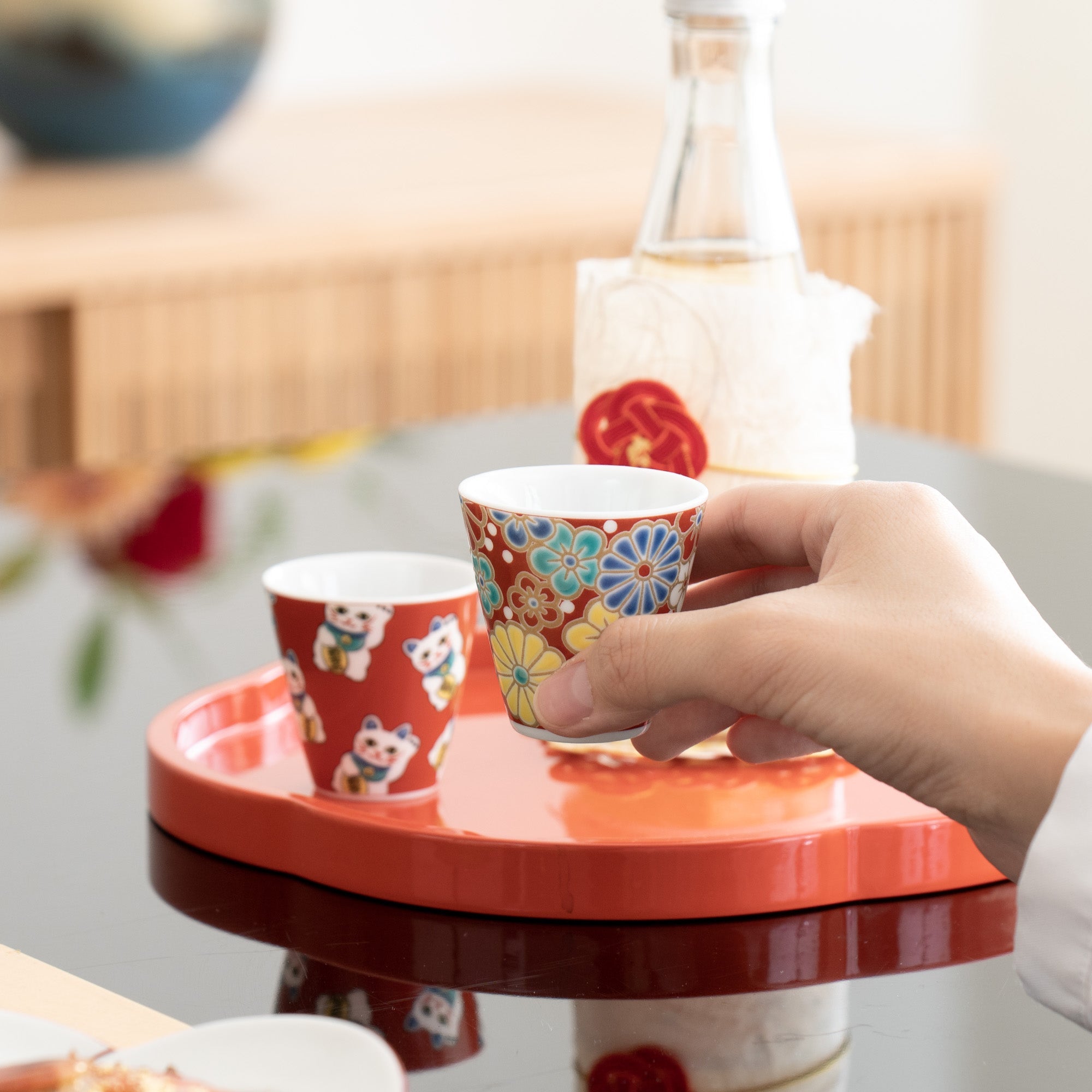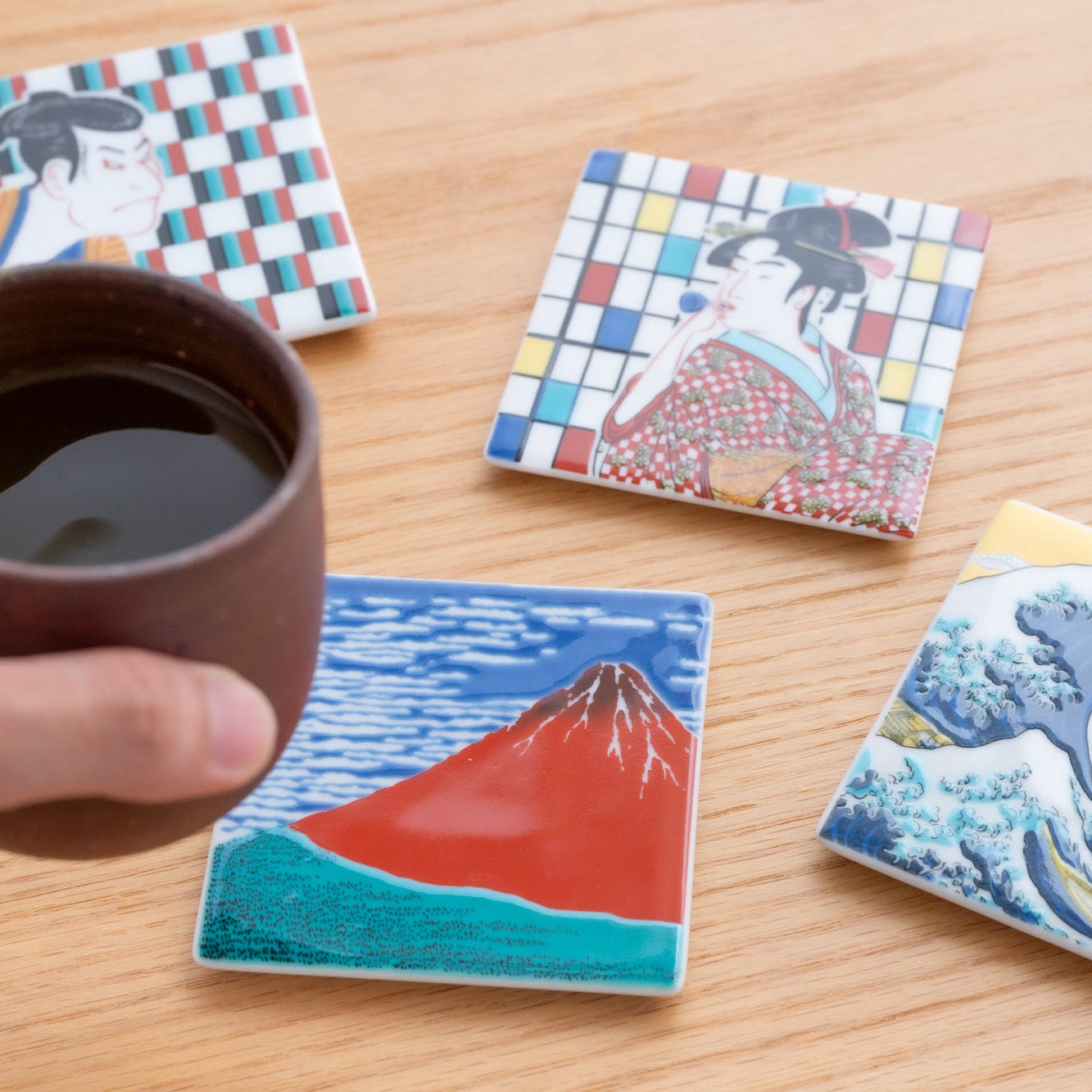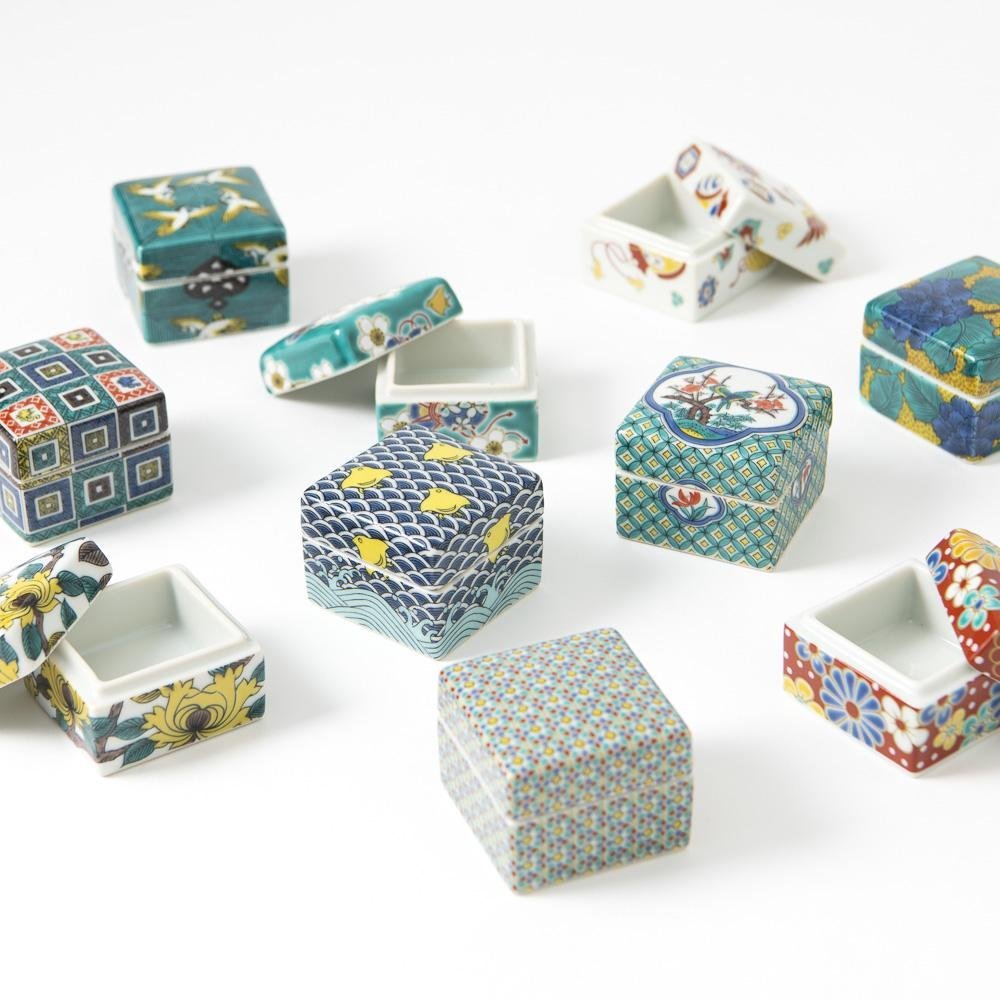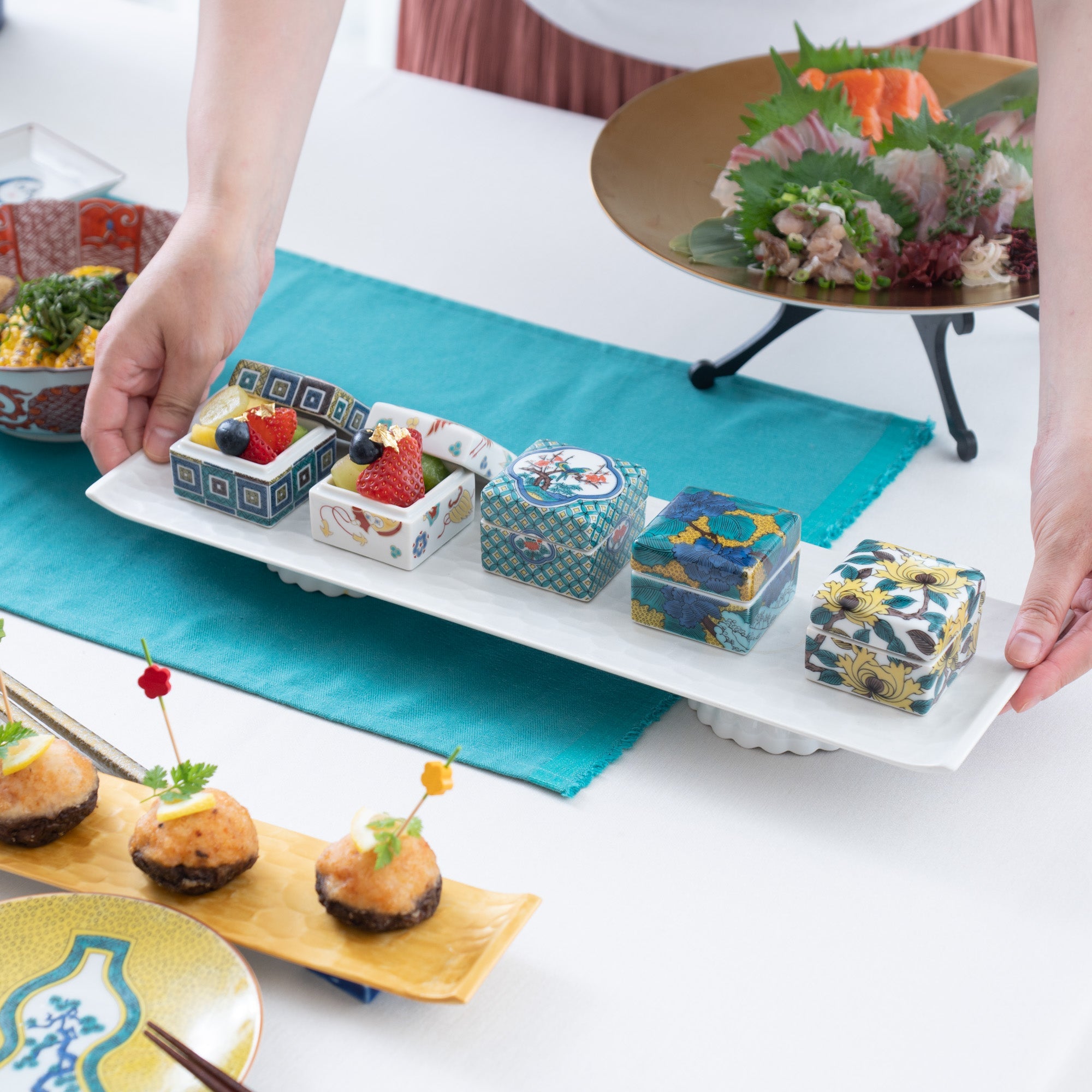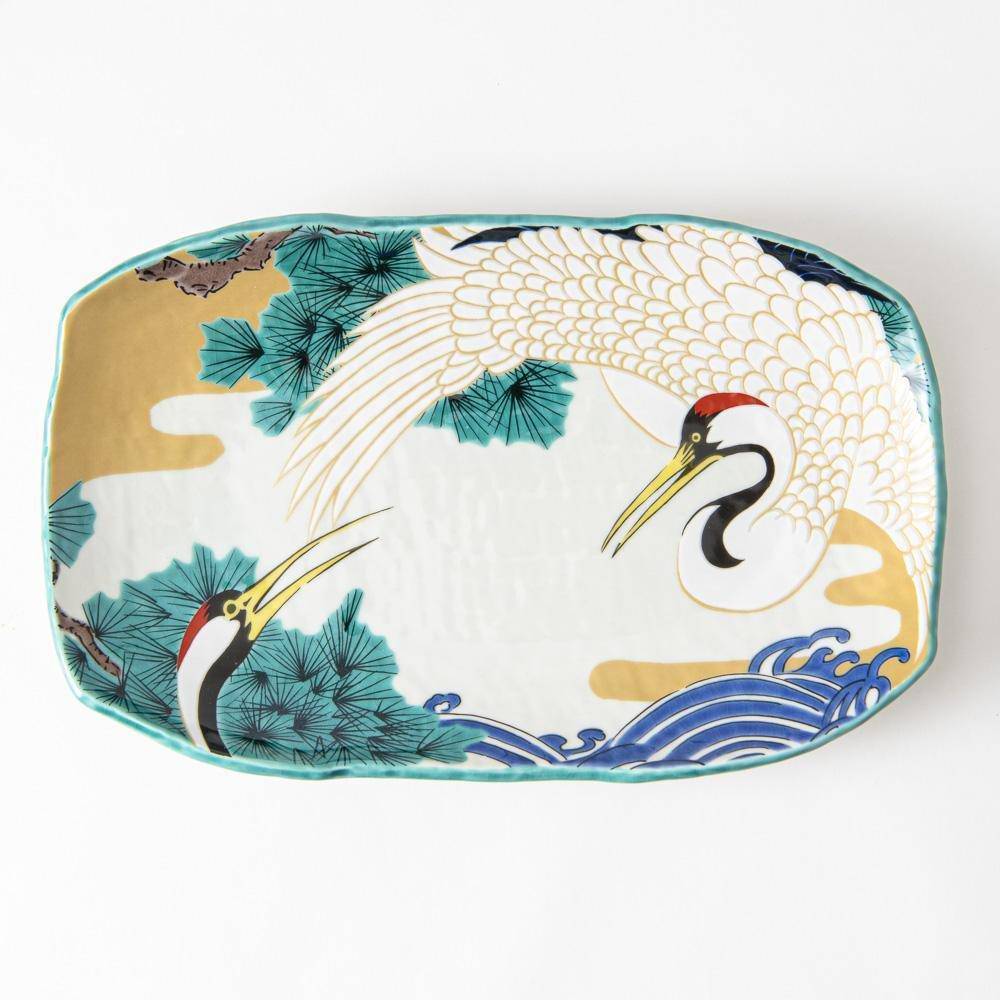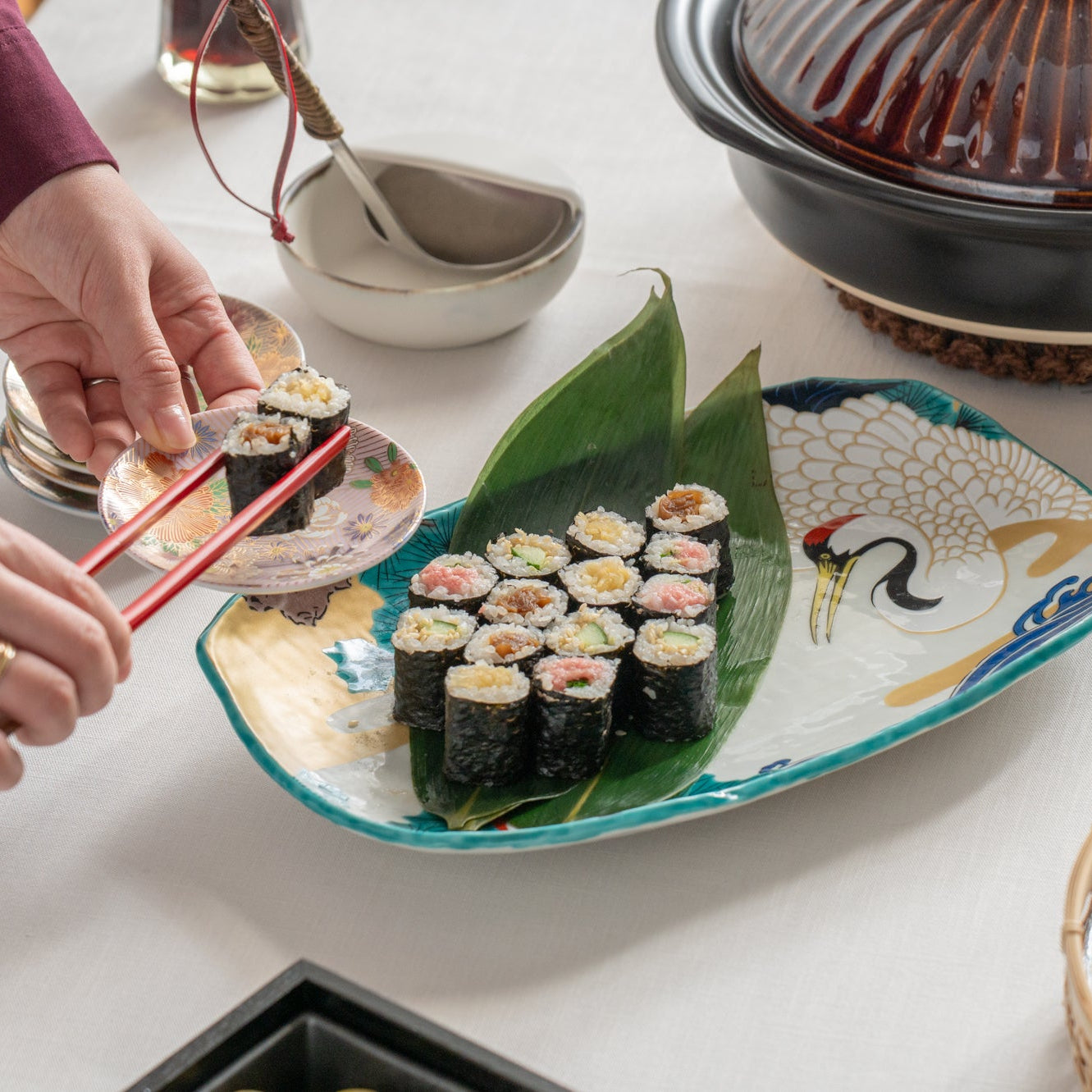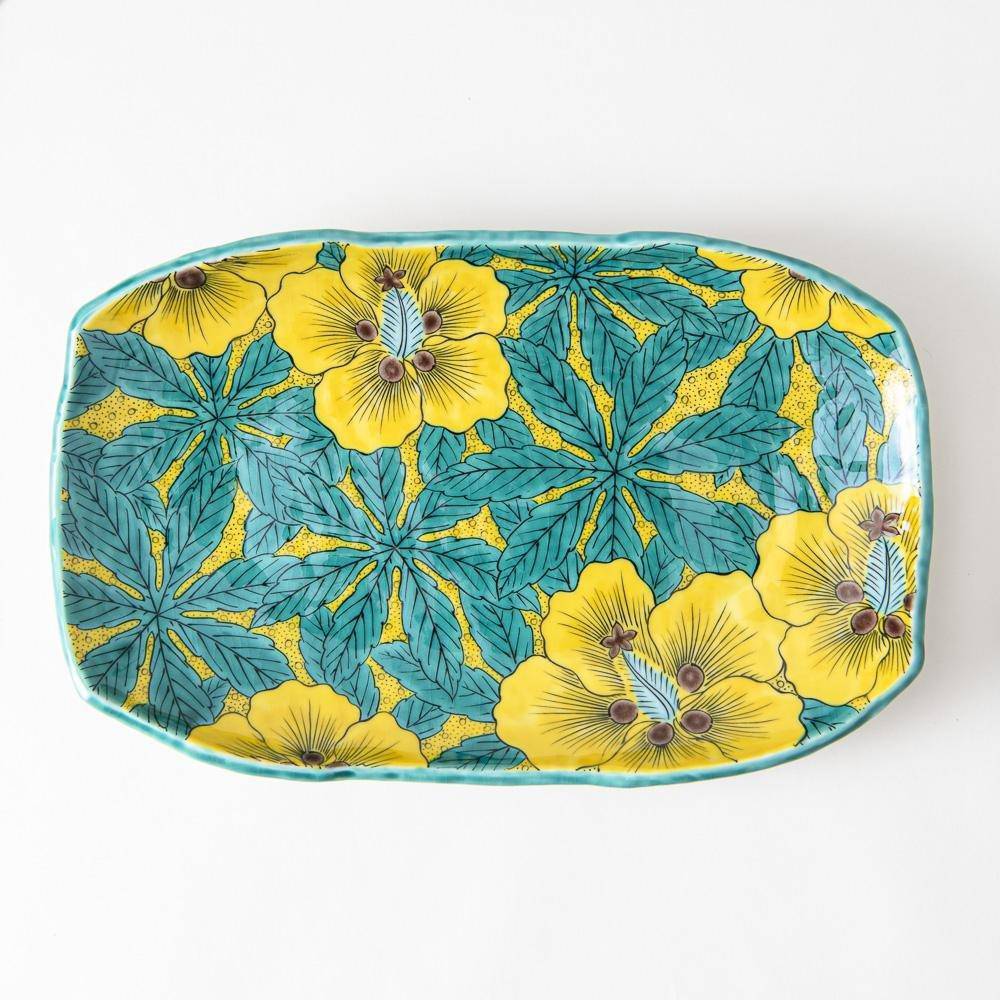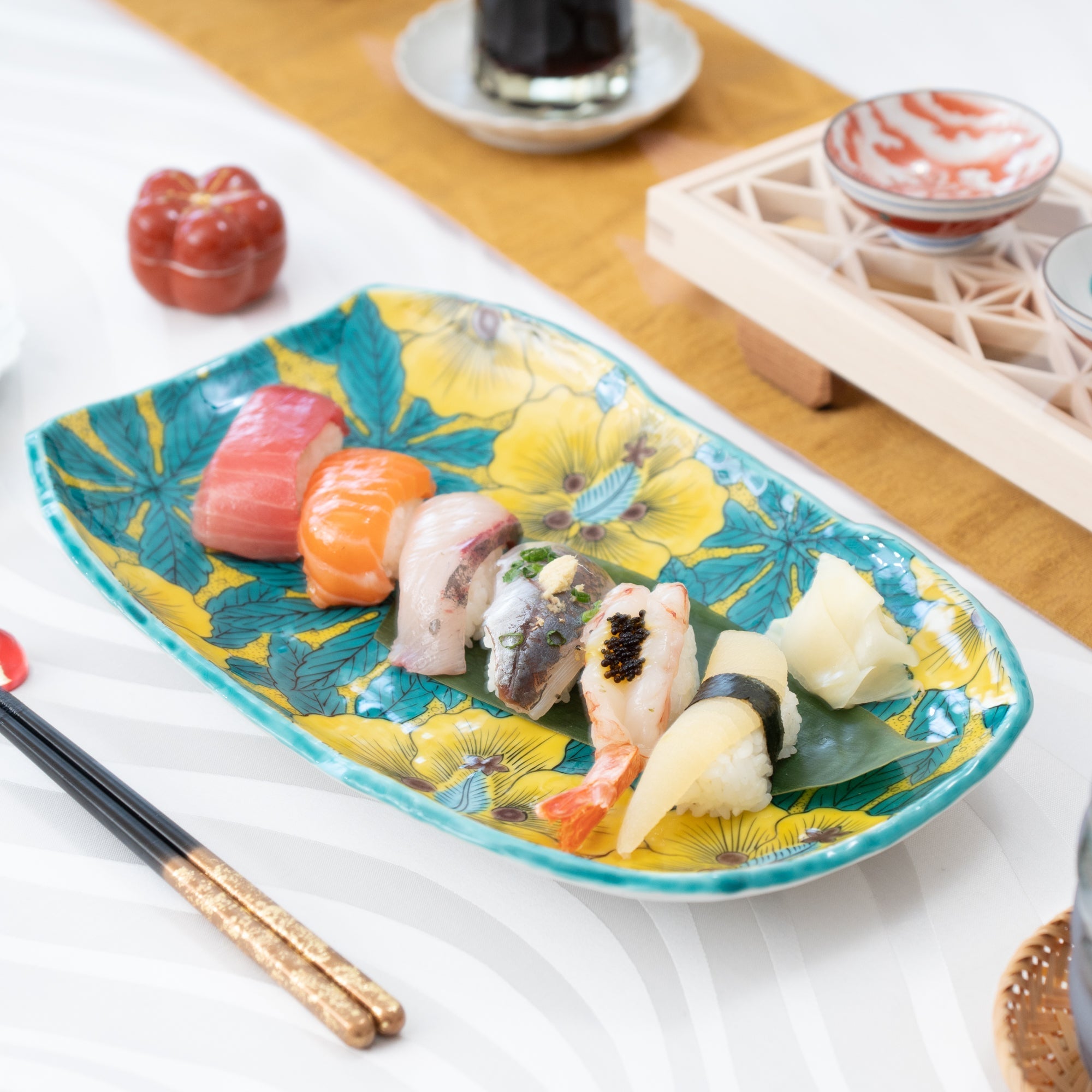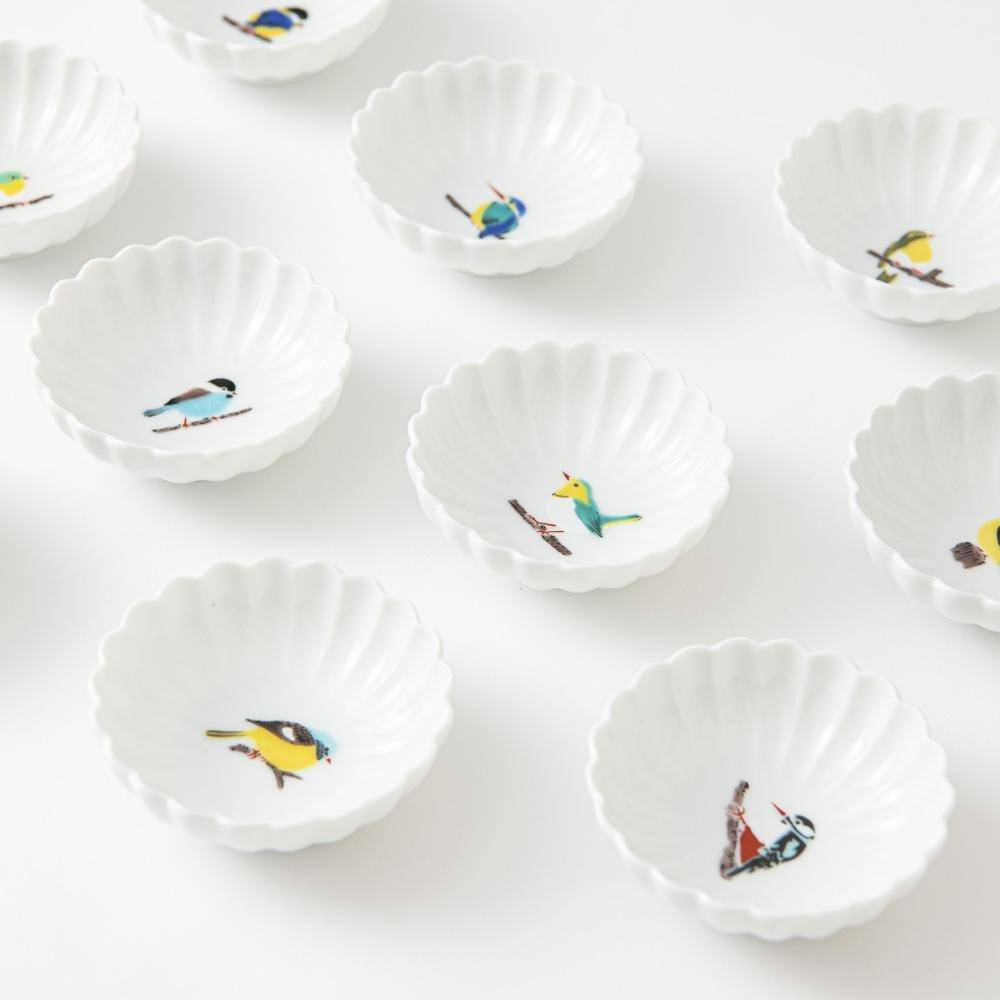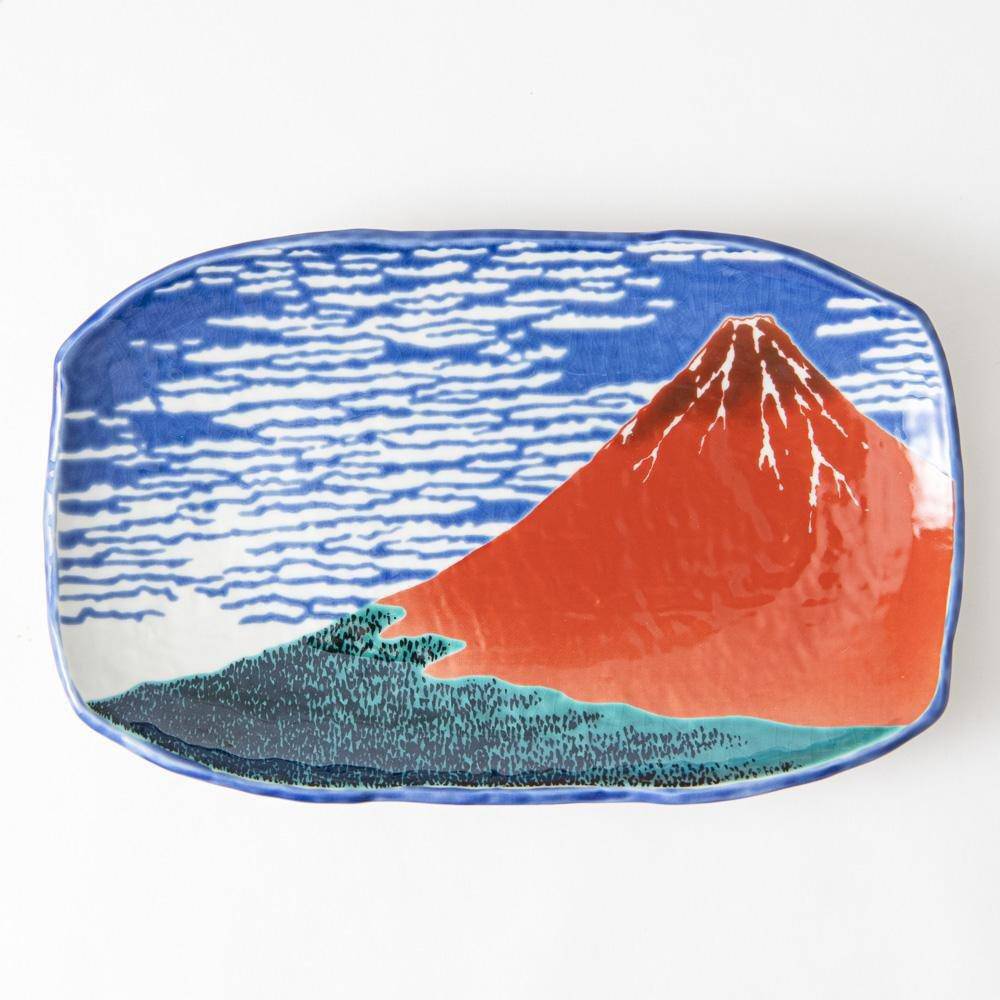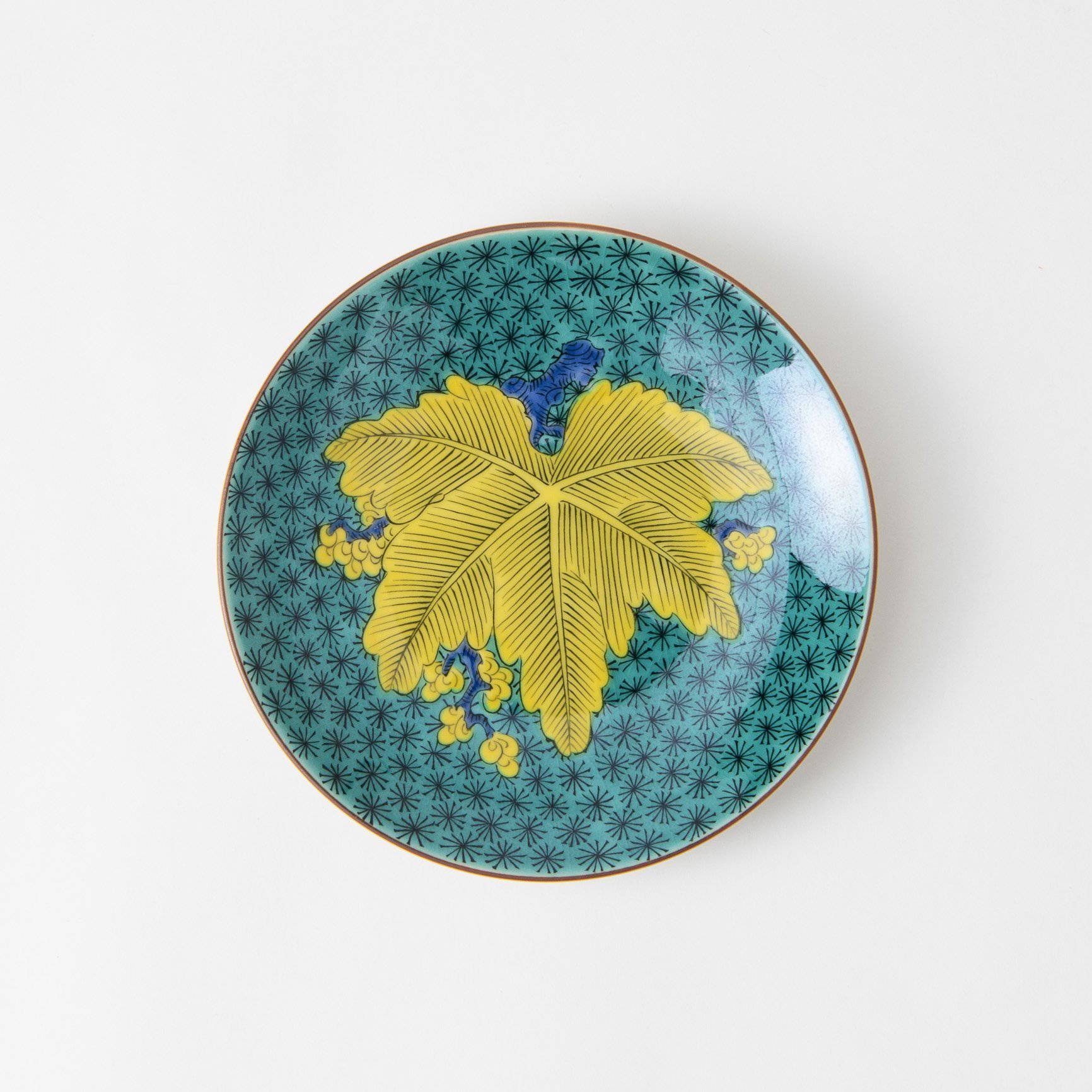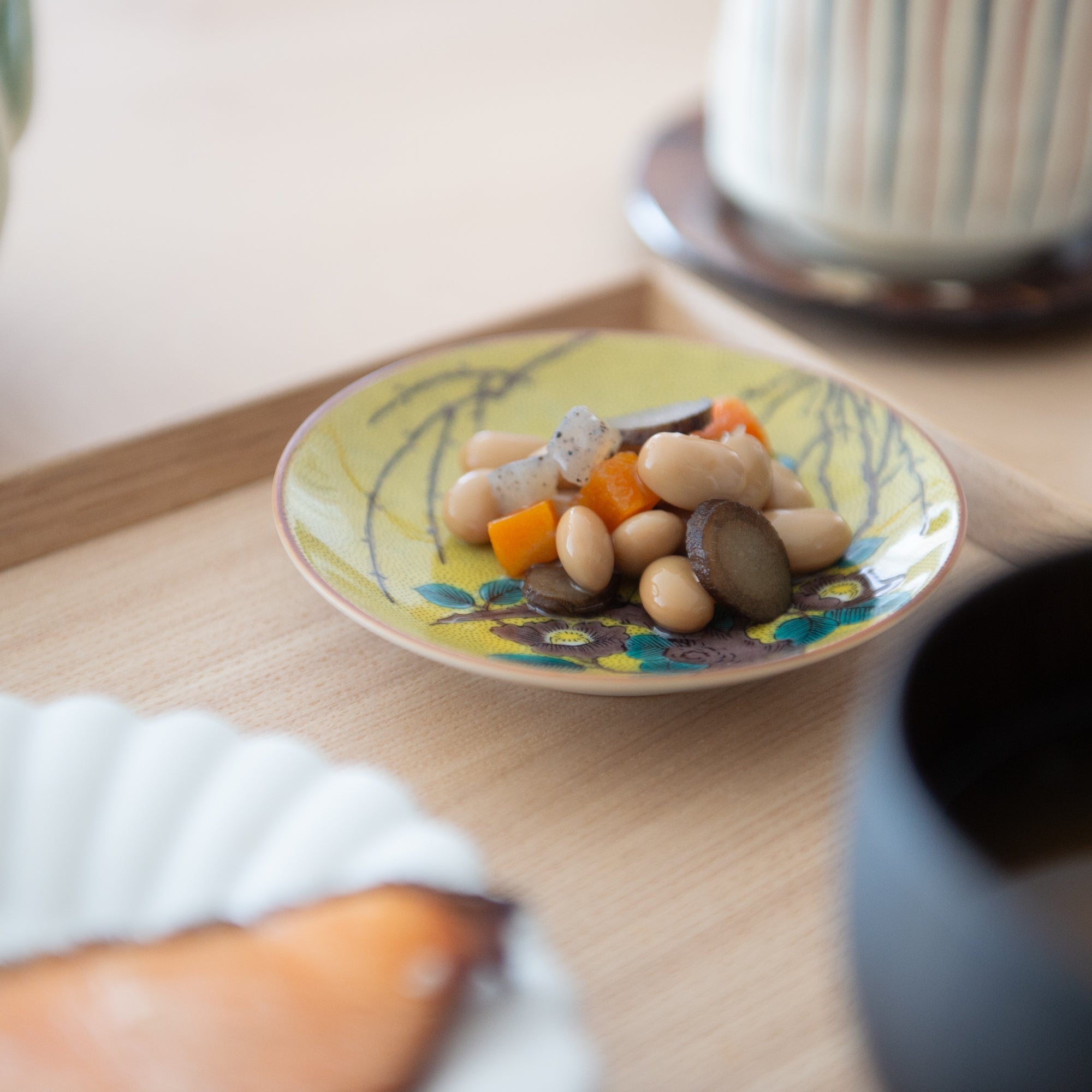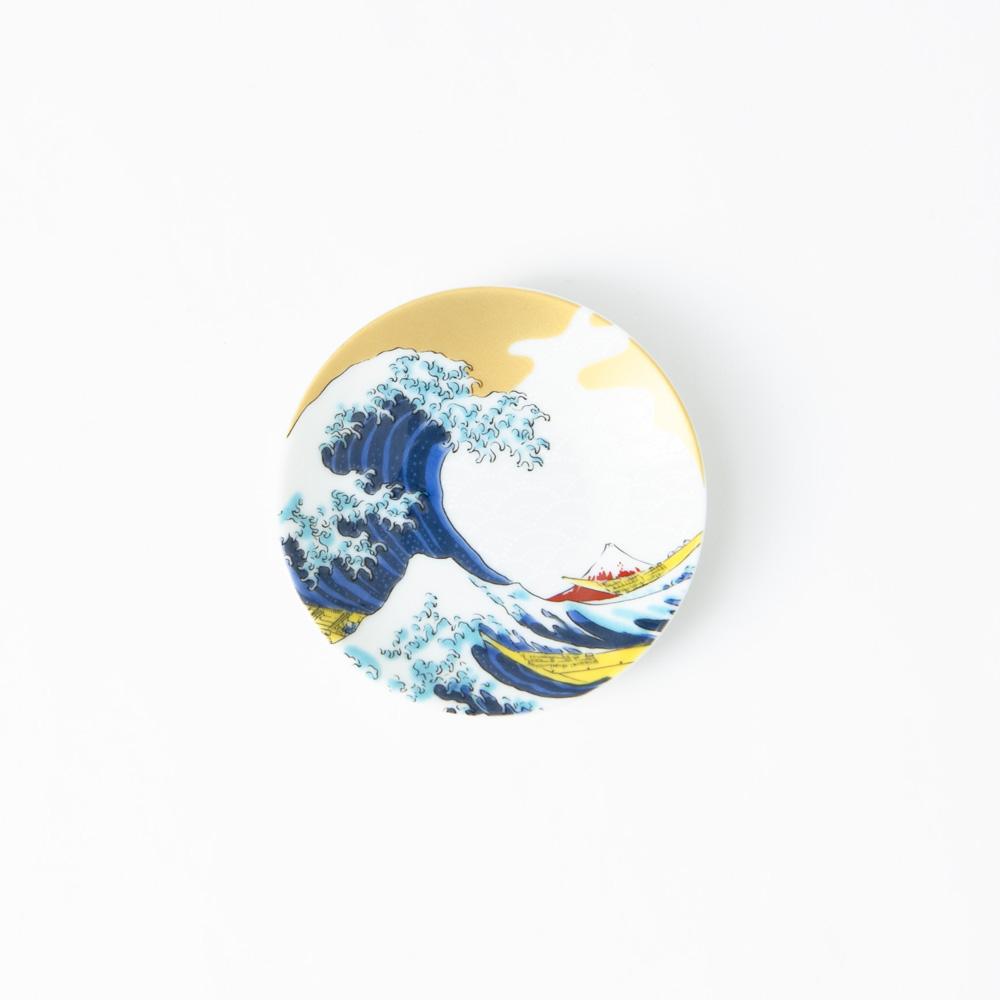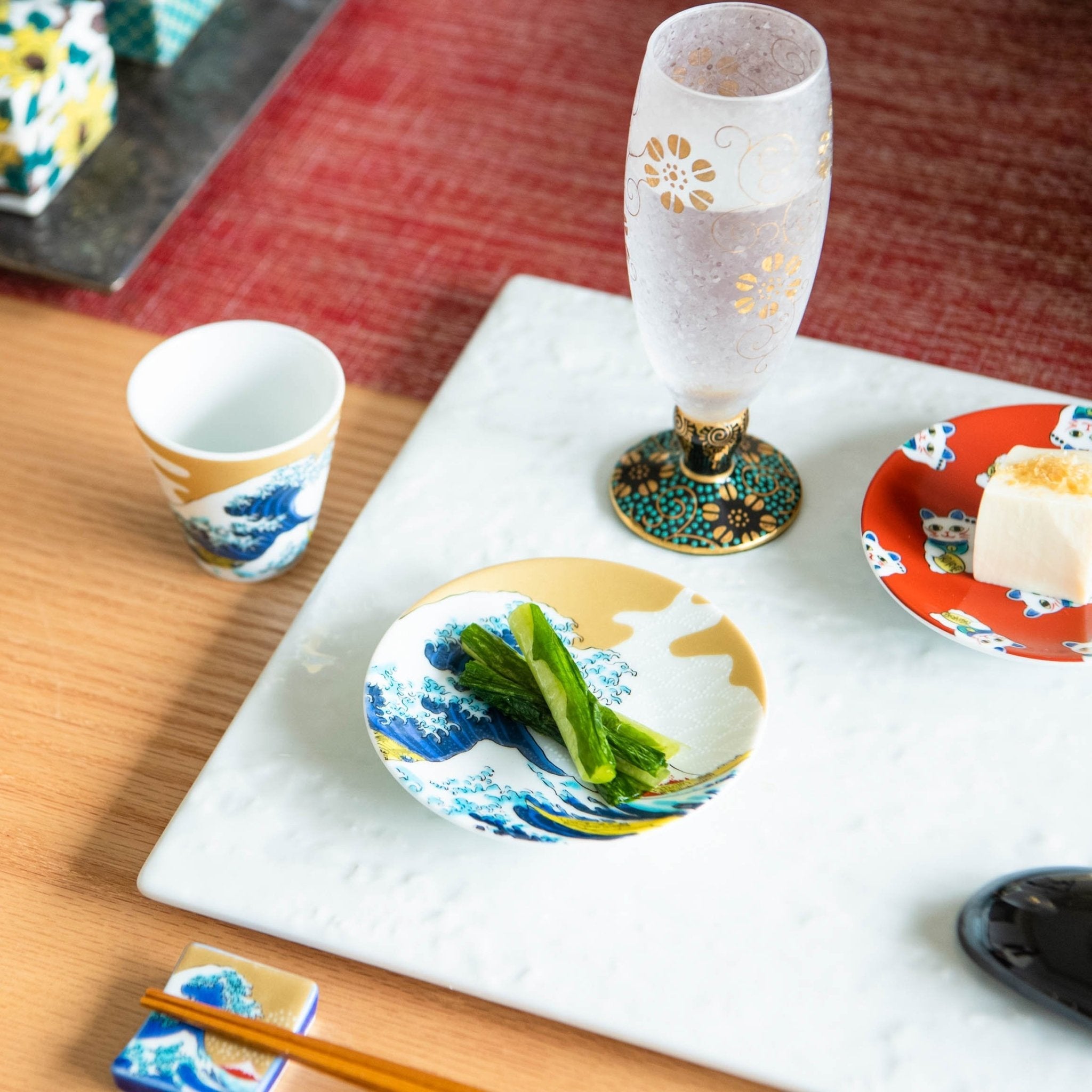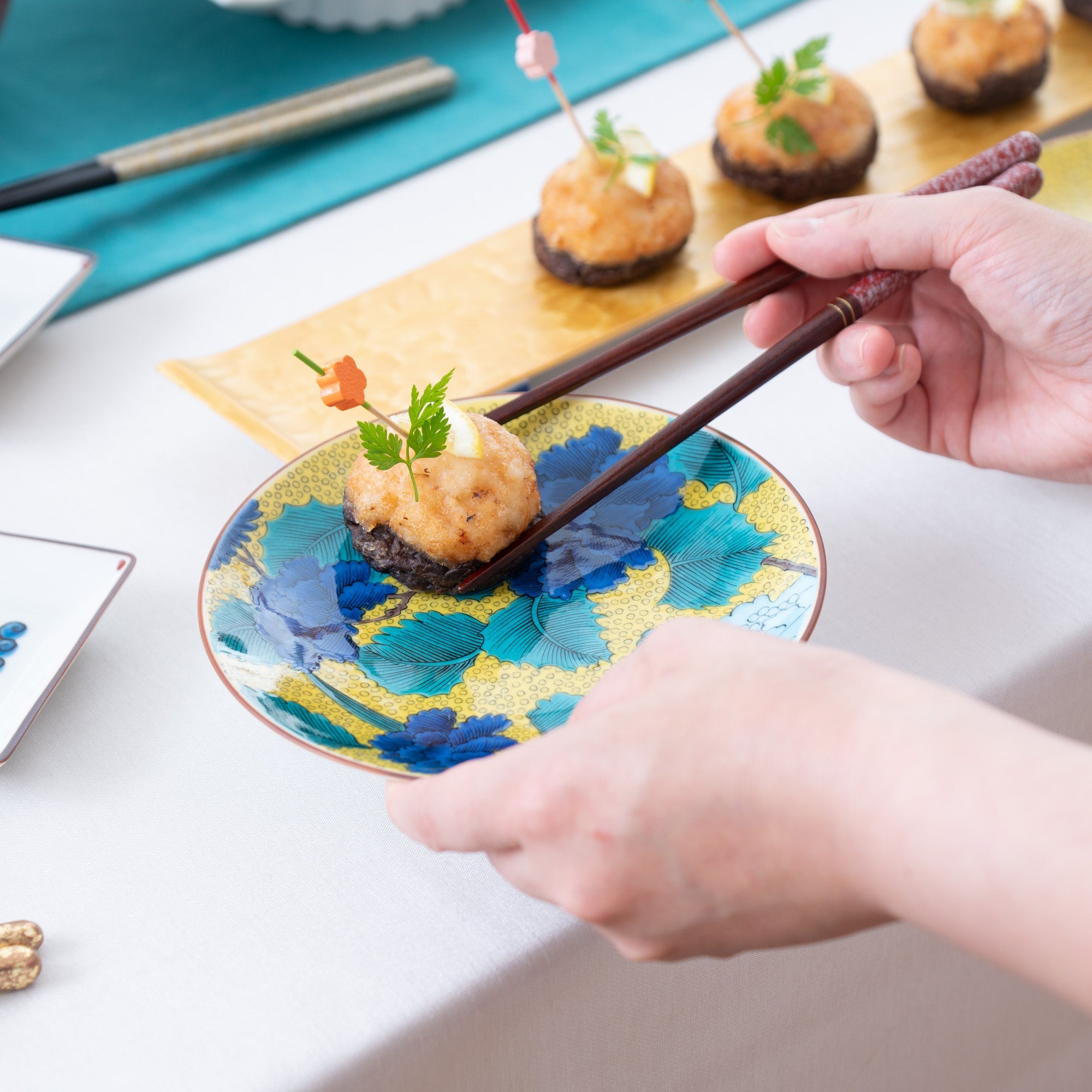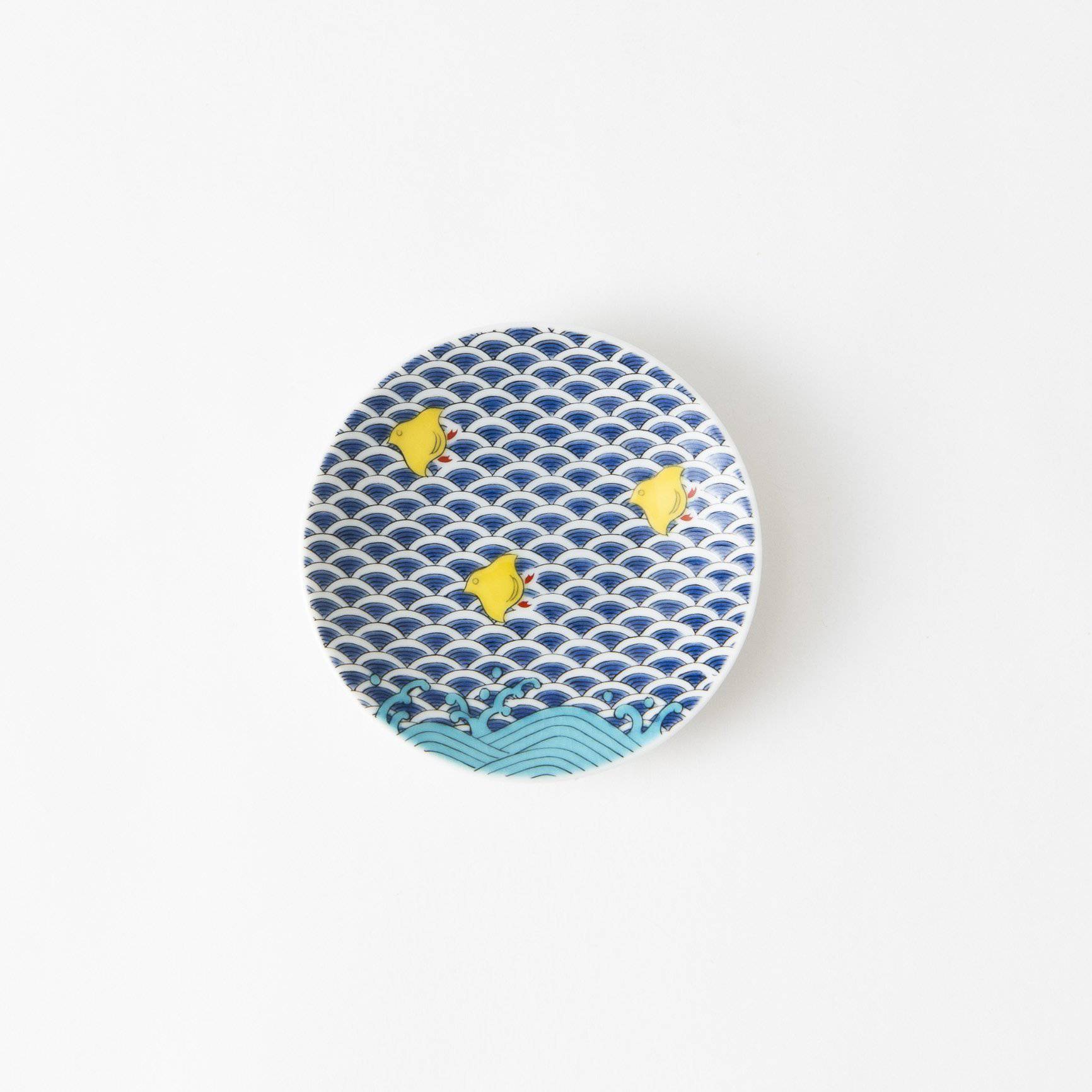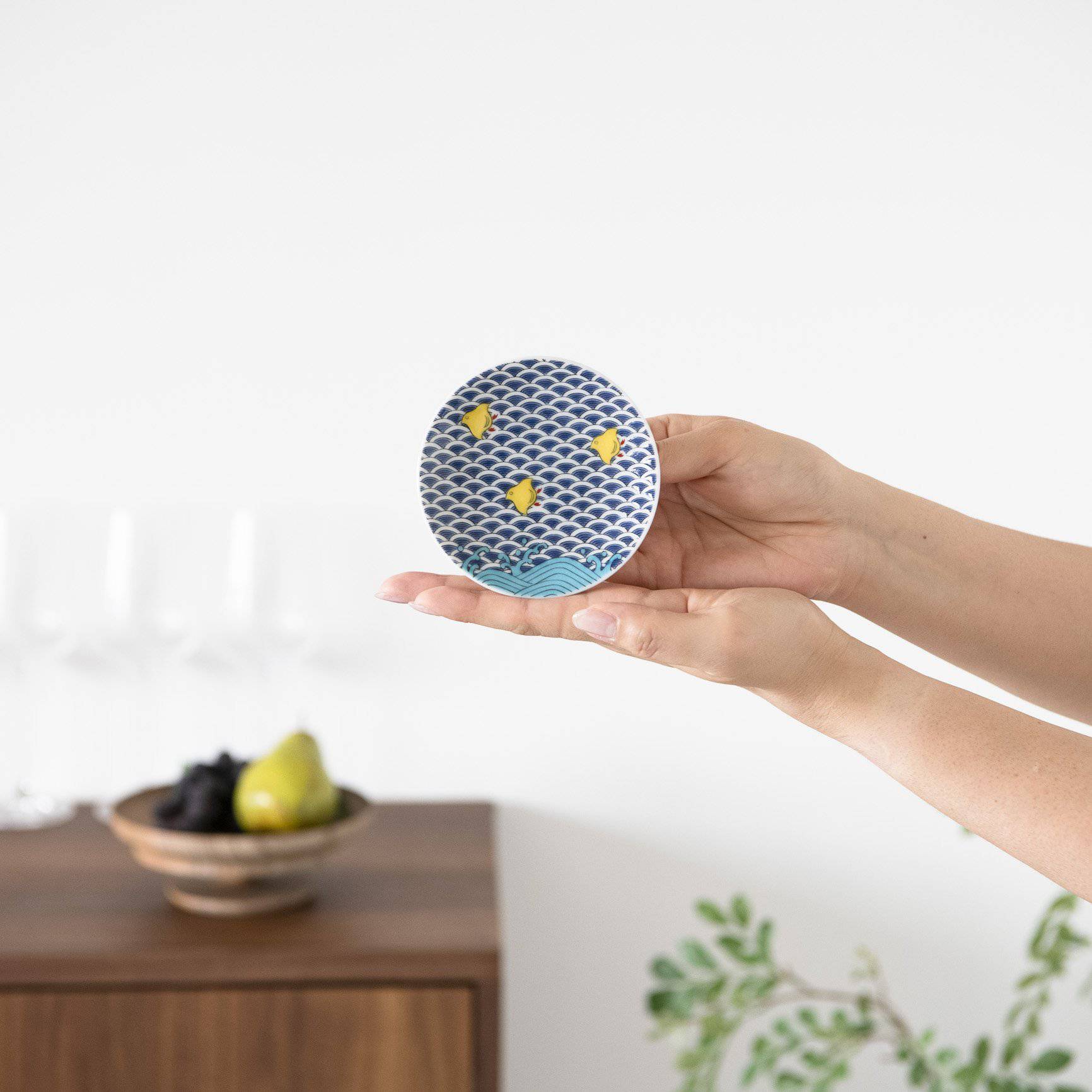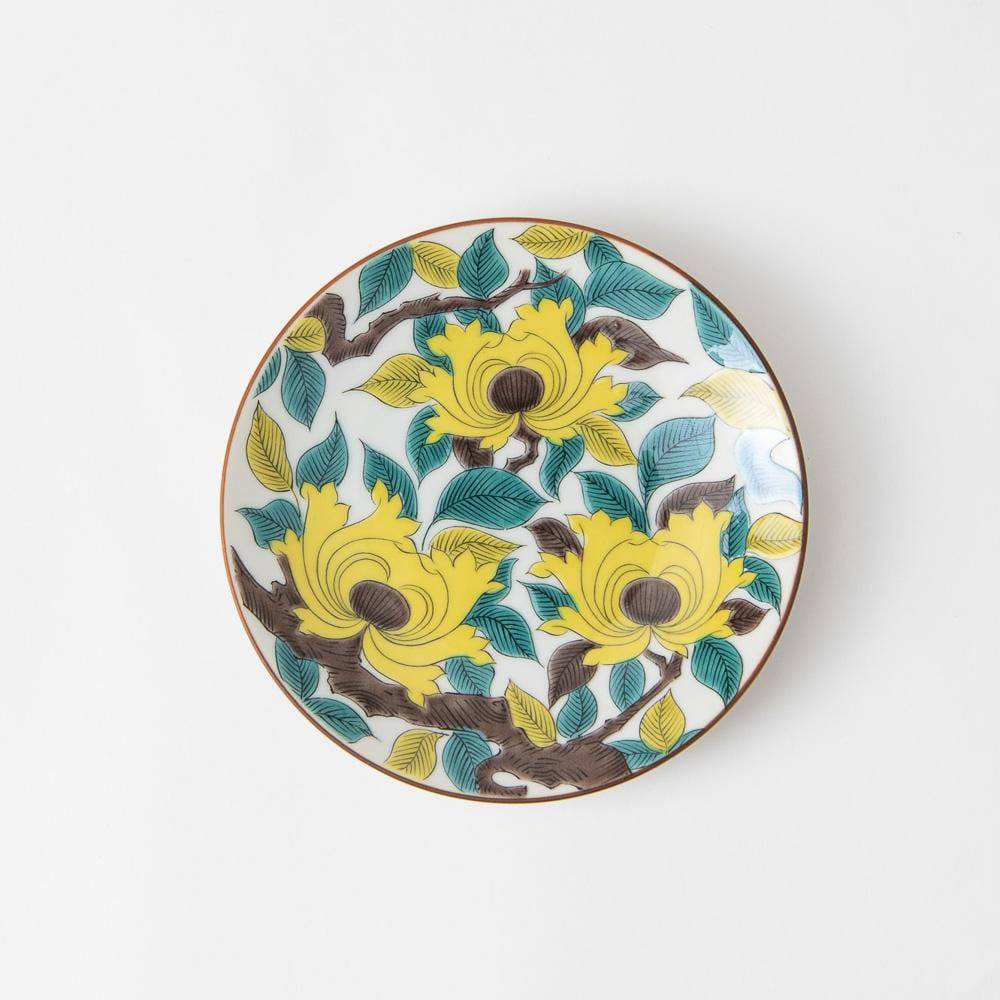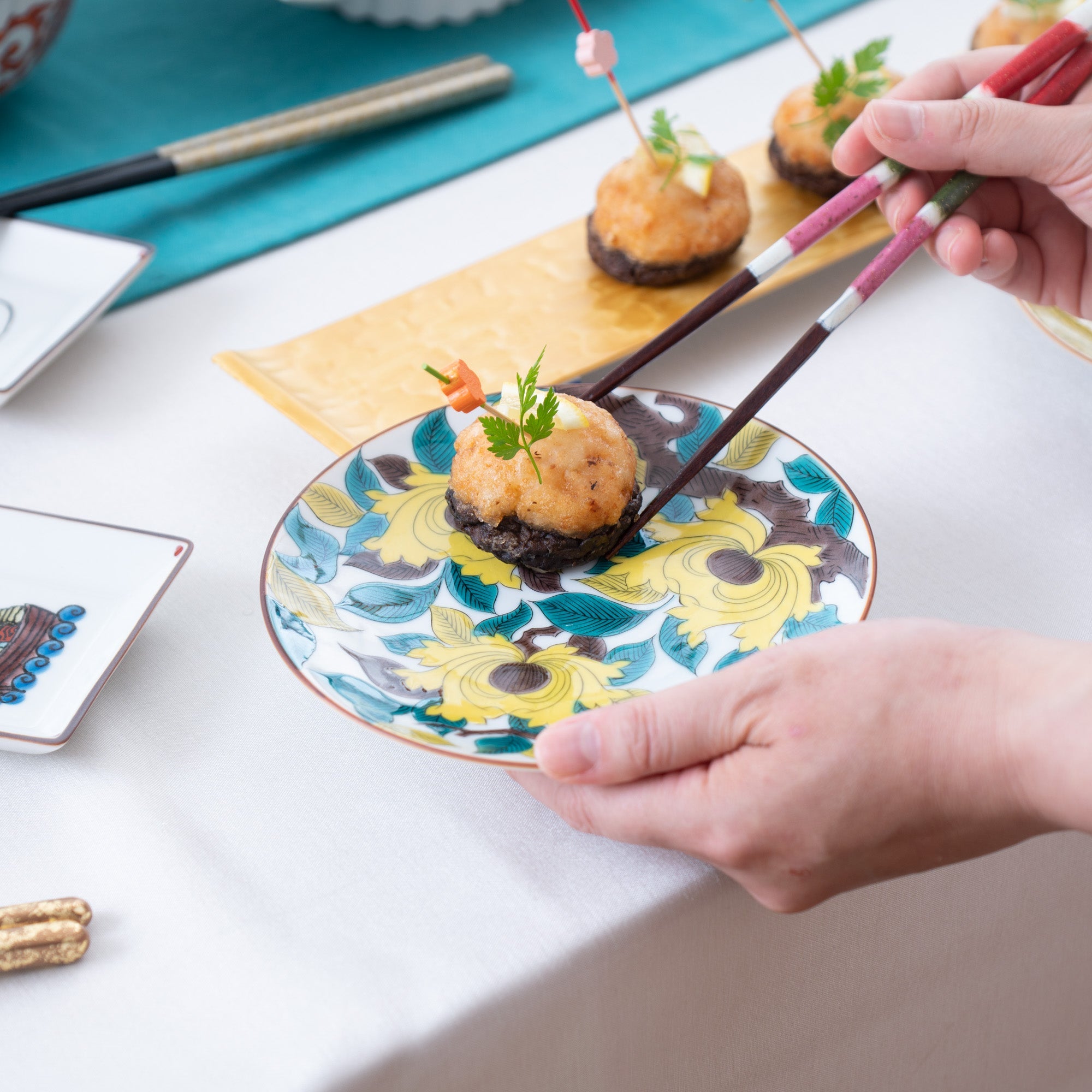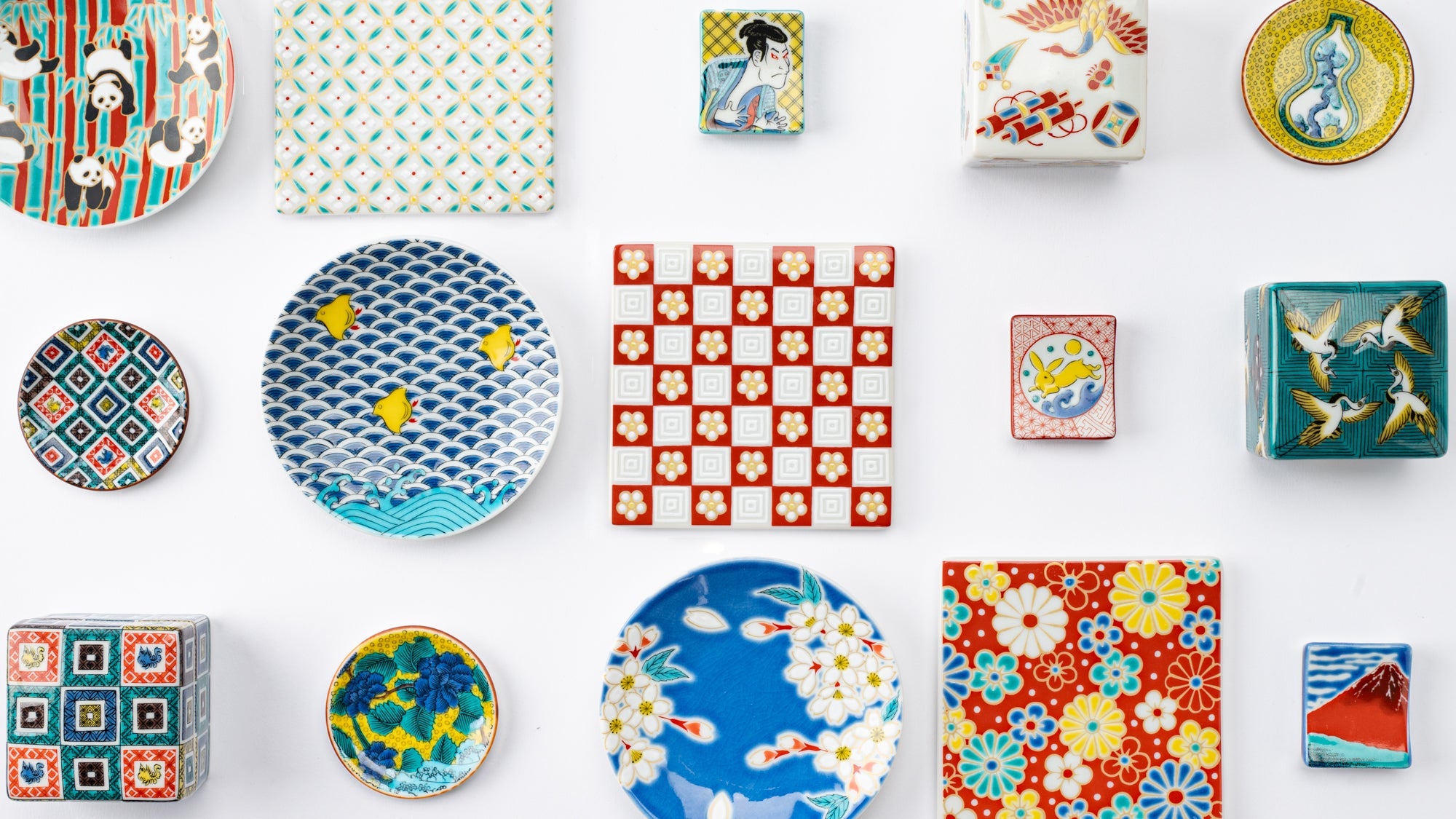
Horno Seikou
El horno Seikou, fundado a principios de la era Taisho (1912-1926 d. C.) en la ciudad de Nomi, prefectura de Ishikawa, se ha dedicado durante mucho tiempo al arte de la pintura japonesa sobre vidriado para cerámica Kutani. Tras años de investigación, el horno perfeccionó una técnica de alta calidad para transferir diseños y patrones mediante láminas impresas internamente. Este método preserva la transparencia de los vidriados vítreos y la profundidad de las pinturas sobre vidriado espesas, logrando la misma riqueza que la pintura tradicional a mano. Su trabajo ha recibido prestigiosos galardones, incluyendo el reconocimiento en el Concurso de Recuerdos Japoneses con Encanto de la Agencia de Turismo de Japón.
El fundador de Seikou Kiln (1910-1965) fue un artesano de cerámica kutani de la pequeña comunidad agrícola de Terai (actual ciudad de Nomi). Comenzó su carrera con su padre, quien se ganaba la vida viajando para vender cerámica kutani en lugares como la prefectura de Shiga. Durante esa época, las vibrantes piezas decoradas con oro... saishoku-kinrande El estilo creado por el pintor Kutani Shozo, originario de Terai, fue muy solicitado. Sin embargo, la primera generación de Seikou se centró en el uso de pigmentos japoneses tradicionales derivados de ko-Kutani técnicas y se sumergió en una investigación intensiva sobre estas pinturas.
Hoy en día, los principios rectores de Seikou Kiln se centran en preservar el legado ko-Kutani mediante la pintura sobreesmalte japonesa, refinando constantemente la calidad de la cerámica Kutani y ofreciendo su elegancia única a precios asequibles. Esta filosofía se ha transmitido a la segunda generación de Seikou (nacida en 1947) y a la tercera (nacida en 1974), y continúa influyendo en el desarrollo de los productos del horno.
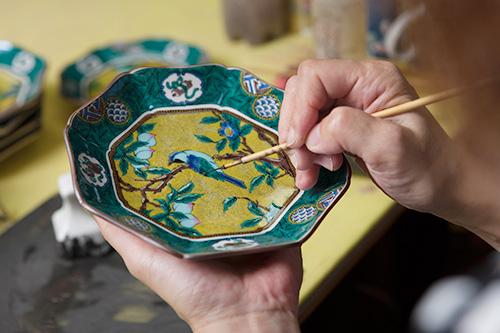
Seikou Kiln emplea técnicas avanzadas de transferencia e impresión para reproducir los vibrantes colores y la sensación de pintado a mano característicos de la cerámica tradicional de Kutani. Los delicados diseños y pinceladas creados por hábiles artesanos se digitalizan primero y se transfieren a hojas de transferencia especializadas, lo que permite la producción en masa con una calidad constante. Este método hace que los exquisitos diseños de la cerámica de Kutani sean más accesibles, a la vez que preserva la alta calidad a un precio asequible. Además, cada pieza se somete a una minuciosa inspección por parte de los artesanos durante el proceso de transferencia, lo que garantiza un acabado tan delicado como el de las obras pintadas a mano.
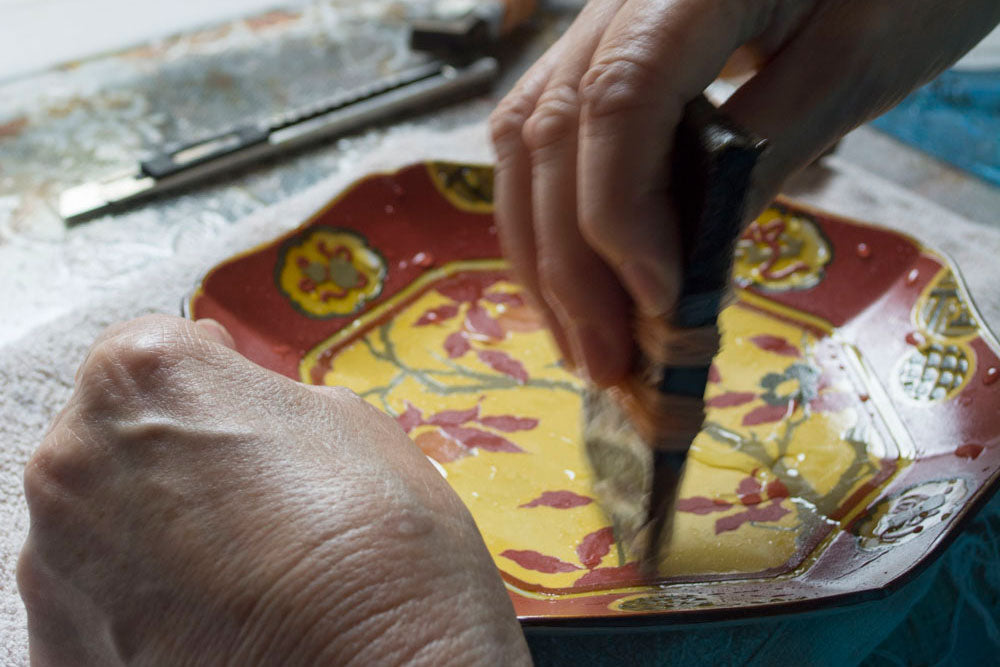
Seikou Kiln, con una historia que abarca casi 100 años, se ha dedicado constantemente a la investigación y el desarrollo de wa-enogu (Pintura de color japonesa). En sus inicios, el wa-enogu era utilizado solo por unos pocos artistas selectos y rara vez se aplicaba a la vajilla de uso diario. Decidido a cambiar esto, el fundador comenzó a desarrollar estos pigmentos mediante el autoaprendizaje, impulsado por el deseo de acercar la cerámica kutani de alta calidad a un público más amplio.
En 2004, Seikou Kiln desarrolló con éxito su propio wa-enogu original. Los pigmentos translúcidos, similares al vidrio, presentan colores vibrantes y un brillo único, añadiendo un toque de elegancia y brillo a la mesa del comedor.
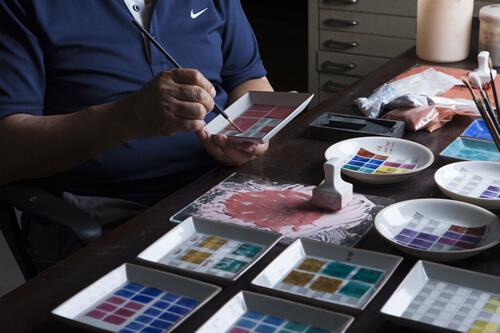
Si bien la cerámica Kutani es famosa por sus vibrantes colores, la serie Hachi-Kutani ofrece platos para salsa presentados completamente en blanco. La base, en un tono blanquecino, está pintada con un solo tono de blanco, evocando el paisaje nevado del Monte Hakusan, y terminada con un sutil ribete oxidado, que le da a cada plato un encanto elegante y tradicional.

Filtros


